passive house
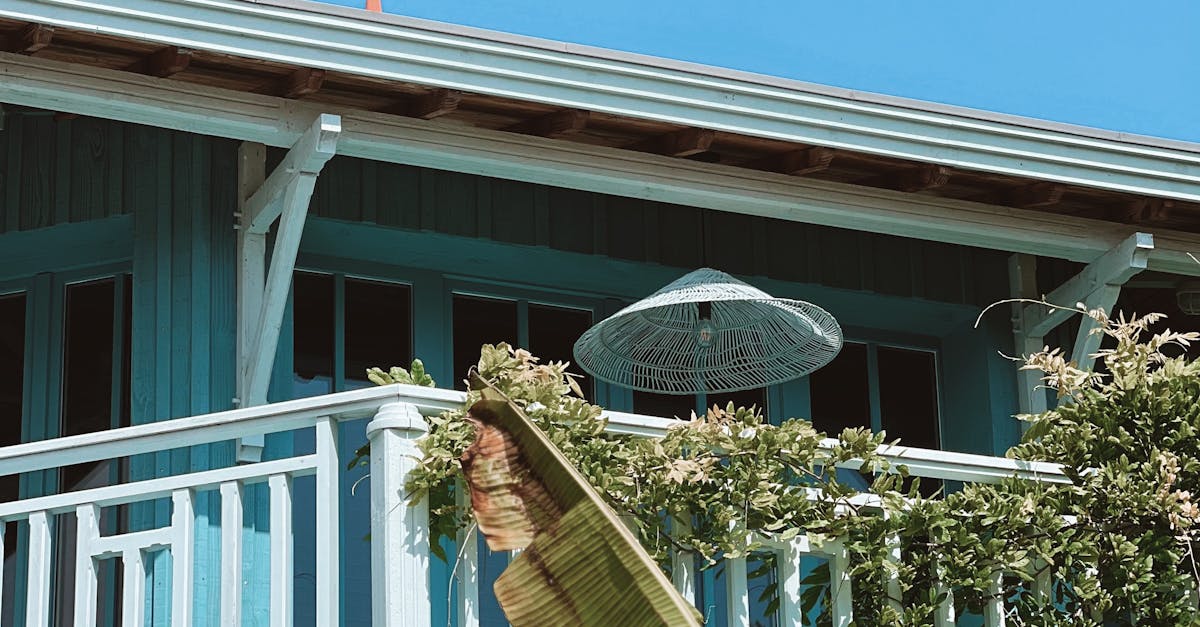
Resilient Design Strategies for Passive House Retrofitting
Thermal mass integration is a crucial aspect of designing and retrofitting buildings to meet Passive House standards. By strategically incorporating materials with high thermal mass, such as concrete, bricks, or stone, the building's ability to store...
Read more →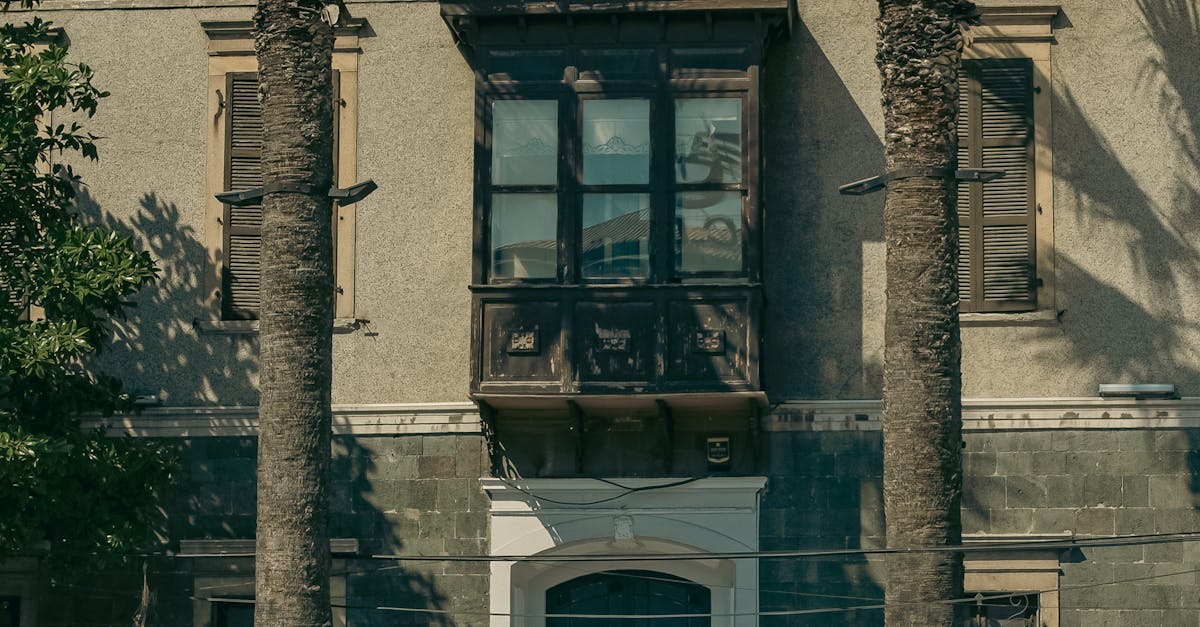
Passive House Construction: Embracing Durability for Sustainable Living
Passive house standards and certifications play a crucial role in ensuring the quality and sustainability of residential and commercial buildings. By adhering to these rigorous standards, construction projects are able to achieve exceptional energy e...
Read more →
Durability of Passive House Components in High Humidity Environments
Passive houses in high humidity environments face unique challenges in maintaining comfortable indoor temperatures without relying on traditional cooling systems. Sustainable cooling solutions are paramount in ensuring these houses remain energy-effi...
Read more →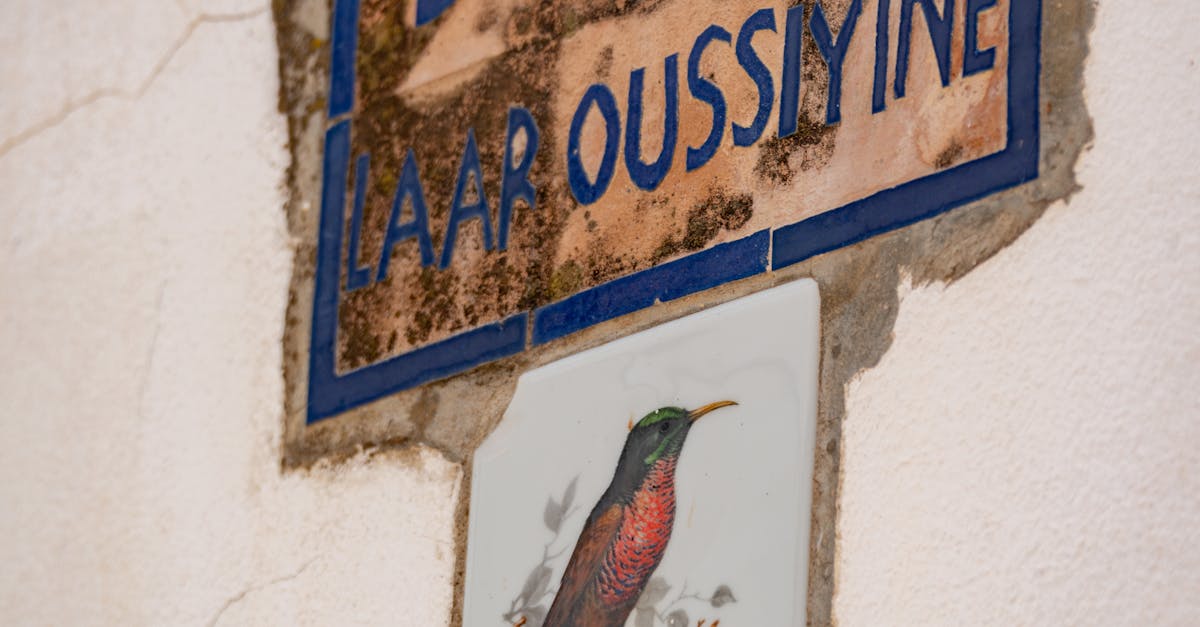
Ensuring Passive House Resilience in Seismic Zones
Passive House design principles have gained recognition worldwide for their energy efficiency and environmental benefits. In seismic zones, it is essential for Passive House professionals to possess specialised knowledge and skills to ensure the resi...
Read more →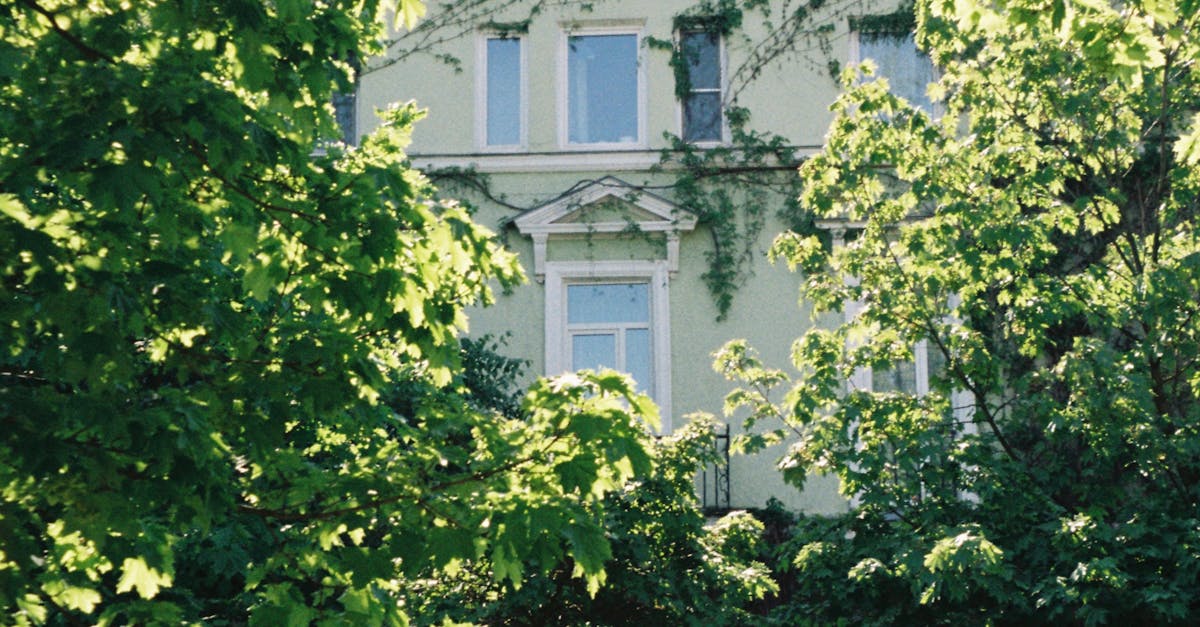
Achieving Resilient Building Envelopes in Passive House Projects
Selecting resilient construction materials is a crucial aspect of ensuring the longevity and performance of passive house projects. In Australian climates, where buildings are subject to a wide range of weather conditions, it is imperative to choose ...
Read more →
Climate Adaptation and Passive House Resilience
Implementing climate adaptation strategies poses significant challenges across various sectors. One key obstacle is the lack of unified government policies and regulations addressing the urgency of climate change. This often results in a fragmented a...
Read more →
Addressing Extreme Weather Challenges in Passive House Construction
Passive house construction requires resilient design features to withstand extreme weather challenges prevalent in many Australian regions. Incorporating robust building materials and strategic layout planning can enhance the structural integrity of ...
Read more →
Importance of Durability and Resilience in Passive House Construction
Integrating resilient elements in passive house design is crucial for ensuring long-term durability and sustainability of the building. By incorporating materials and systems that can withstand various environmental stresses, such as extreme weather ...
Read more →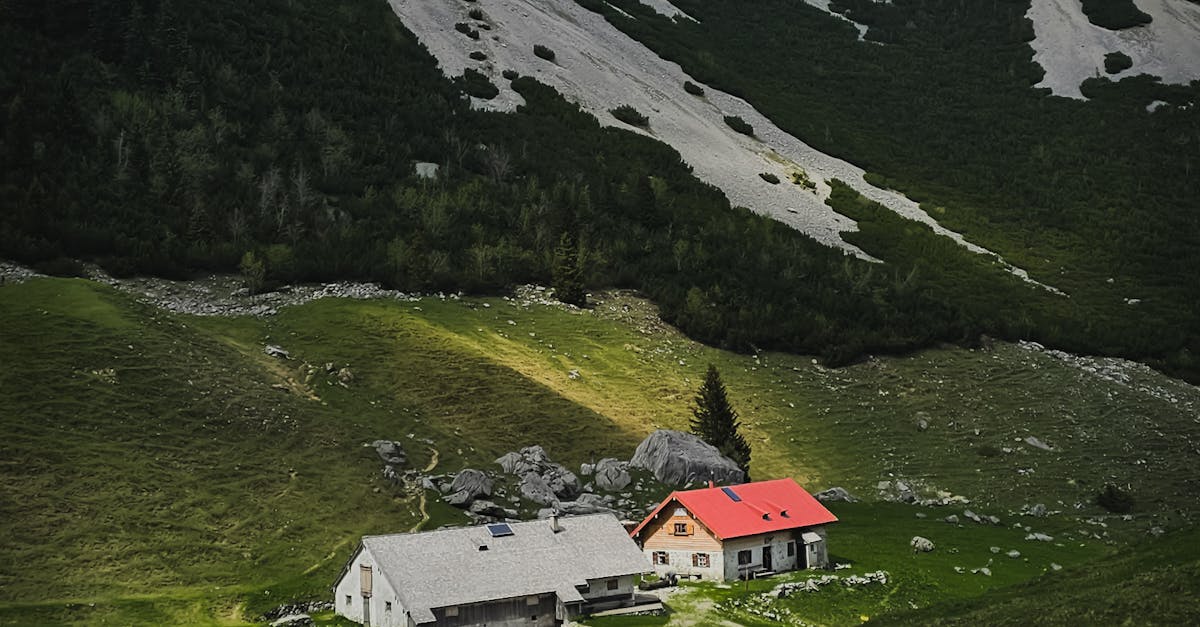
Enhancing Structural Integrity in Passive House Designs
Achieving a high level of airtightness in building envelopes is a fundamental aspect of passive house design. By minimizing air leakage through cracks and gaps, the overall energy efficiency of the building is significantly enhanced. This reduction i...
Read more →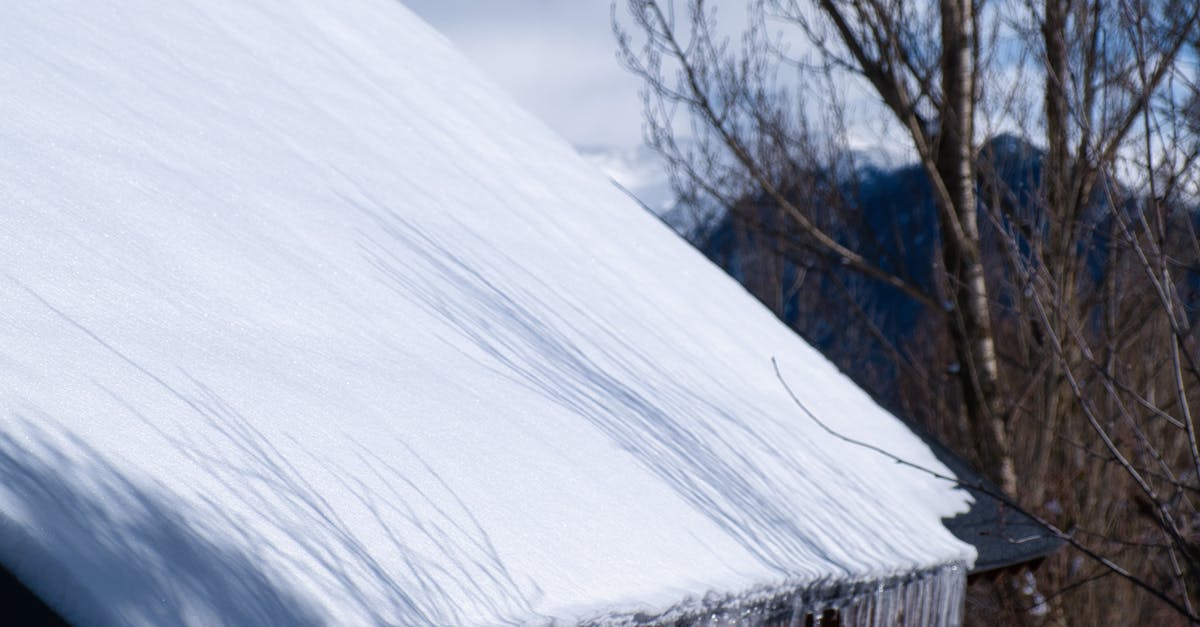
Assessing Long-Term Performance of Passive House Materials
Indoor air quality is a critical aspect of ensuring the comfort and well-being of occupants in Passive House buildings. Monitoring the air quality regularly can help identify any potential issues and ensure that the indoor environment remains healthy...
Read more →
The Economic Case for Choosing a Passive House
Passive House certification and standards play a key role in ensuring that a building meets rigorous energy efficiency requirements. These benchmarks are established to guarantee that a Passive House operates with remarkably low energy consumption le...
Read more →
Maximizing Cost Efficiency with Passive House Principles
The Passive House Certification Process is a rigorous evaluation that assesses whether a building meets the high standards of energy efficiency, comfort, and sustainability set by the Passive House Institute. To achieve certification, a building must...
Read more →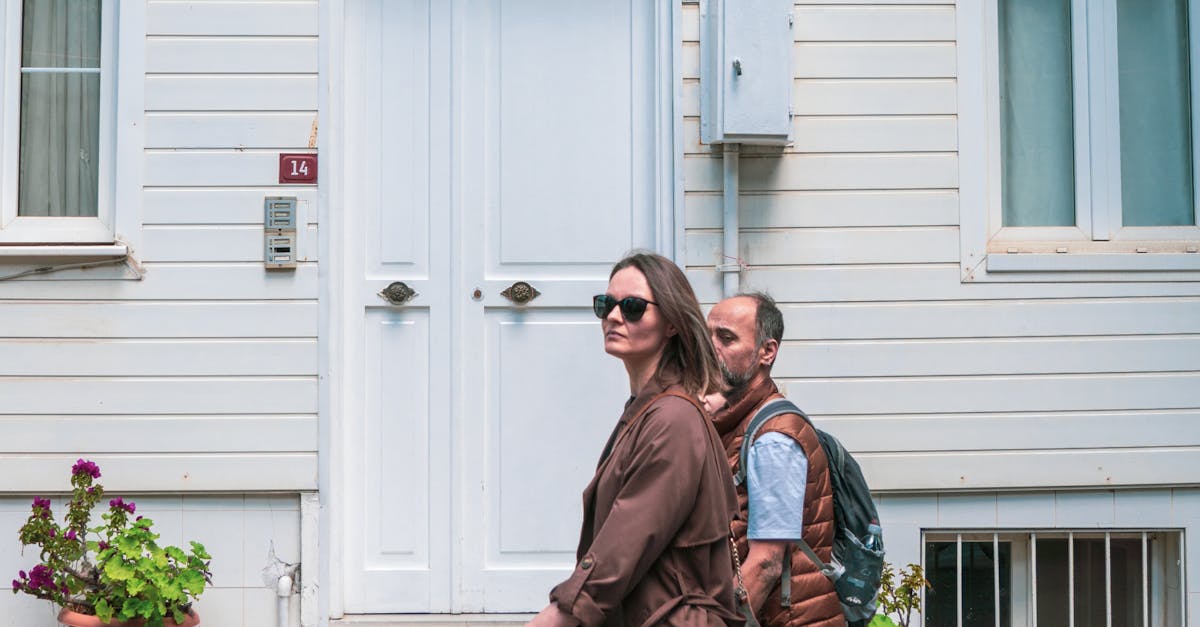
Passive House: A Wise Investment for Long-Term Savings
Proper ventilation is a crucial element in maintaining the comfort and efficiency of a passive house. Without adequate ventilation, indoor air quality can deteriorate, leading to health problems for occupants. In a passive house, where airtight const...
Read more →
Financial Implications of Passive House Construction
Passive house projects have been gaining popularity in the construction industry due to their energy-efficient design and sustainable features. Investors and homeowners are increasingly considering the financial benefits that come with investing in p...
Read more →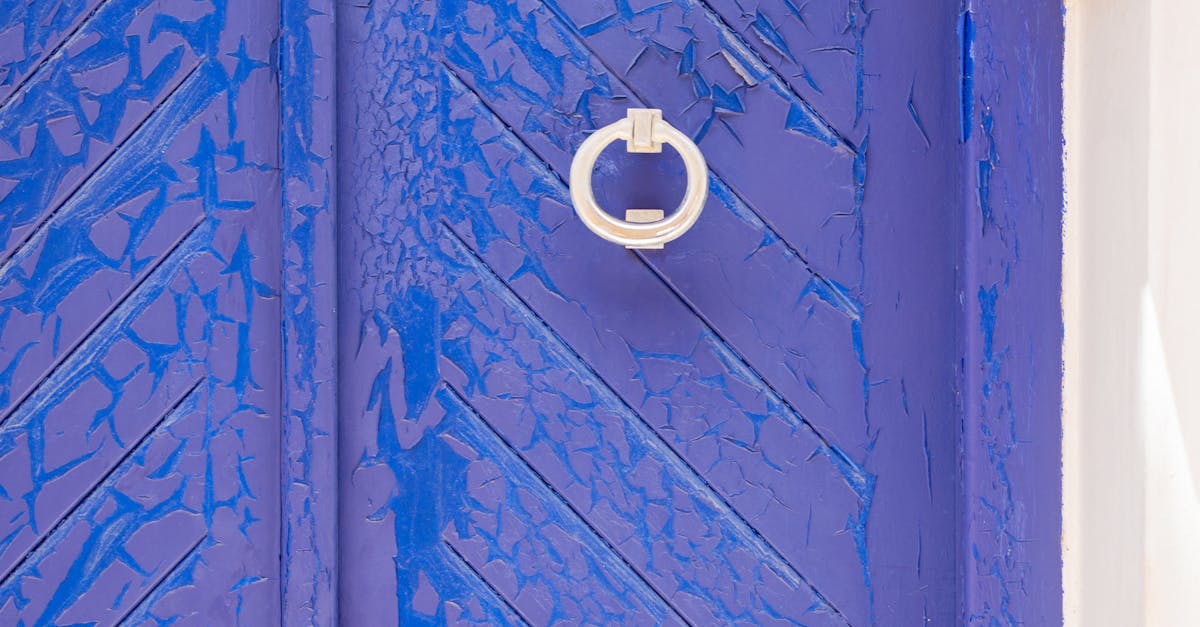
Cost Savings Through Passive House Energy Efficiency
Passive House buildings are renowned for their high energy efficiency and low operational costs. When conducting a cost analysis of Passive House construction compared to traditional building methods, it becomes evident that while the upfront costs m...
Read more →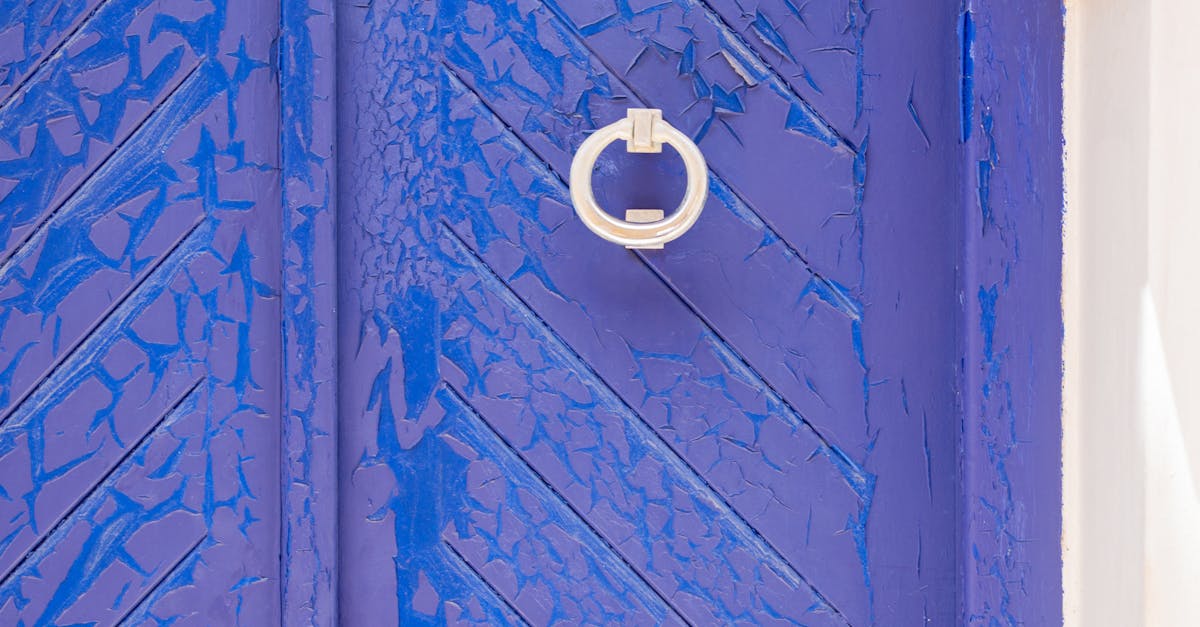
Saving Money with Passive House Features
To maximise energy efficiency and save money, minimising heat loss is crucial in a passive house. One effective way to achieve this is by ensuring proper insulation in walls, ceilings, and floors. By using high-quality insulation materials like doubl...
Read more →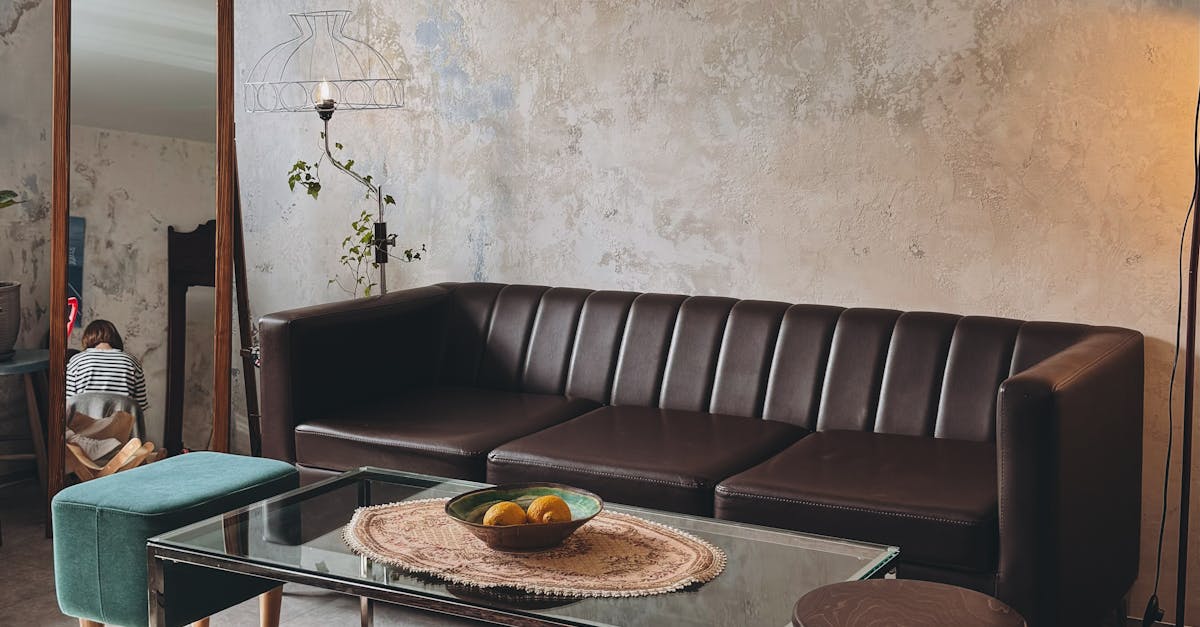
Budget-Friendly Aspects of Passive House Technology
Low-flow fixtures and greywater recycling are integral components of passive house technology that contribute to significant water conservation and cost savings. By installing low-flow fixtures such as toilets, faucets, and showers, households can re...
Read more →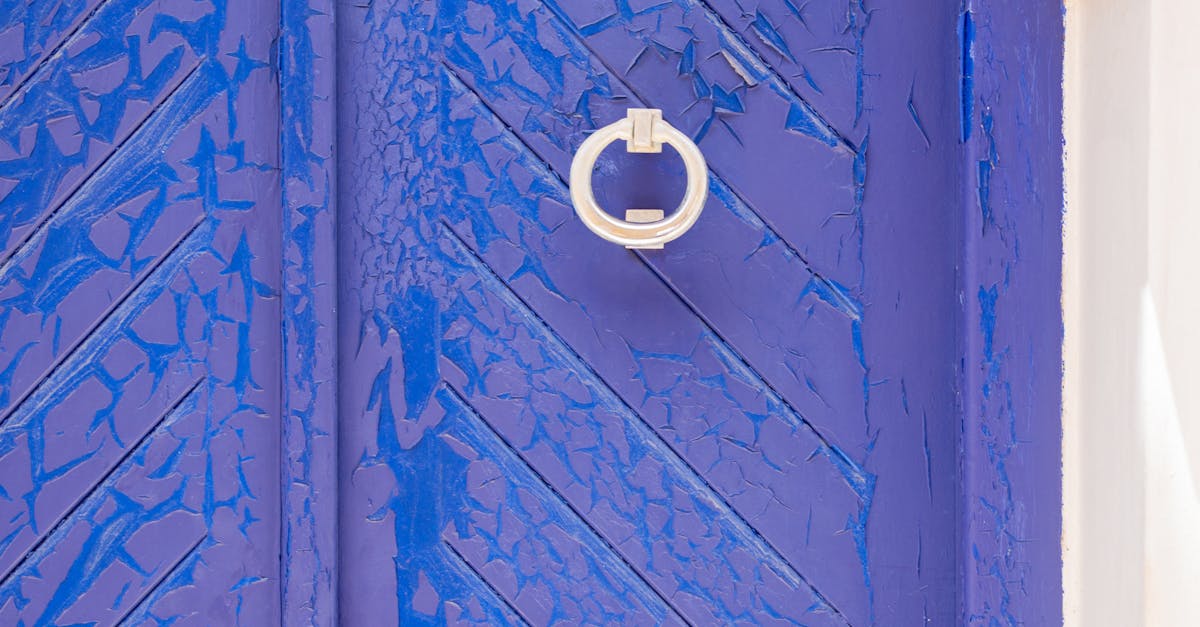
Economic Advantages of Living in a Passive House
Passive houses are known for their exceptional durability, which sets them apart from traditional homes. The meticulous construction and high-quality materials used in passive houses contribute to a longer lifespan of building materials, reducing the...
Read more →
Financial Benefits of Passive House Design
Passive house designs offer significant financial benefits, particularly in terms of enhanced return on investment. The initial costs involved in constructing a passive house may be higher than traditional buildings, but the long-term savings far sur...
Read more →
Cost-Effective Solutions for Passive House Construction
Passive house renovations can be costly, but there are ways to make them more budget-friendly without compromising on energy efficiency. One cost-effective tip is to focus on improving the insulation of the home. By adding insulation to walls, floors...
Read more →
Addressing Climate Change through Passive House Construction
Passive house construction, while highly effective in reducing energy consumption and carbon emissions, is not without its challenges. One common hurdle faced by builders and architects is the need for meticulous attention to detail in the design and...
Read more →
Passive House Technologies for Minimising Environmental Impact
High-Efficiency HVAC systems play a crucial role in reducing energy consumption and environmental impact in buildings. By efficiently heating, ventilating, and air conditioning spaces, these systems contribute to maintaining comfortable indoor enviro...
Read more →
Passive House Certification and its Environmental Benefits
Passive house buildings offer substantial cost savings over their lifetime due to their superior energy efficiency. By significantly reducing the need for heating and cooling, these buildings slash utility bills and maintenance costs, providing long-...
Read more →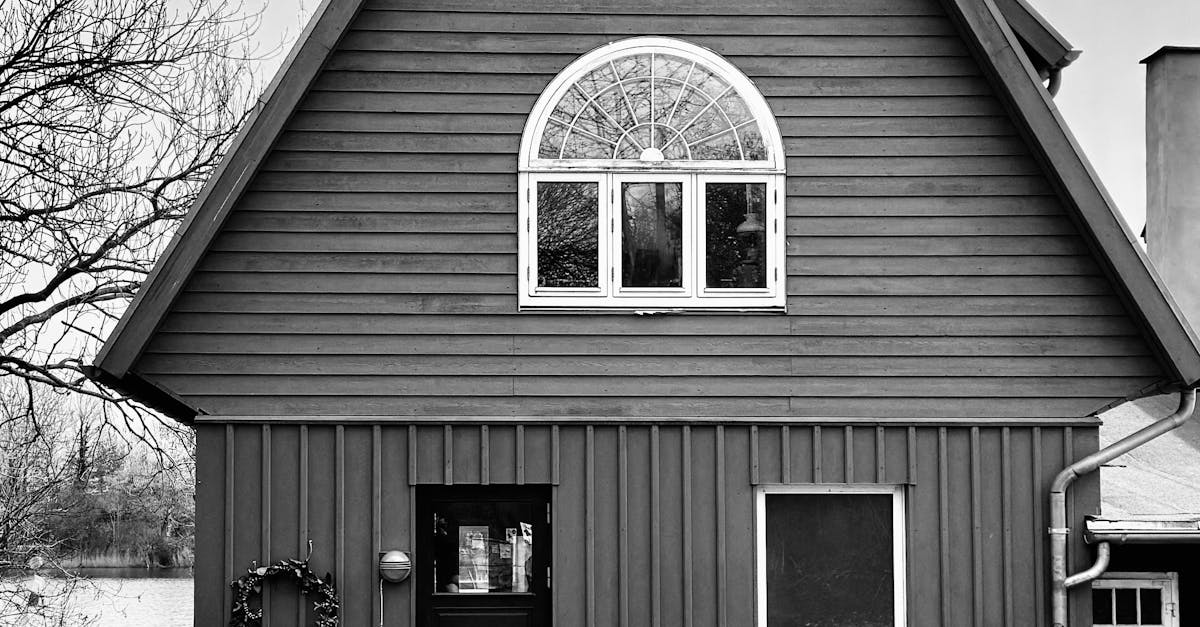
Passive House Standards and their Contribution to Environmental Conservation
Building a passive house may initially require a higher investment compared to a traditional home, as the construction materials and technologies used are typically more advanced. However, the long-term savings and return on investment (ROI) of a pas...
Read more →
Evaluating the Life Cycle Assessment of Passive House Buildings
Passive house buildings present a promising solution to address sustainability challenges in the construction industry. By significantly reducing energy consumption and carbon emissions, these buildings contribute positively to environmental preserva...
Read more →
Passive House and Renewable Energy Integration for Environmental Sustainability
Technological innovations have played a pivotal role in advancing the integration of renewable energy systems within Passive House constructions. The development of high-efficiency photovoltaic panels has significantly enhanced the ability to produce...
Read more →
The Role of Passive House in Reducing Carbon Footprint
When considering the cost of Passive House construction, it is essential to weigh the initial investment against the long-term benefits it offers. While the upfront expenses of building a Passive House may be higher compared to conventional buildings...
Read more →
Achieving Net-Zero Energy with Passive House Principles
Solar energy plays a pivotal role in achieving net-zero homes, especially when incorporating Passive House principles. By harnessing the power of the sun through solar panels, households can significantly reduce their reliance on traditional energy s...
Read more →
Passive House Design and its Positive Impact on the Environment
Proper ventilation plays a crucial role in passive house design, ensuring a constant flow of fresh air while efficiently retaining heat or coolness within the building. In passive houses, a balanced ventilation system with heat recovery helps maintai...
Read more →
Implementing Sustainable Materials in Passive House Construction
When it comes to designing passive houses, finding the balance between aesthetics and sustainability is crucial. Incorporating sustainable materials into the design does not mean compromising on the visual appeal of the house. In fact, sustainable ma...
Read more →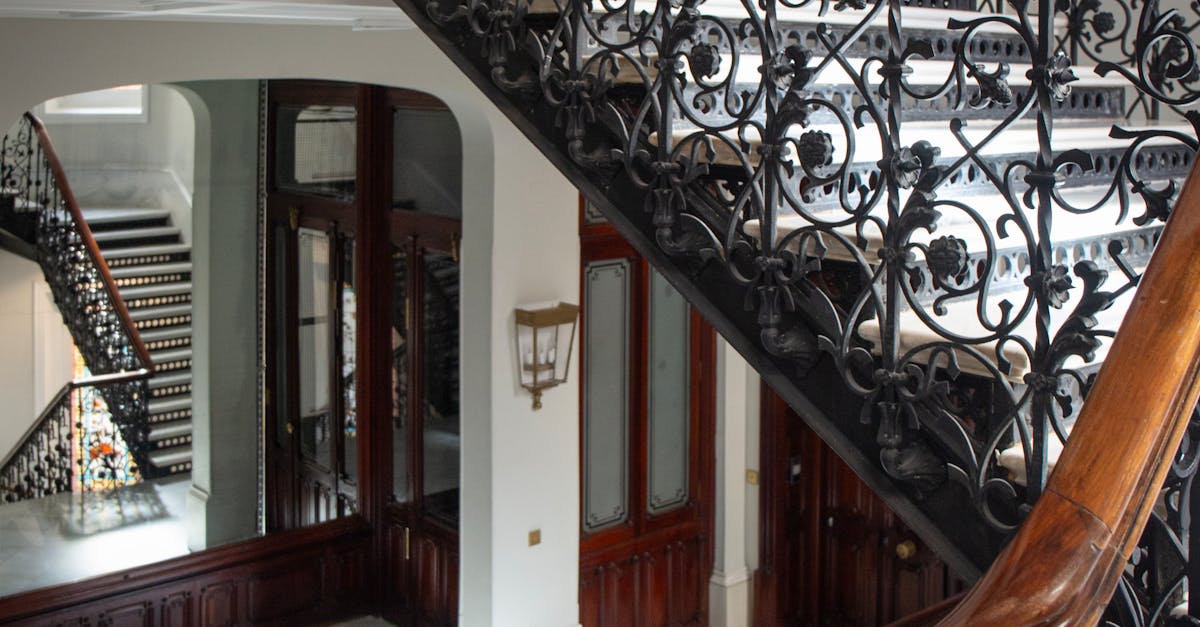
Passive House Design and its Positive Impact on Occupant Health
Building a Passive House may initially entail higher construction costs compared to traditional homes. The advanced insulation, airtight construction, and high-performance windows required for Passive House design can result in increased upfront expe...
Read more →
Biophilic Design Principles for Improved Well-being in Passive Houses
Biophilic design is not only about creating visually appealing spaces but also about enhancing the thermal comfort within passive houses. By incorporating natural elements such as plants, water features, and natural daylight, the indoor environment c...
Read more →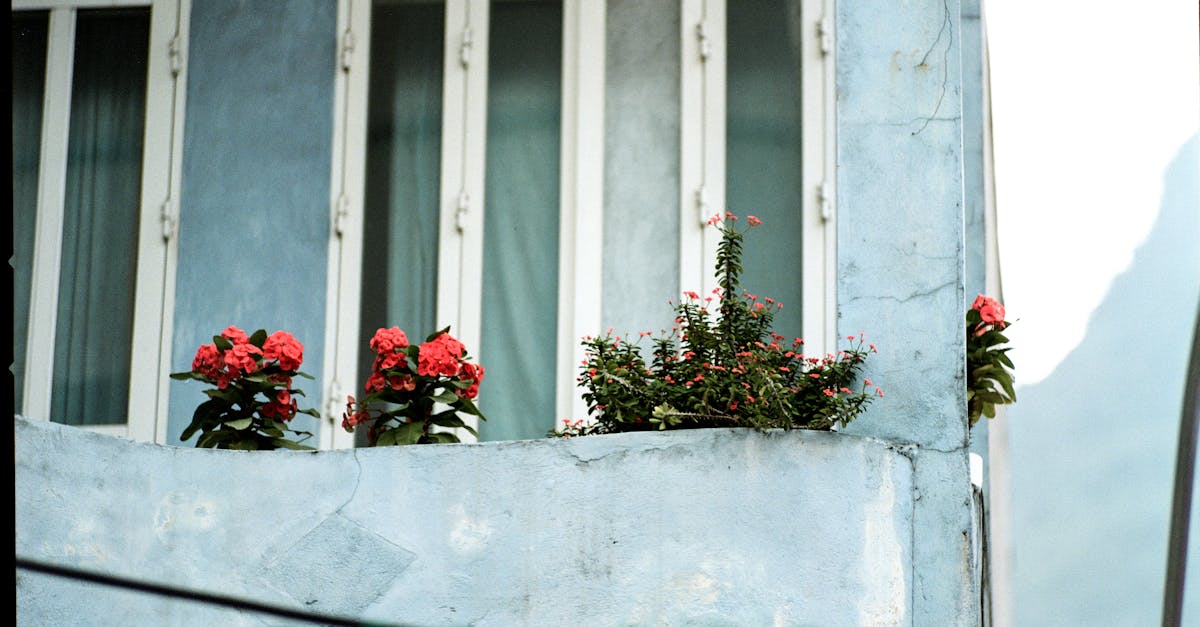
Thermal Comfort in Passive Houses: Strategies and Benefits
Implementing passive solar heating techniques is a key strategy in achieving optimal thermal comfort within passive houses. This approach involves harnessing the power of the sun to naturally heat the interior spaces, reducing the reliance on convent...
Read more →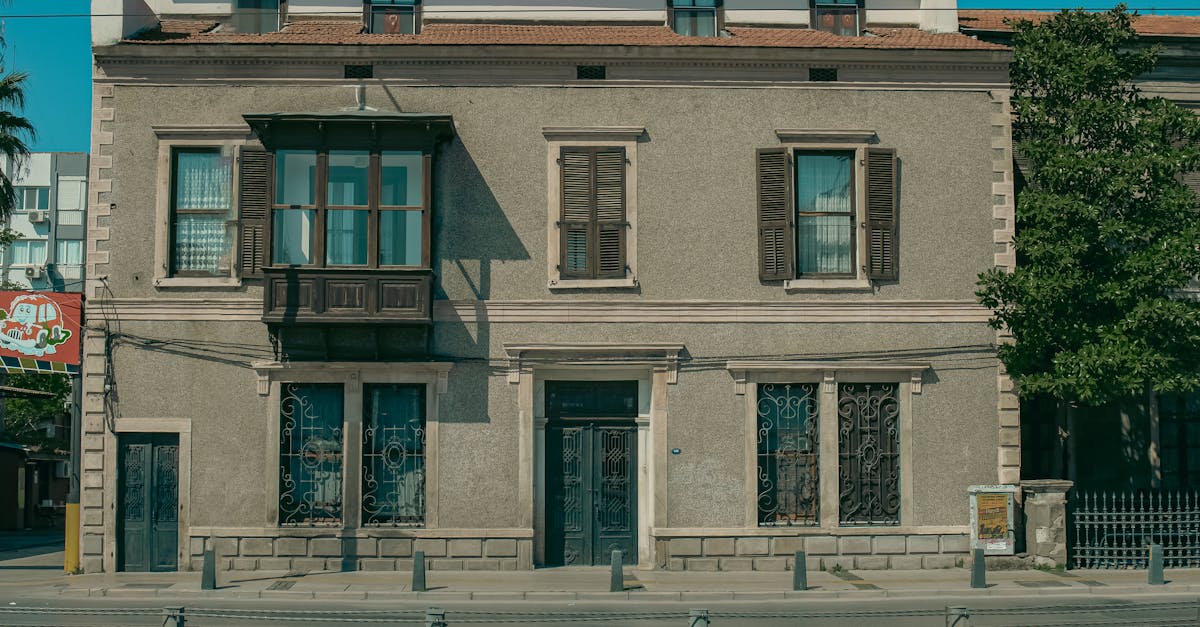
Thermal Comfort: The Key to Well-being in Passive Houses
Maintaining optimal indoor temperatures is crucial for ensuring the well-being and comfort of occupants in passive houses. Monitoring and adjusting indoor temperatures play a vital role in creating a pleasant living environment that promotes producti...
Read more →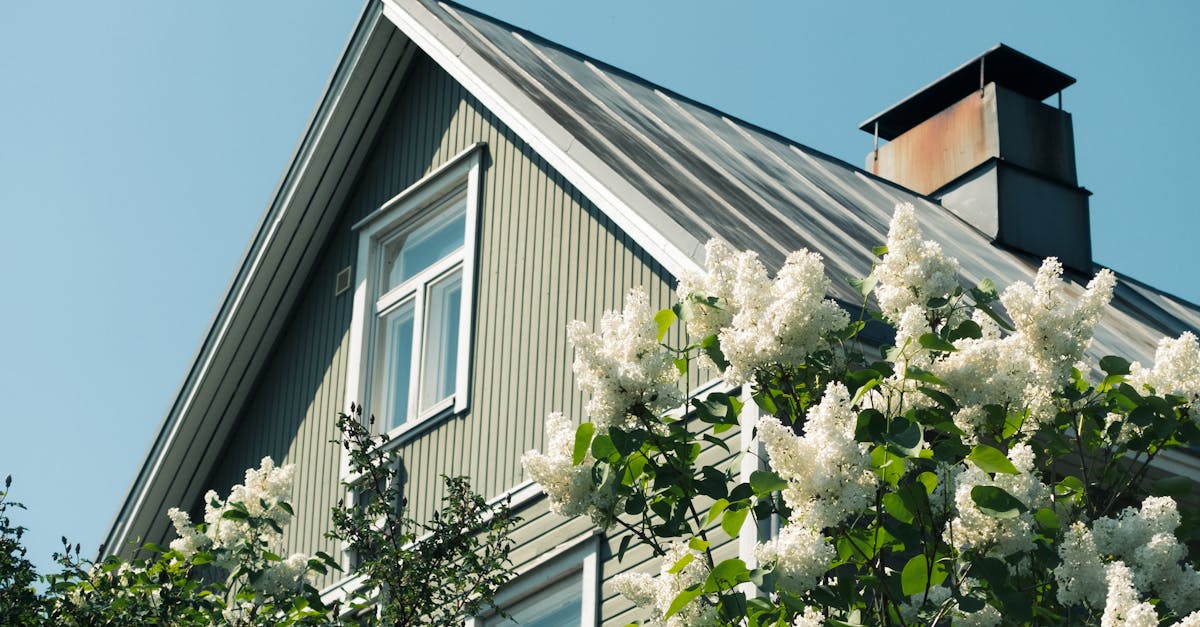
Psychological Benefits of Living in a Passive House
Passive houses provide unparalleled thermal comfort for occupants, ensuring a consistent and pleasant indoor environment throughout the year. The high level of insulation and airtight construction of passive houses help maintain a stable indoor tempe...
Read more →
Creating Healthy Living Spaces in Passive Houses
Water conservation measures play a crucial role in creating sustainable living spaces within Passive Houses. Implementing efficient water-saving techniques not only helps in reducing water wastage but also contributes to environmental preservation. O...
Read more →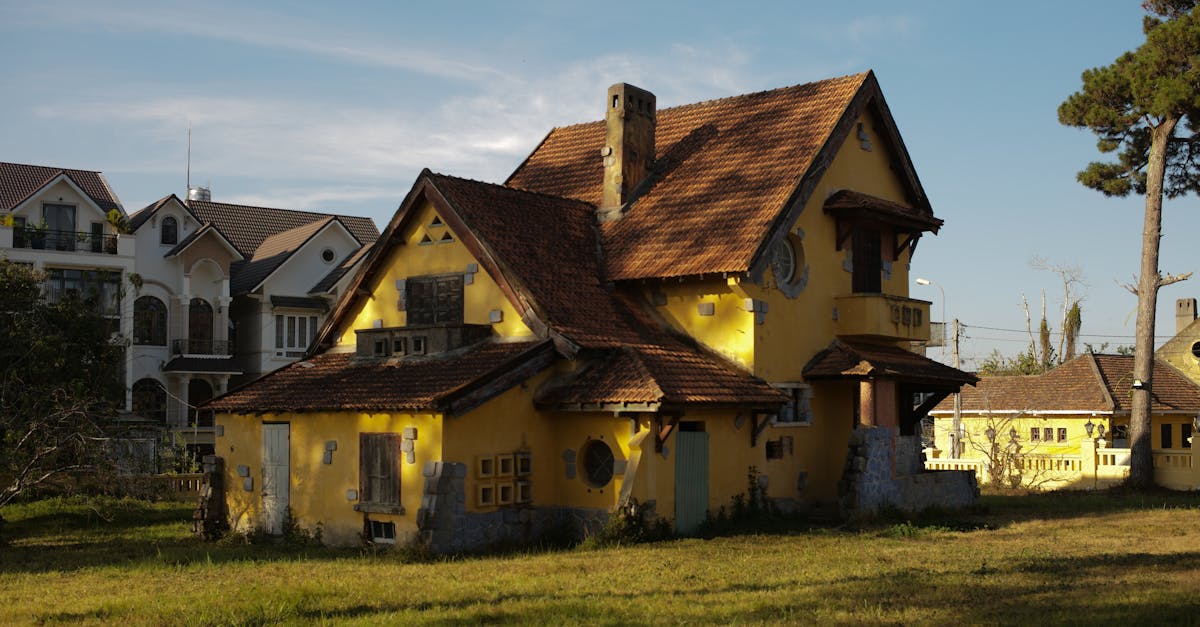
Natural Light and Visual Comfort in Passive House Design
When it comes to enhancing visual comfort in passive house design, the selection of colours and materials plays a crucial role. Opting for light and neutral colours can help to reflect natural light, making the space feel brighter and more inviting. ...
Read more →
Noise Reduction and Acoustic Comfort in Passive House Living
Passive house architecture focuses on incorporating sustainable approaches to noise control, ensuring a peaceful and serene living environment for its occupants. By utilizing eco-friendly materials and construction techniques, passive houses aim to m...
Read more →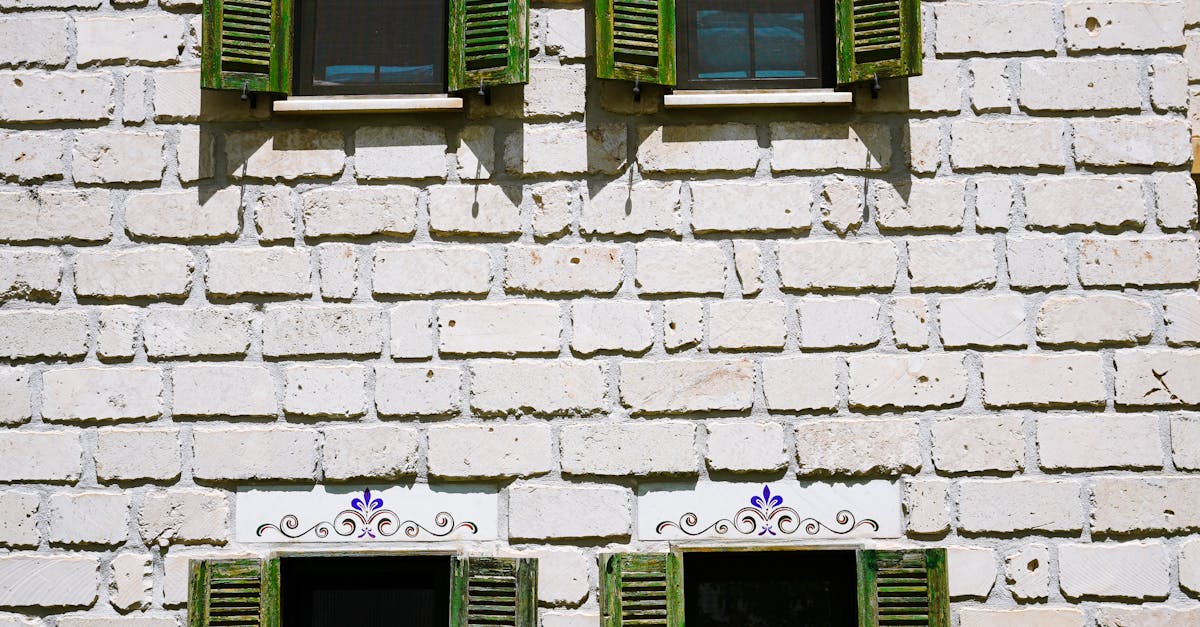
The Importance of Indoor Air Quality in Passive Houses
Proper ventilation stands as the cornerstone of maintaining a healthy indoor environment within passive houses. In these energy-efficient homes, where airtightness is highly prioritized, ventilation plays a pivotal role in ensuring the circulation of...
Read more →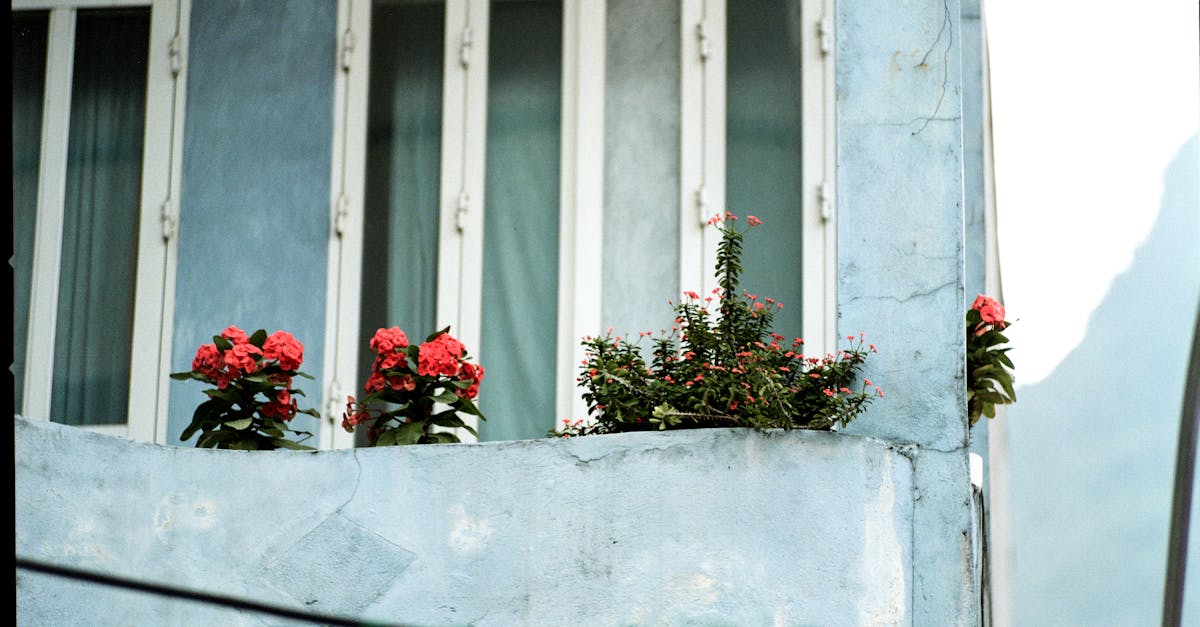
Enhancing Mental Well-being through Passive House Design
Passive house design plays an essential role in enhancing air quality within indoor spaces. By incorporating high-efficiency air filtration systems, a healthier environment can be achieved by reducing the presence of harmful particulates and allergen...
Read more →
The Impact of Passive House Appliances on Energy Efficiency and Overall Performance
Ensuring optimal energy efficiency in passive houses goes beyond the selection of energy-efficient appliances. Smart appliance placement plays a significant role in maximising the overall performance of a passive house. By strategically situating app...
Read more →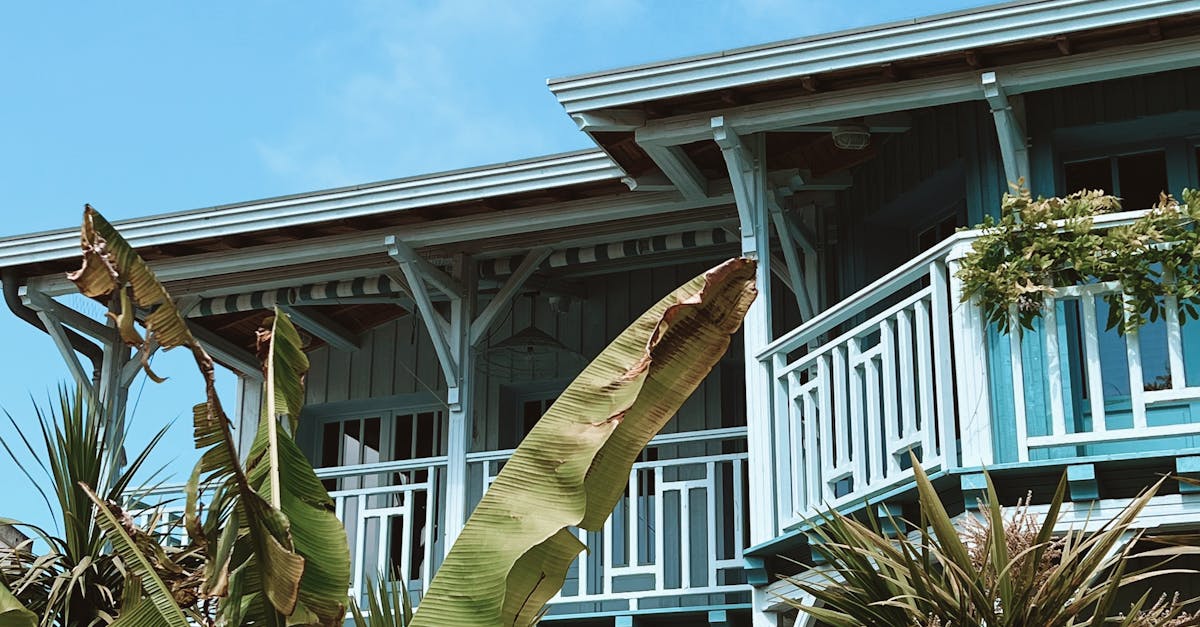
Passive House Lighting Design for Energy Efficiency and Visual Comfort
When designing a lighting scheme for a passive house, considering colour temperature is a crucial aspect. Colour temperature refers to the warmth or coolness of the light emitted by a bulb, measured in Kelvins. In residential settings, warmer colour ...
Read more →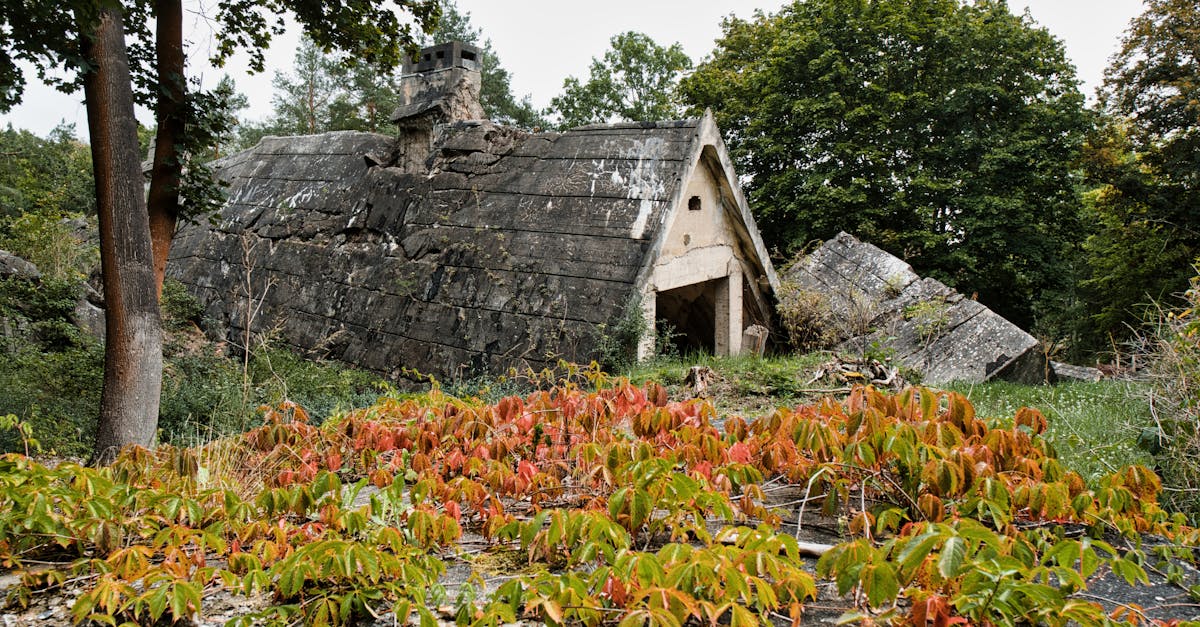
Evaluating the Role of Renewable Energy Systems in Achieving Energy Efficiency in Passive Houses
Renewable energy holds significant promise in enhancing the energy efficiency of passive houses. As technology continues to advance, future trends are leaning towards the integration of innovative solutions such as geothermal heat pumps and wind turb...
Read more →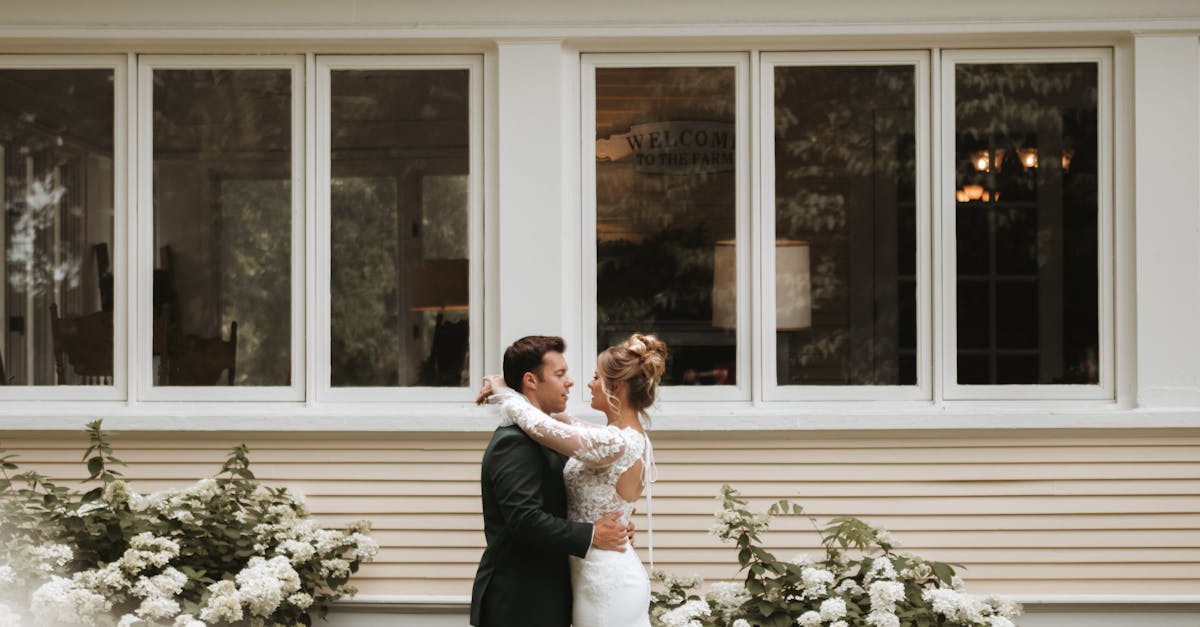
Passive House Heating and Cooling Strategies for Energy Efficiency and Comfort
Passive houses are designed to maximise internal heat gains from sources such as sunlight, appliances, and occupants. Strategic management of these heat gains is crucial for maintaining a comfortable indoor environment while reducing the need for act...
Read more →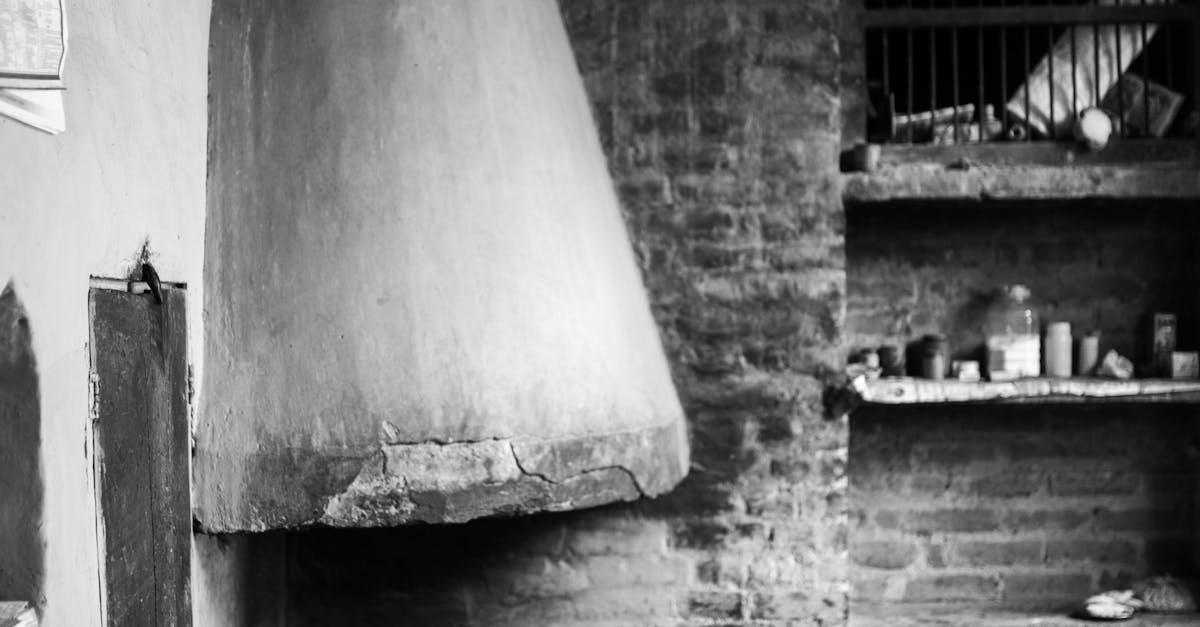
Passive House Ventilation Strategies for Optimising Energy Efficiency
Passive House designs place great emphasis on maximizing energy efficiency through smart heating and cooling strategies. By incorporating high-performance insulation, airtight construction, and energy recovery ventilation systems, Passive Houses are ...
Read more →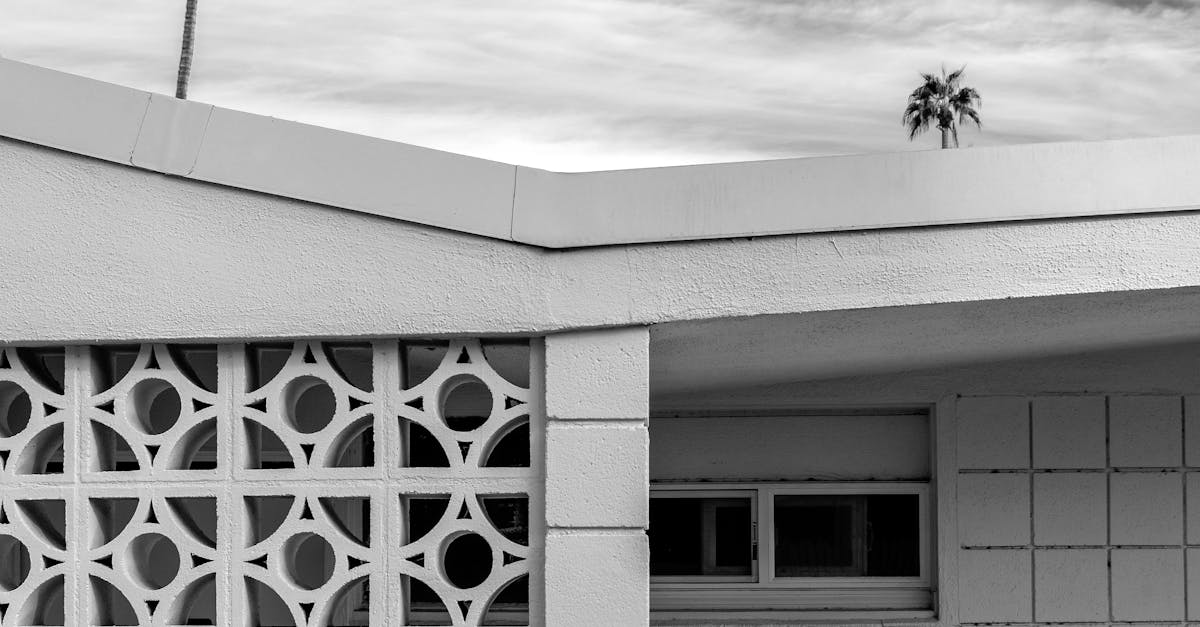
The Role of High-performance Windows in Enhancing Energy Efficiency in Passive Houses
High-performance windows play a crucial role in enhancing indoor comfort within passive houses. These windows are designed to prevent heat loss during cold weather and minimize heat gain during hot weather, creating a more stable and pleasant indoor ...
Read more →
The Importance of Airtightness in Achieving Energy Efficiency in Passive Houses
Airtightness is a fundamental element in the design of passive houses, ensuring that energy efficiency is maximised through minimising unwanted air leakage. However, this airtightness also raises concerns regarding indoor air quality, as proper venti...
Read more →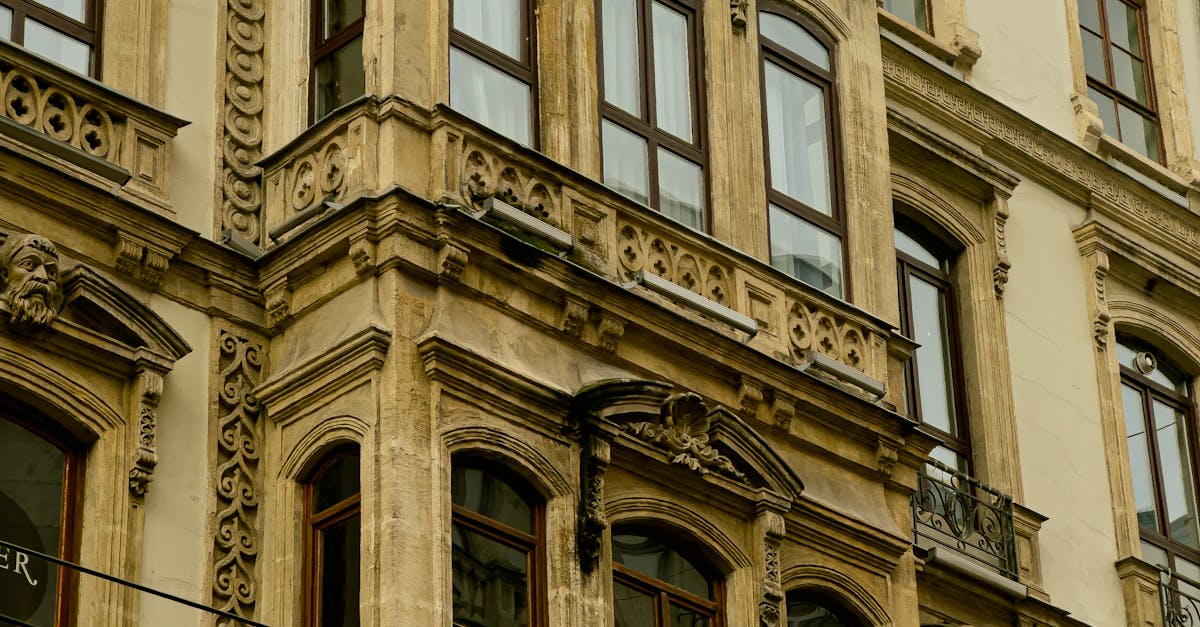
Understanding Thermal Mass and Its Impact on Energy Efficiency in Passive Houses
To enhance the energy efficiency of passive houses, it is crucial to combine the benefits of thermal mass with proper insulation. Thermal mass refers to materials that can absorb and store heat, such as concrete, brick, or stone. By strategically pla...
Read more →
Passive House Design Principles for Maximising Energy Efficiency
Energy-efficient lighting and appliances play a crucial role in achieving optimal energy performance in passive house design. LED lighting is a key feature that significantly reduces energy consumption compared to traditional incandescent bulbs. The ...
Read more →
The Role of Insulation in Achieving Energy Efficiency in Passive Houses
When it comes to achieving energy efficiency in passive houses, selecting cost-effective insulation solutions is crucial. Insulation plays a significant role in reducing heat loss and heat gain, thereby promoting a comfortable indoor environment whil...
Read more →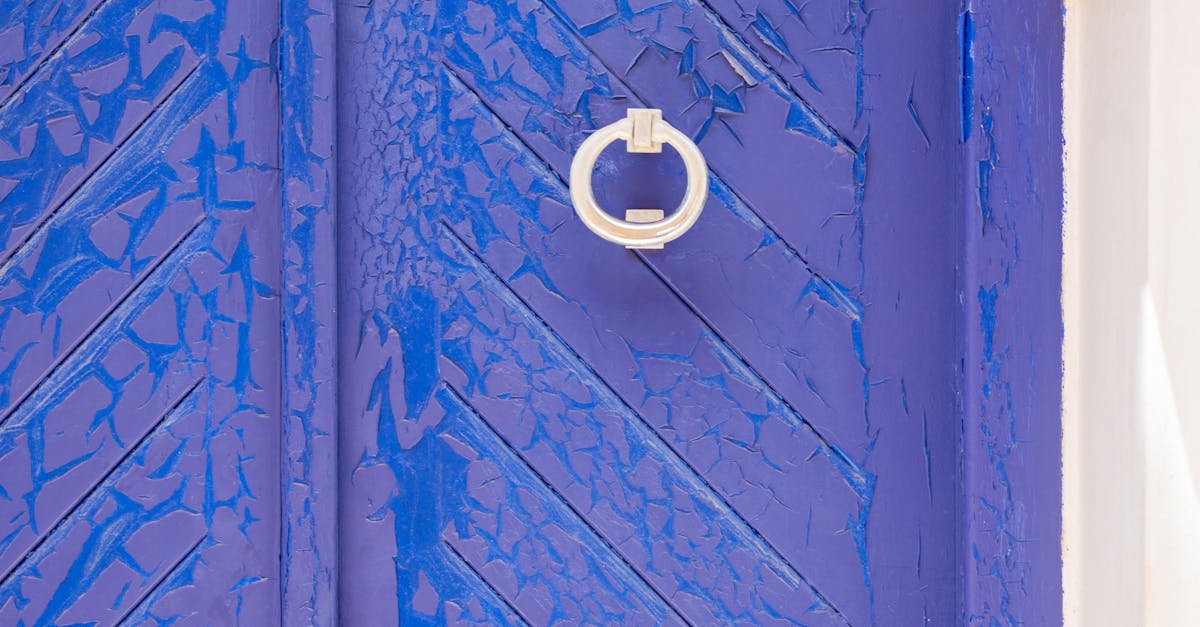
Passive House Design for Maximum Energy Efficiency
One of the key aspects of ensuring maximum energy efficiency in a passive house design is the implementation of smart home automation systems for energy monitoring. These systems allow homeowners to track and analyze their energy usage in real time, ...
Read more →
Integrating Passive House with Smart Grid Technology
Passive House and Smart Grid technology integration have shown promising results in various case studies around the world. One notable example is the Dockside Green community in Victoria, British Columbia, where Passive House buildings were combined ...
Read more →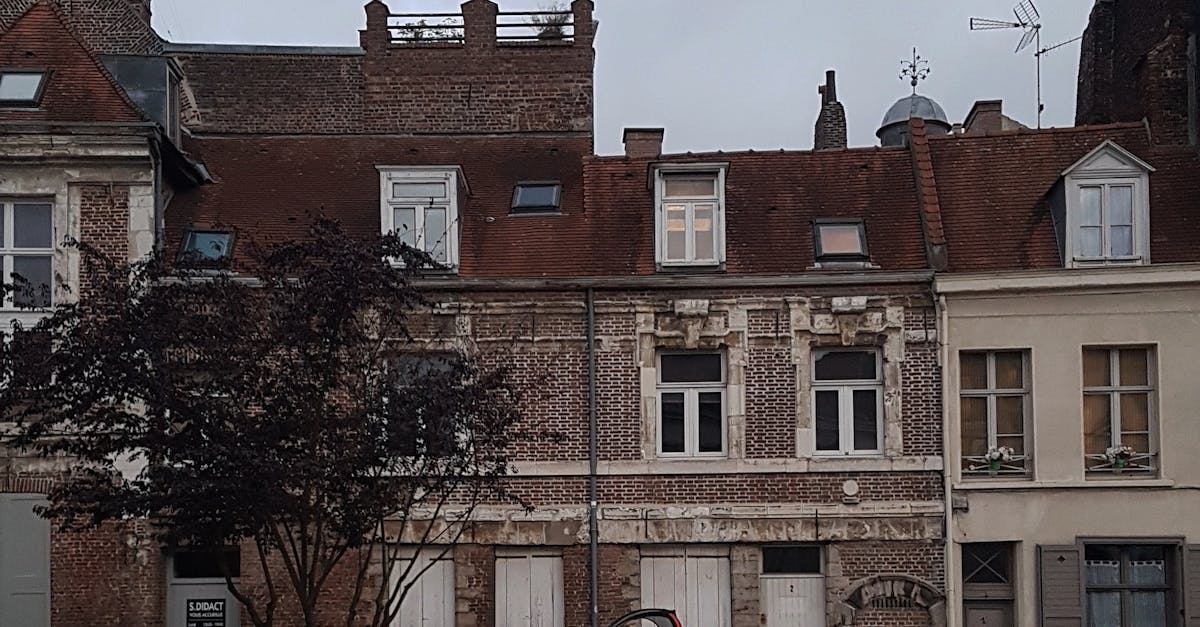
Passive House Integration of Micro Hydro Systems
When considering the installation of a micro hydro system in a passive house, the cost analysis is a crucial factor that needs to be carefully evaluated. The initial investment for setting up a micro hydro system can vary depending on the size of the...
Read more →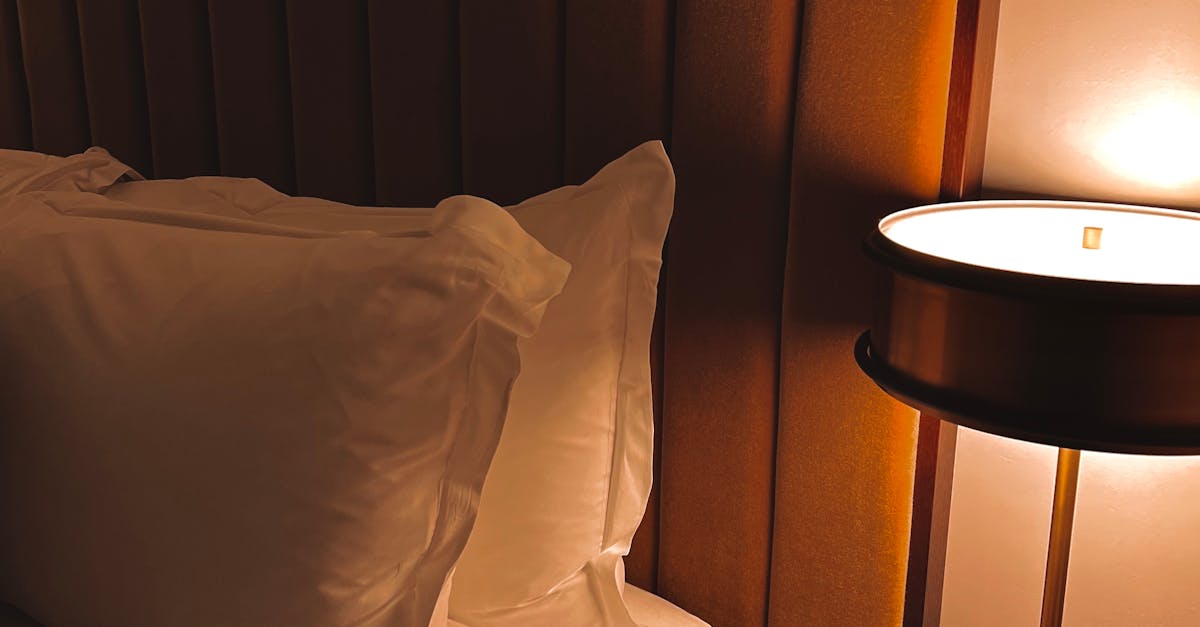
Energy Storage Solutions for Passive Houses
As passive house technology continues to gain popularity, the demand for innovative energy storage solutions is also on the rise. In the future, we can expect to see a shift towards more advanced battery technologies that offer higher energy density ...
Read more →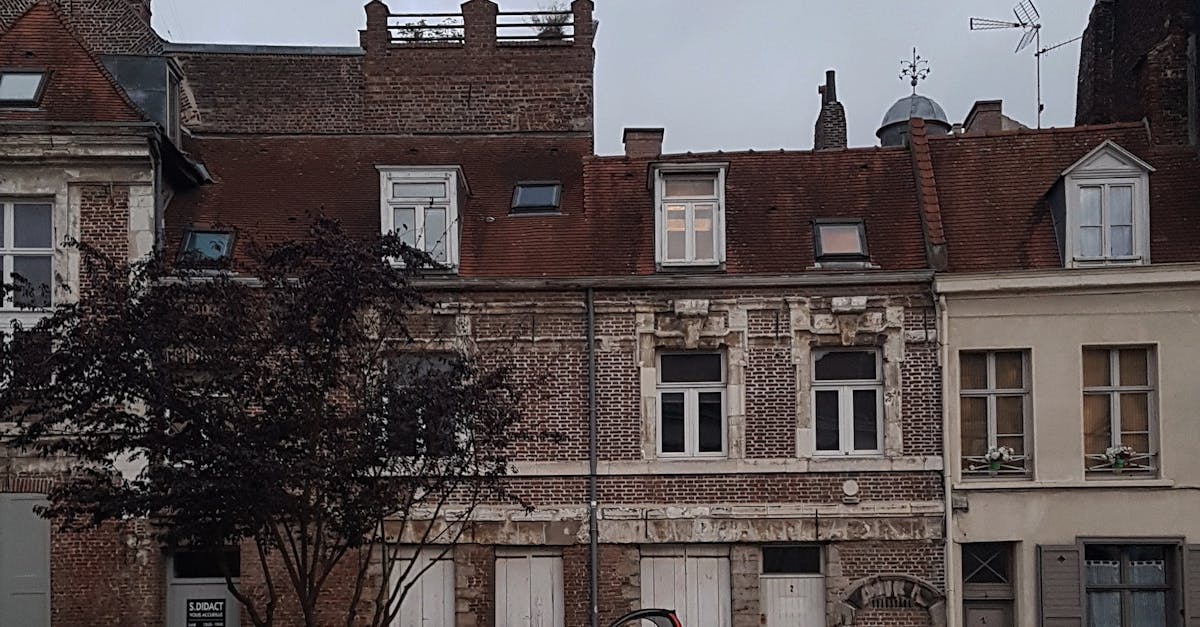
Biomass Heating for Passive Houses
Implementing biomass heating in passive houses can entail significant costs that need to be carefully considered by homeowners and builders alike. The initial investment for installing a biomass heating system can be higher compared to traditional he...
Read more →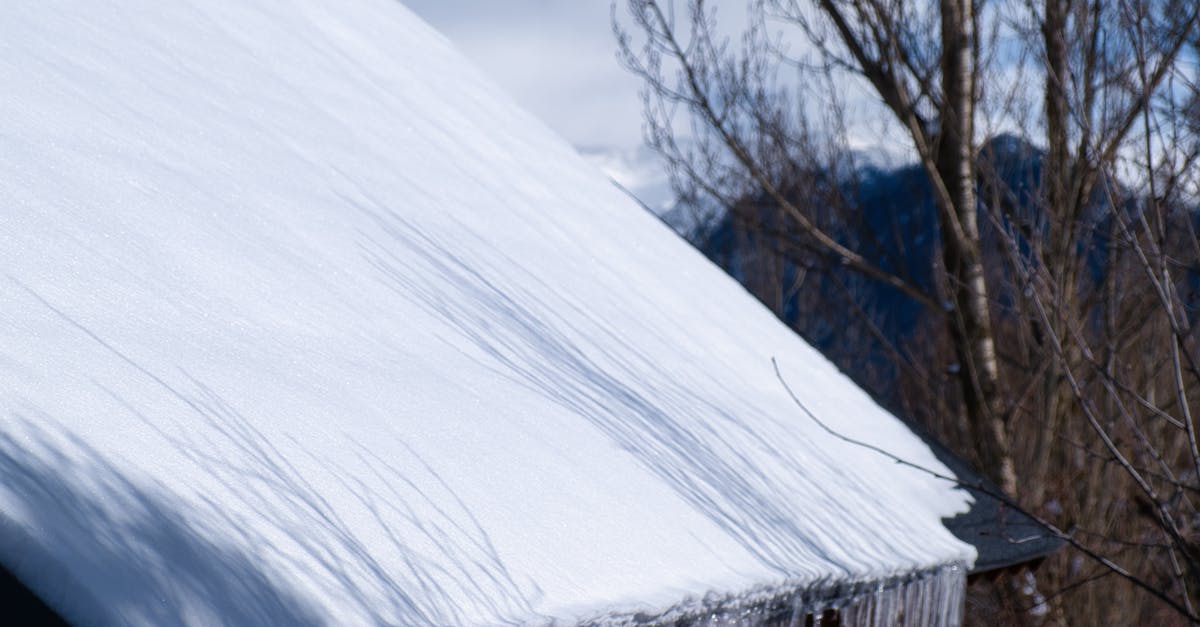
Wind Turbine Integration for Passive House Energy
To effectively integrate wind turbines into a passive house energy system, sourcing reliable suppliers is crucial. When choosing a supplier, it is essential to conduct thorough research to ensure they have a proven track record of providing high-qual...
Read more →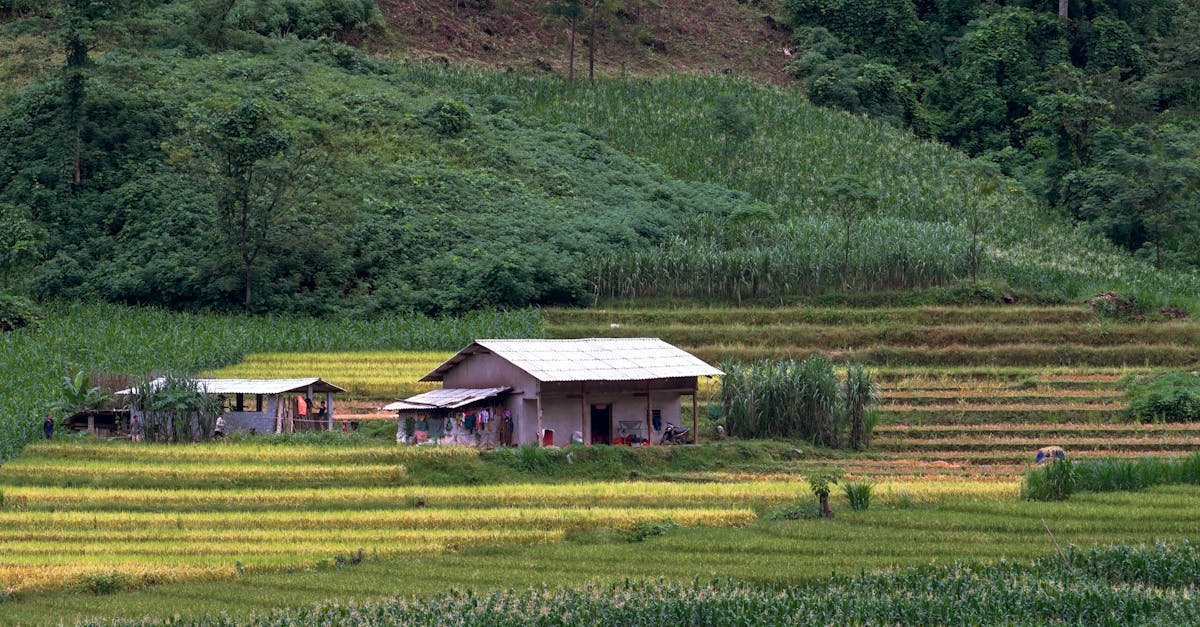
Rainwater Harvesting in Passive House Design
Regulations and permits play a crucial role in ensuring the successful implementation of rainwater harvesting systems in passive house design projects across Australia. Before commencing any rainwater harvesting activities, it is imperative for homeo...
Read more →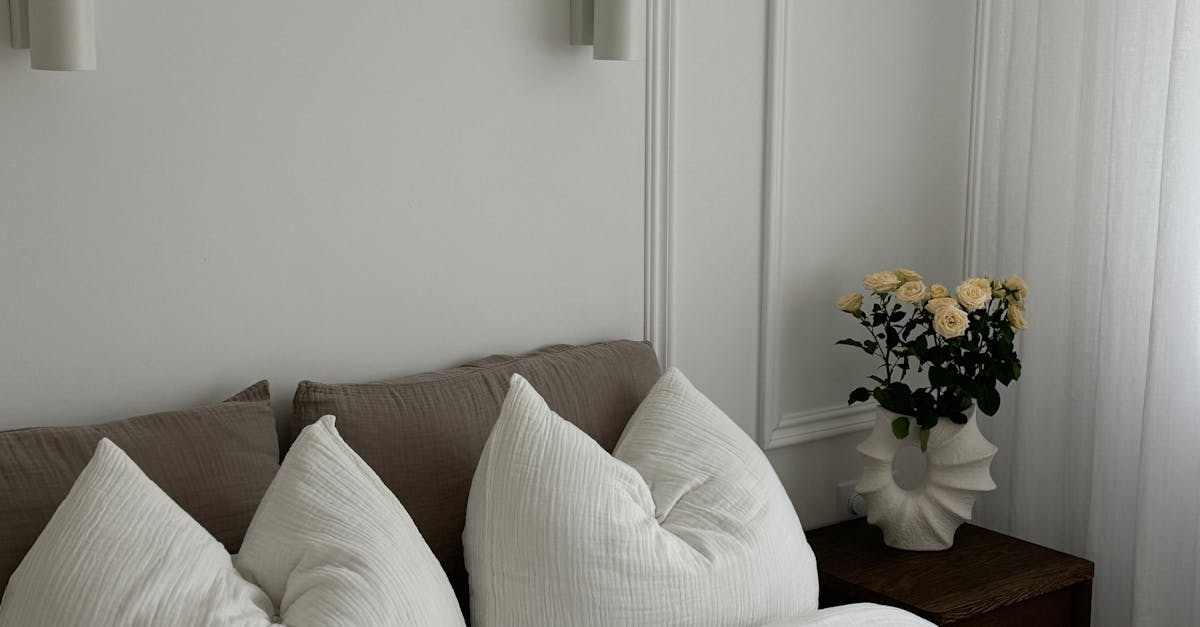
Passive House Integration of Photovoltaic Systems
Regular maintenance and monitoring of photovoltaic systems are crucial to ensure optimal performance in a Passive House setting. These systems are designed to harness energy from the sun efficiently, but without proper upkeep, their functionality cou...
Read more →
Geothermal Heating Systems for Passive Houses
Geothermal heating systems offer a sustainable and efficient way to heat homes, particularly for passive houses designed with energy efficiency in mind. In Australia, there are various incentives and rebates available to encourage homeowners to switc...
Read more →
Solar Panel Integration in Passive Houses
When considering the cost of integrating solar panels into passive houses, it is essential to evaluate both the initial investment and the long-term savings. The upfront cost of purchasing and installing solar panels can vary depending on factors suc...
Read more →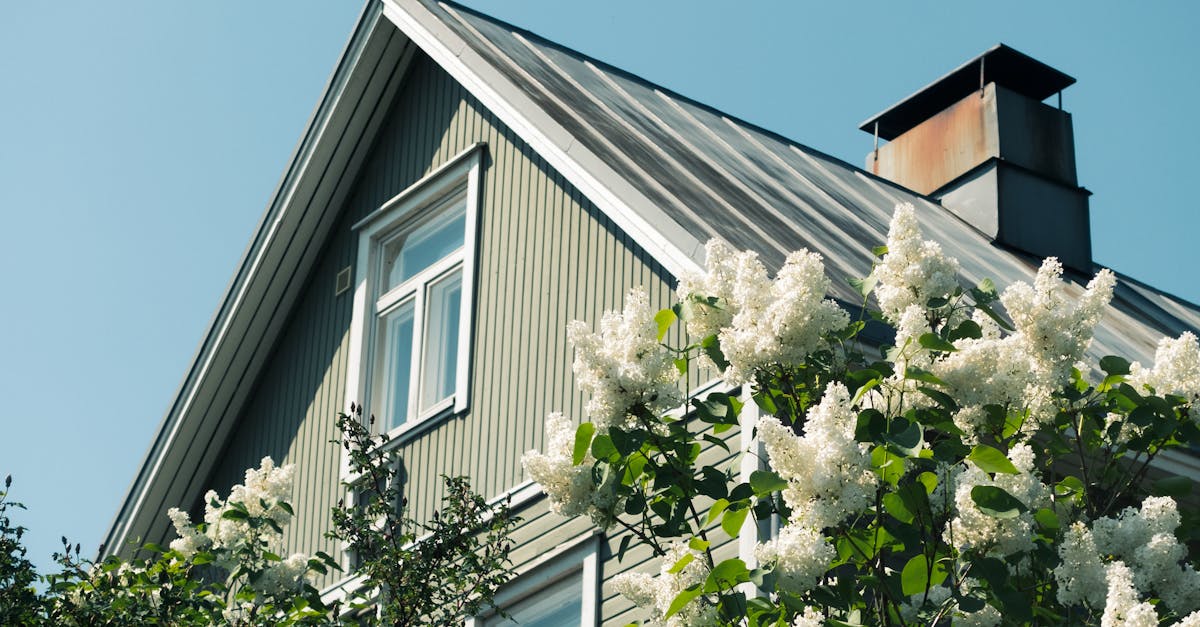
Smart Controls for Passive House Heating and Cooling
Geothermal heat pumps have emerged as a sustainable solution for heating and cooling in passive houses, offering renewable energy benefits while ensuring optimal indoor comfort. These innovative systems utilise the constant temperature of the earth t...
Read more →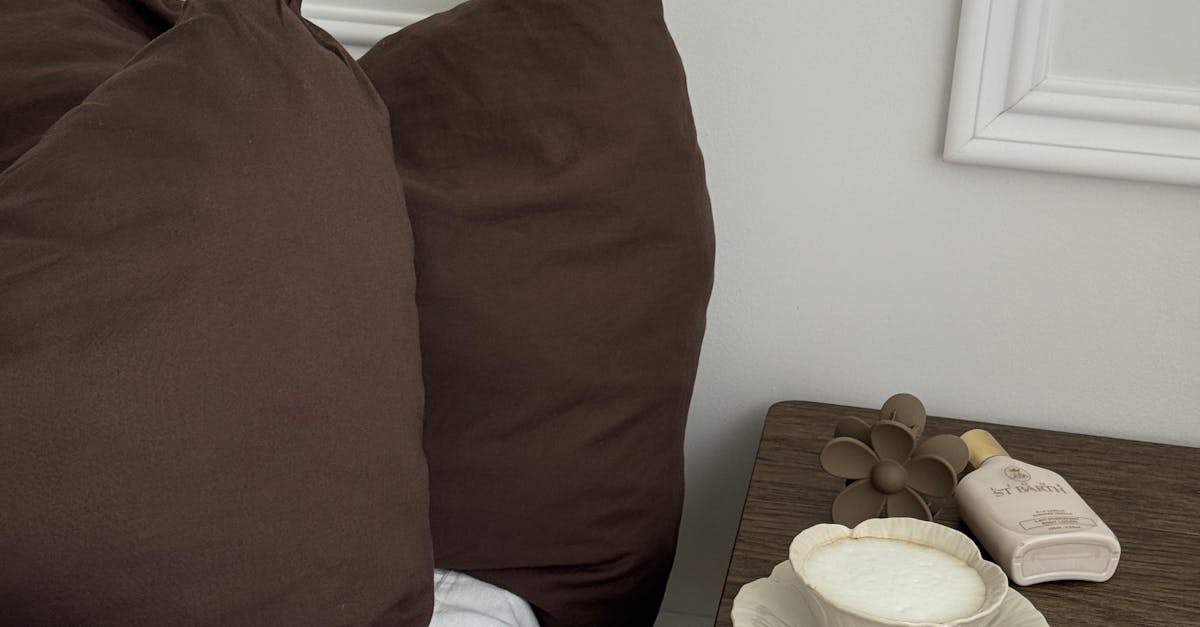
Passive House Natural Ventilation Techniques
Green roofs are a valuable addition to passive house design as they provide numerous benefits beyond their aesthetic appeal. By incorporating green roofs, ventilation within the house can be vastly improved. The plants and soil on the roof act as a n...
Read more →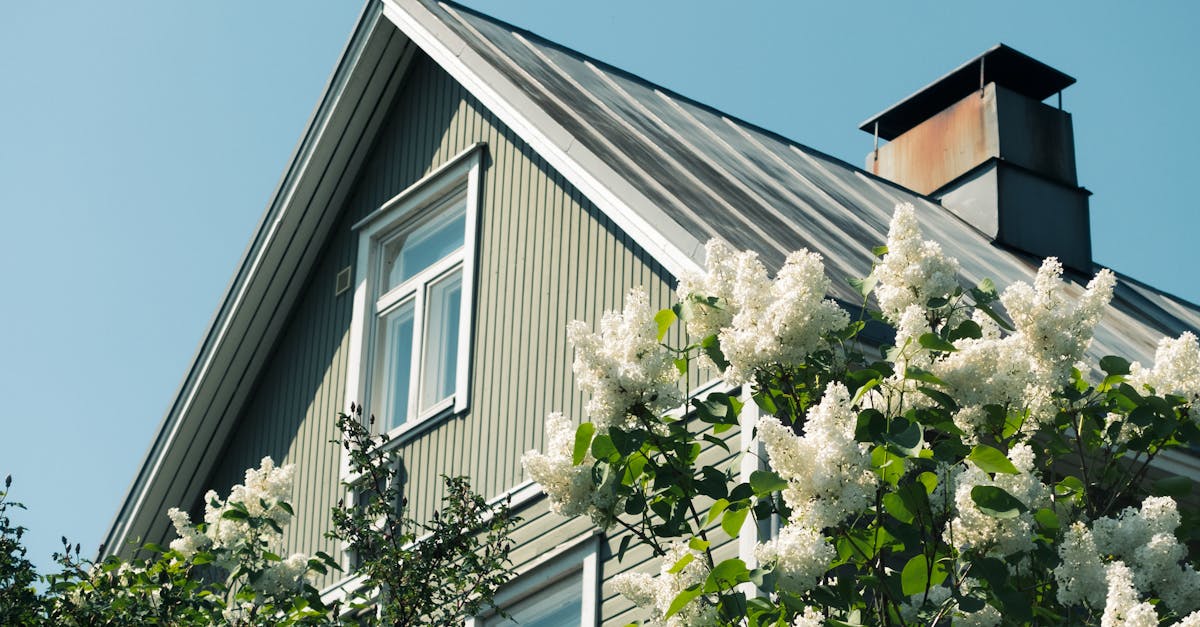
Passive House Solar Thermal Systems
In Australia, there are several successful case studies of Passive House solar thermal systems that showcase their efficiency and sustainability. One notable project is a residential building in Melbourne that integrated a solar thermal system to pro...
Read more →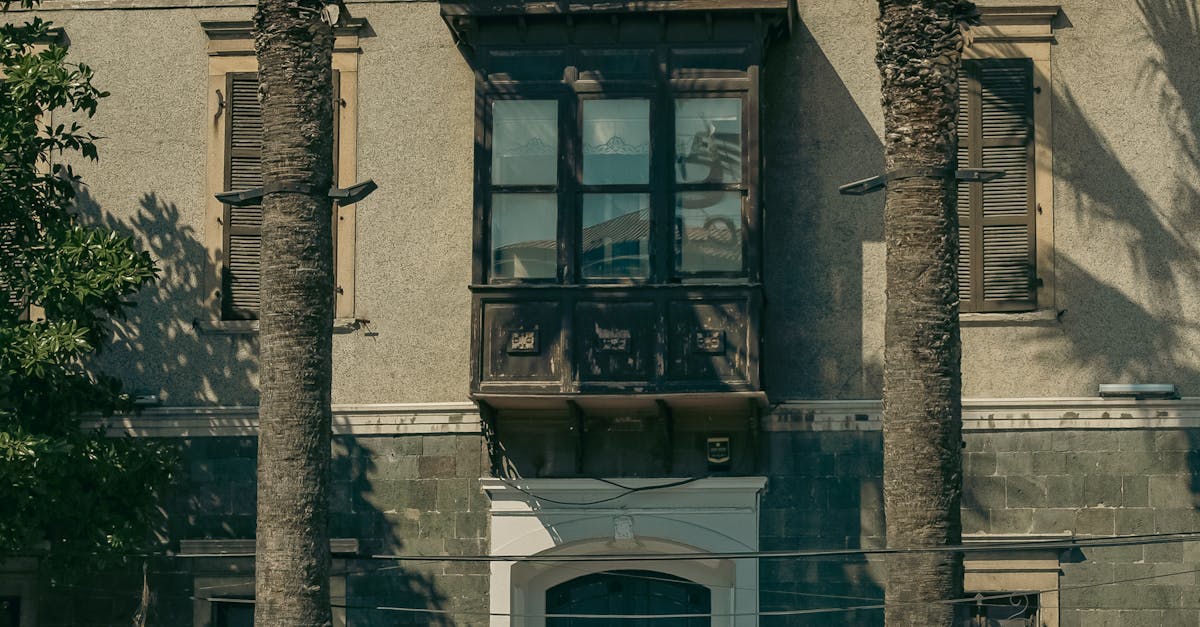
Passive House Ground Source Heat Pumps
Passive House ground source heat pumps (GSHPs) offer significant benefits for reducing the environmental impact of residential heating systems. By utilizing the constant temperature of the earth to heat and cool homes efficiently, GSHP technology red...
Read more →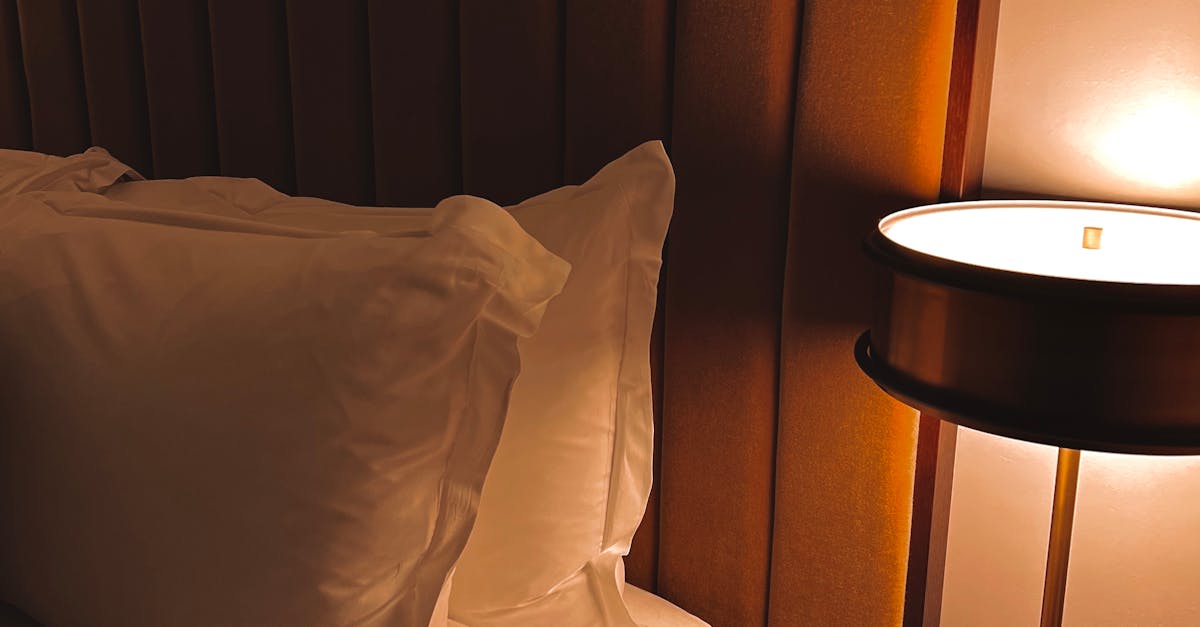
Passive House Air Source Heat Pumps
Air source heat pumps are gaining popularity in passive house designs due to their energy efficiency and cost-effectiveness compared to traditional heating systems. When considering the initial investment, air source heat pumps may have a higher upfr...
Read more →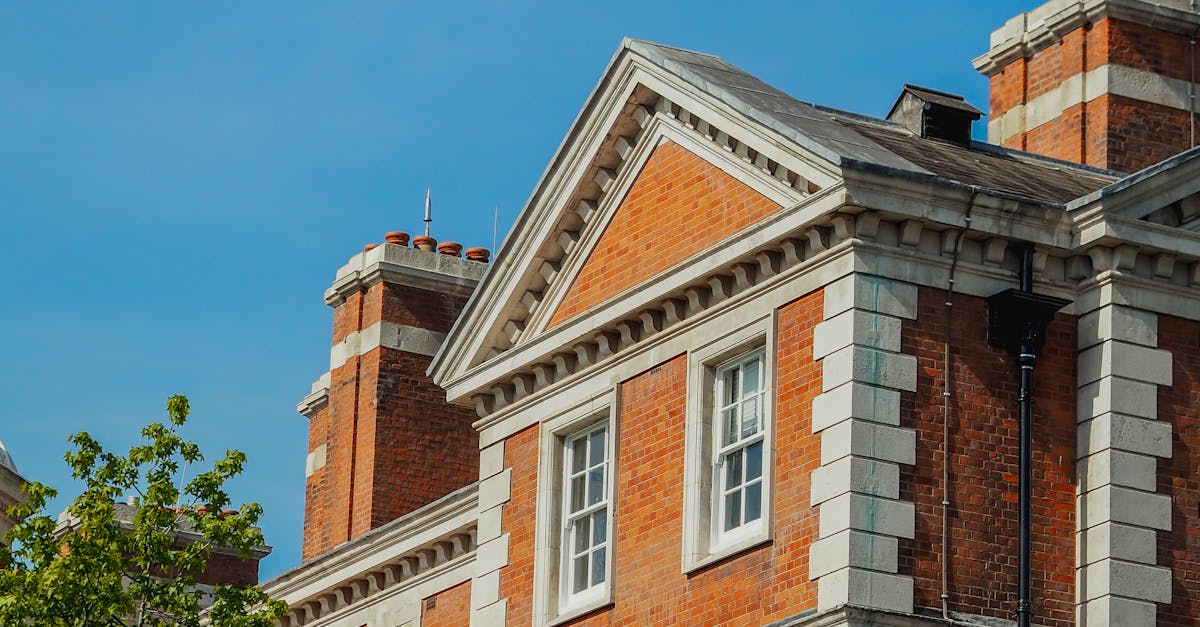
Thermal Mass and Passive House Heating
Implementing thermal mass for heating purposes in Passive House projects can present some challenges that need to be carefully navigated. One common hurdle is ensuring that the design and layout of the building allows for effective heat distribution ...
Read more →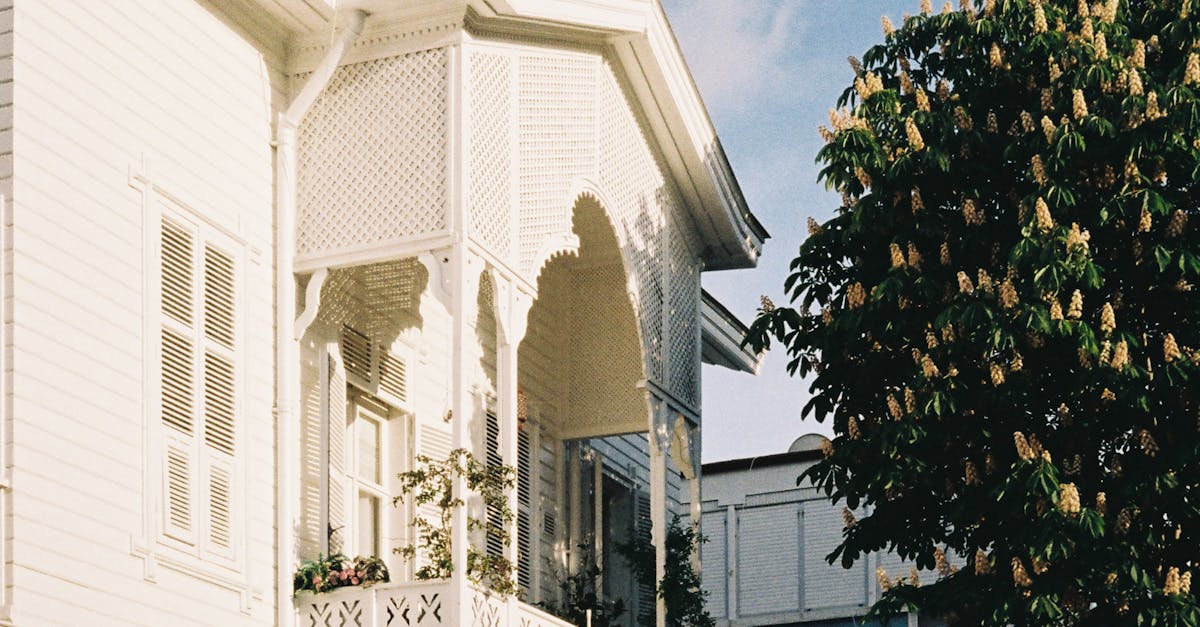
Radiant Heating and Cooling in Passive House
Radiant heating systems can offer efficient and comfortable heating solutions in a variety of climates. In colder regions with harsh winters, such as Tasmania and Victoria, radiant heating can provide consistent warmth without the need for extensive ...
Read more →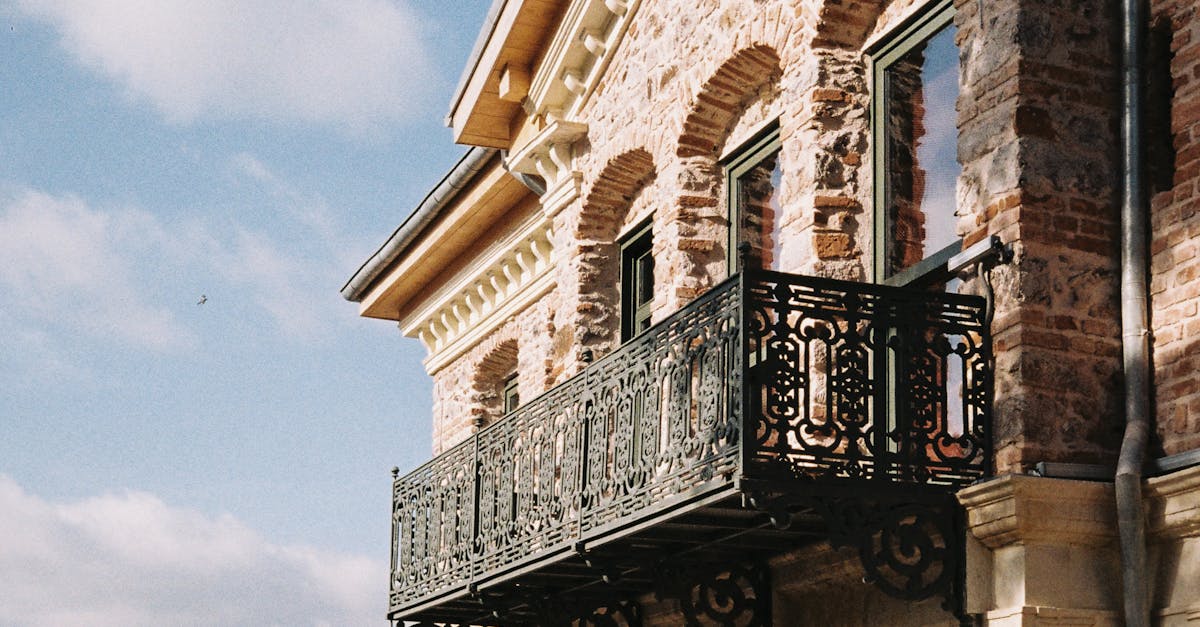
Passive House Cooling Strategies in Warm Climates
Double-glazed windows are an effective solution to reduce heat gain in warm climates. These windows contain two panes of glass with a layer of insulating gas in between, providing better thermal performance than single-pane windows. By installing dou...
Read more →
Sustainable and Eco-friendly Insulation Options for Passive House
Eco-conscious insulation products are gaining popularity among homeowners and builders who are committed to reducing their environmental impact. One promising option is soy-based insulation, which is made from natural and renewable soybean oil. This ...
Read more →
Moisture Control in Passive House Insulation
Effective moisture control in passive house insulation provides a range of benefits that contribute to the overall performance of the building. By managing moisture levels effectively, the insulation can maintain its thermal resistance, ensuring that...
Read more →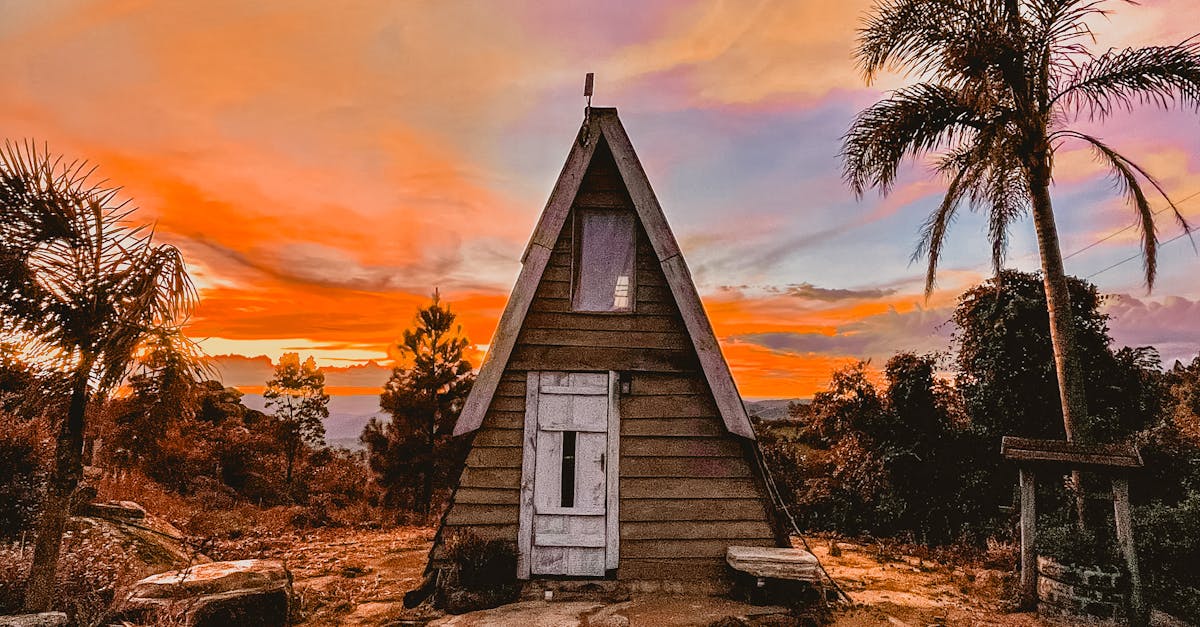
Passive House Heating and Cooling Systems Overview
Advanced smart home technology is revolutionizing the way we control the climate in our passive houses. Through the integration of smart devices like thermostats, sensors, and smart speakers, homeowners can easily manage and optimize the heating and ...
Read more →
Heat Recovery Ventilation in Passive House
Before installing a heat recovery ventilation system in a passive house, it is crucial to consider the size of the house and the number of occupants. The efficiency of the system is directly influenced by these factors. A larger house with more occup...
Read more →
Insulation Installation Techniques for Passive House Construction
Insulating HVAC systems in passive house construction is a crucial step to ensure energy efficiency and thermal comfort within the building. Proper insulation of HVAC ducts can help prevent heat loss or gain during the distribution of air, which is e...
Read more →
Airtightness Testing and Certification for Passive House Buildings
Professionals play a crucial role in the airtightness certification process for Passive House buildings. They are responsible for conducting blower door tests to assess the level of airtightness in the building envelope. These tests help in identifyi...
Read more →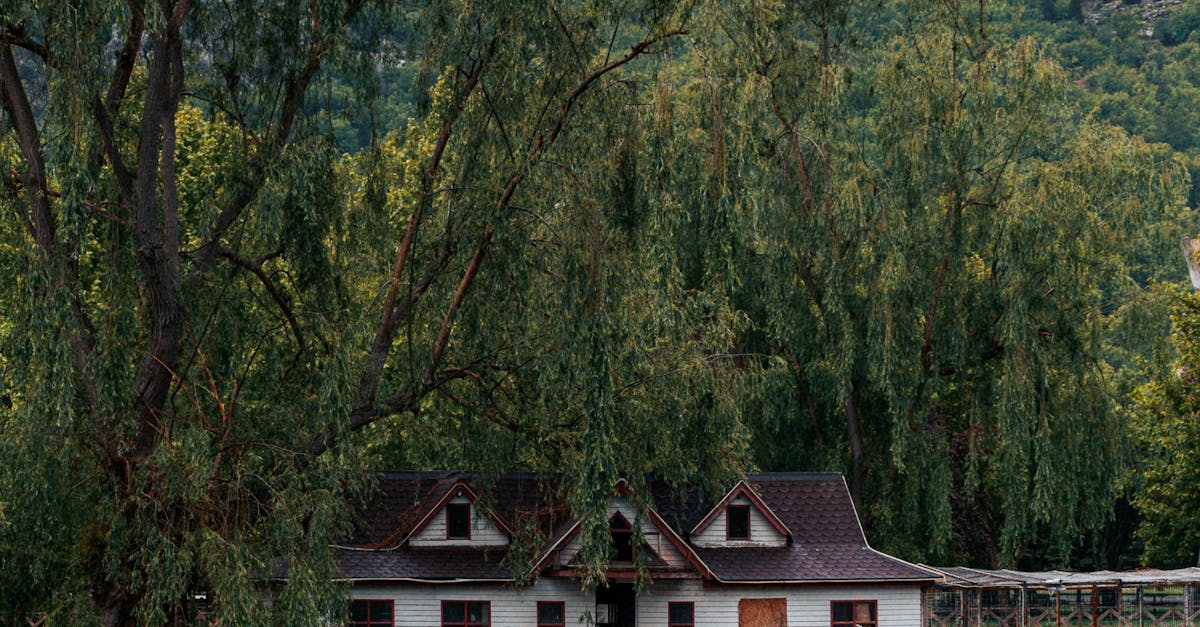
Ventilation and Heat Recovery Systems in Passive House Insulation
Maintaining proper ventilation systems in passive house insulation is crucial for ensuring indoor air quality and overall comfort. Homeowners should regularly check and clean air filters to prevent blockages and maintain the efficiency of the system....
Read more →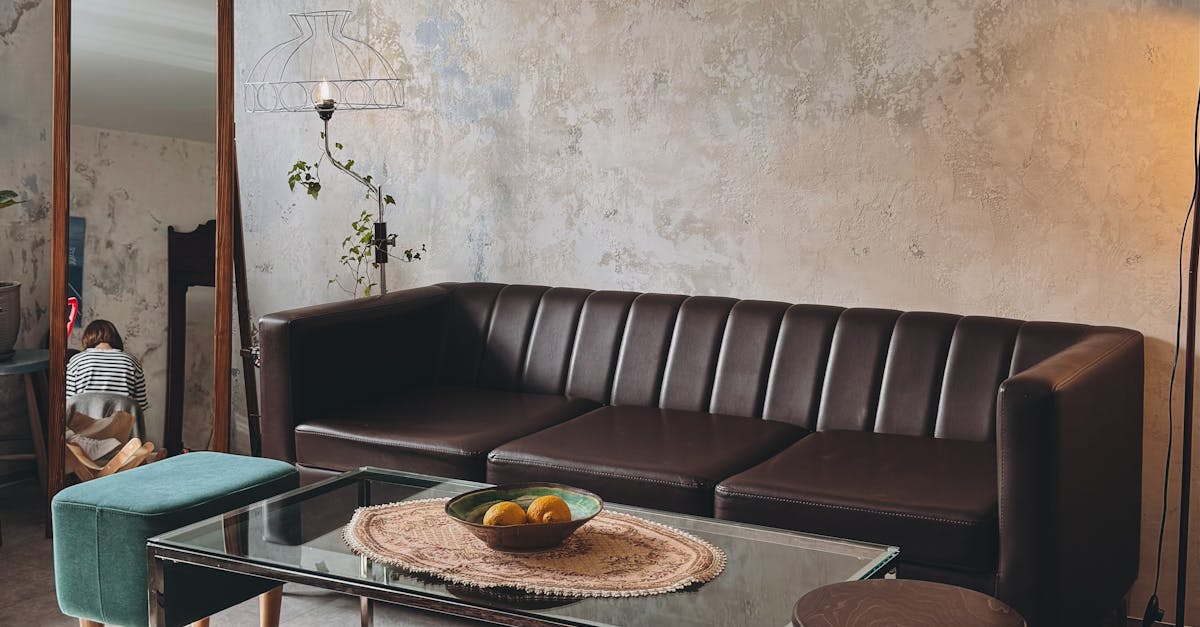
Energy Efficiency Benefits of Airtight Construction in Passive House
Passive House construction is renowned for its ability to maintain comfortable indoor temperatures year-round, regardless of external weather conditions. By utilizing airtight building techniques and high-performance insulation, Passive Houses effect...
Read more →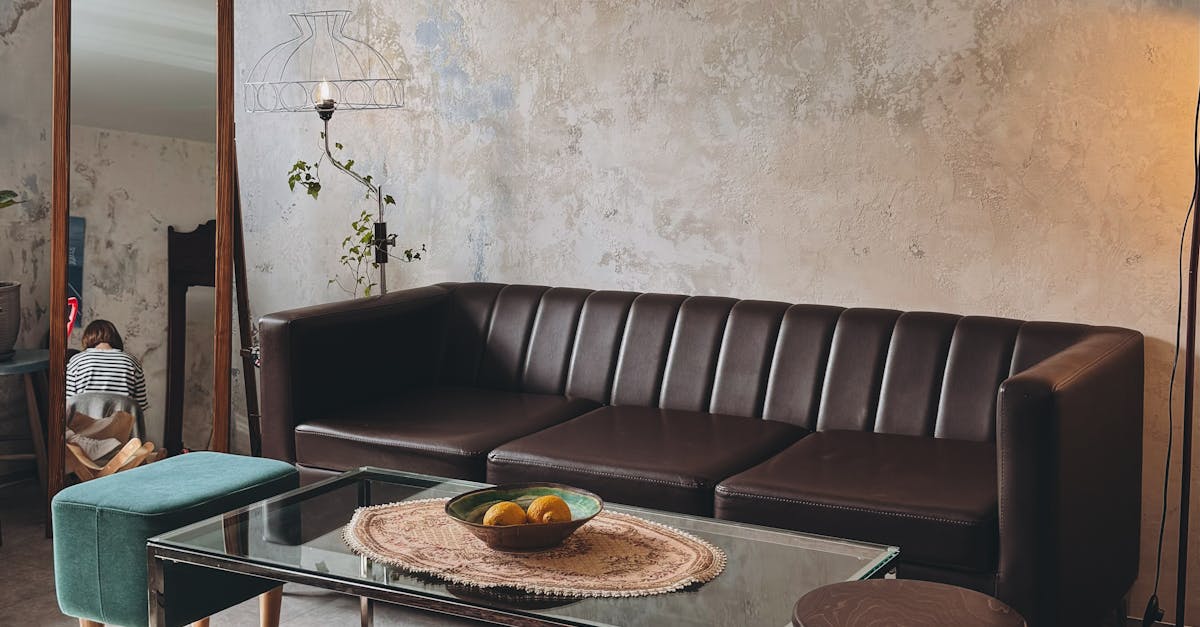
Insulation Materials for Passive House Construction
To maintain the longevity and effectiveness of insulation in passive houses, regular inspections are paramount. Inspecting insulation at least once a year for signs of wear and tear can help identify any potential issues early on. Look out for any ga...
Read more →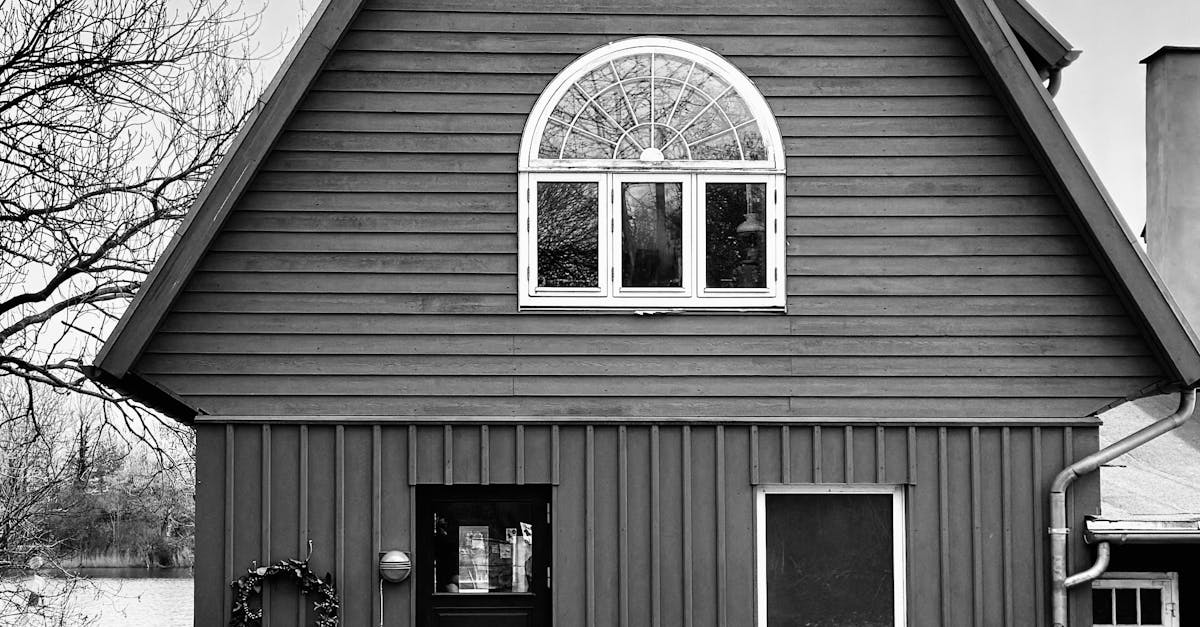
Thermal Bridging Prevention in Passive House Insulation
Thermal breaks play a crucial role in the construction of passive houses, where energy efficiency is a primary focus. By incorporating thermal breaks into the design and construction process, builders can effectively reduce thermal bridging and heat ...
Read more →
Airtightness Strategies for Passive House Buildings
When it comes to achieving a high level of airtightness in Passive House buildings, integrating mechanical ventilation systems is crucial. These systems play a vital role in maintaining indoor air quality while ensuring that the building remains airt...
Read more →
Importance of Proper Insulation in Passive House Construction
Proper insulation quality is paramount in the realm of achieving Passive House certification. Australian homeowners and builders alike must understand the crucial role that insulation plays in creating an energy-efficient and sustainable living envir...
Read more →
Passive House Construction Techniques: Rainwater Harvesting and Greywater Systems
Regular maintenance of rainwater harvesting systems is crucial to ensure optimal performance and longevity. One key aspect of maintenance is the inspection and cleaning of gutters and downspouts. Leaves, debris, and other particles can accumulate in ...
Read more →
Passive House Construction Techniques: Exterior Insulation and Cladding
To effectively install exterior insulation in a Passive House construction, precise techniques are essential. The first step involves carefully preparing the surface by ensuring it is clean, dry, and free of any debris. This is crucial to promote pro...
Read more →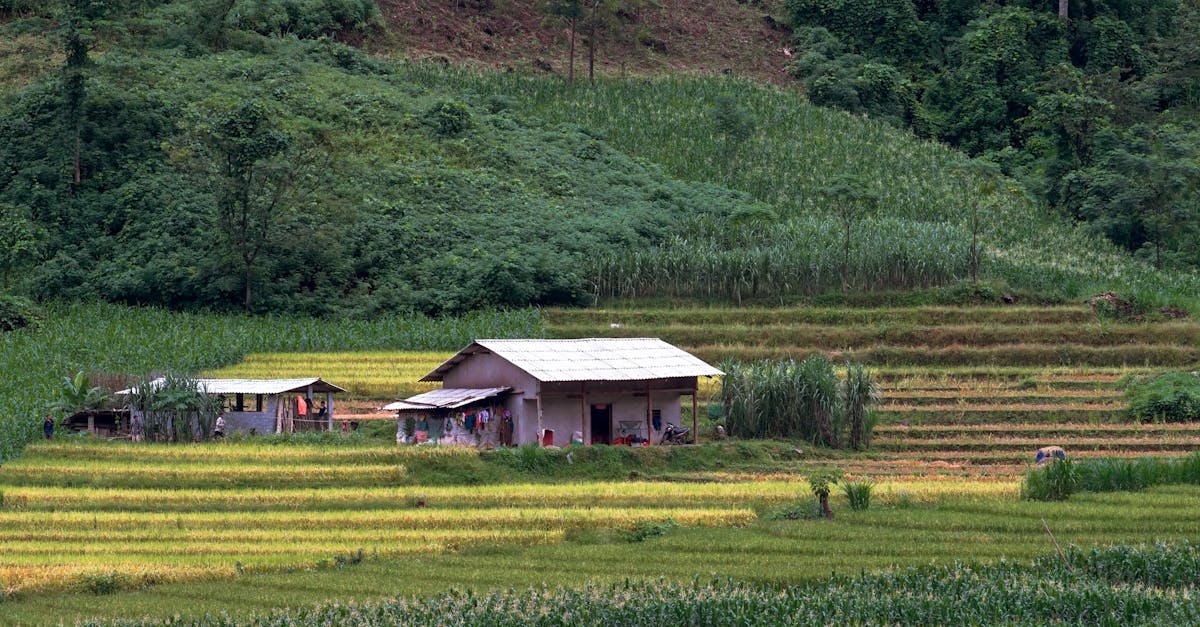
Passive House Construction Techniques: Insulated Foundation and Slab Design
Passive house construction places a strong emphasis on maintaining proper moisture levels within the building envelope. One crucial aspect of this is installing perimeter drainage systems around the foundation of the structure. These drainage systems...
Read more →
Passive House Construction Techniques: Advanced Framing Techniques
Mechanical ventilation systems play a crucial role in maintaining optimal indoor air quality in Passive Houses. These systems ensure continuous airflow while efficiently recovering heat, thus reducing energy consumption. One common type of mechanical...
Read more →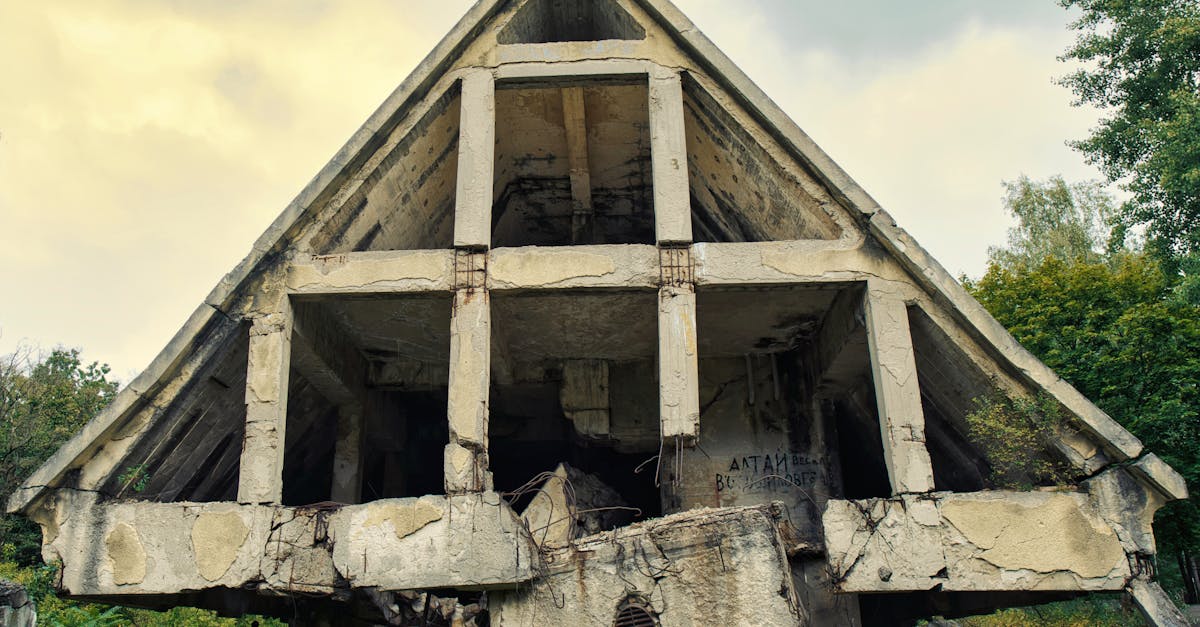
Passive House Construction Techniques: Airtightness Testing and Sealing
When it comes to passive house construction, airtightness plays a crucial role in ensuring the overall efficiency and performance of the building. The primary benefit of airtight construction is the significant reduction in energy consumption for hea...
Read more →
Passive House Construction Techniques: Solar Shading and Overhangs
Maintaining solar shading systems is crucial to ensuring their optimal functionality and longevity in any passive house construction. Regular inspection and cleaning of the shading devices, such as louvres or blinds, are essential to prevent dirt bui...
Read more →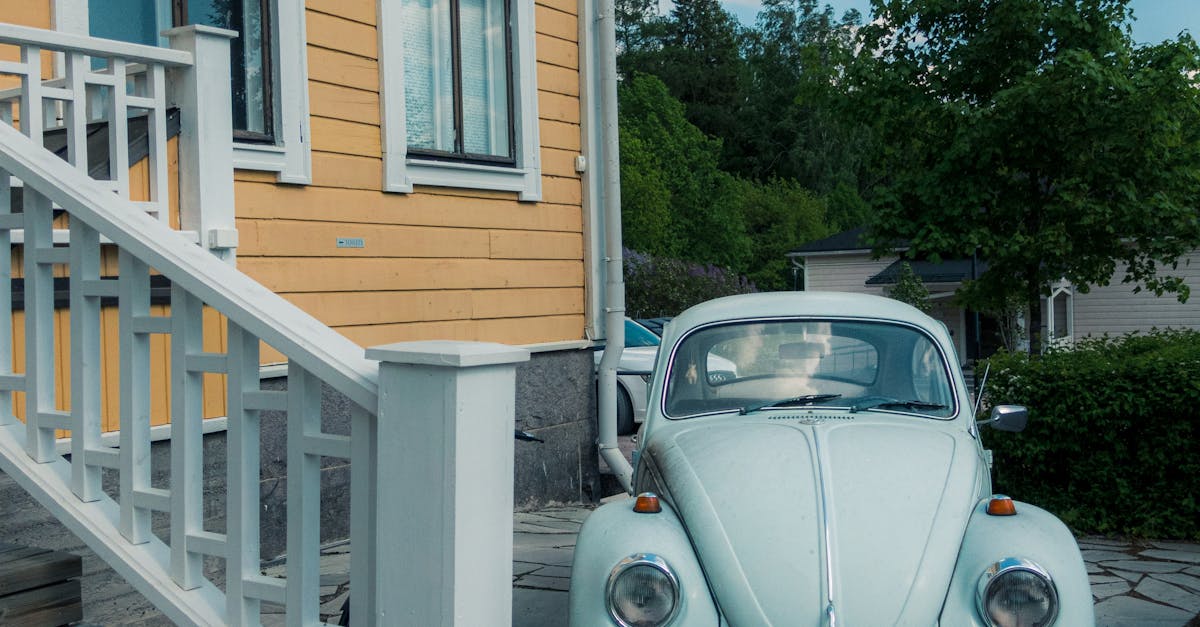
Passive House Construction Techniques: Ventilation System Installation
Heat recovery systems play a crucial role in the passive house construction process by ensuring efficient ventilation while conserving energy. The integration of these systems involves careful planning and strategic placement to maximise their effect...
Read more →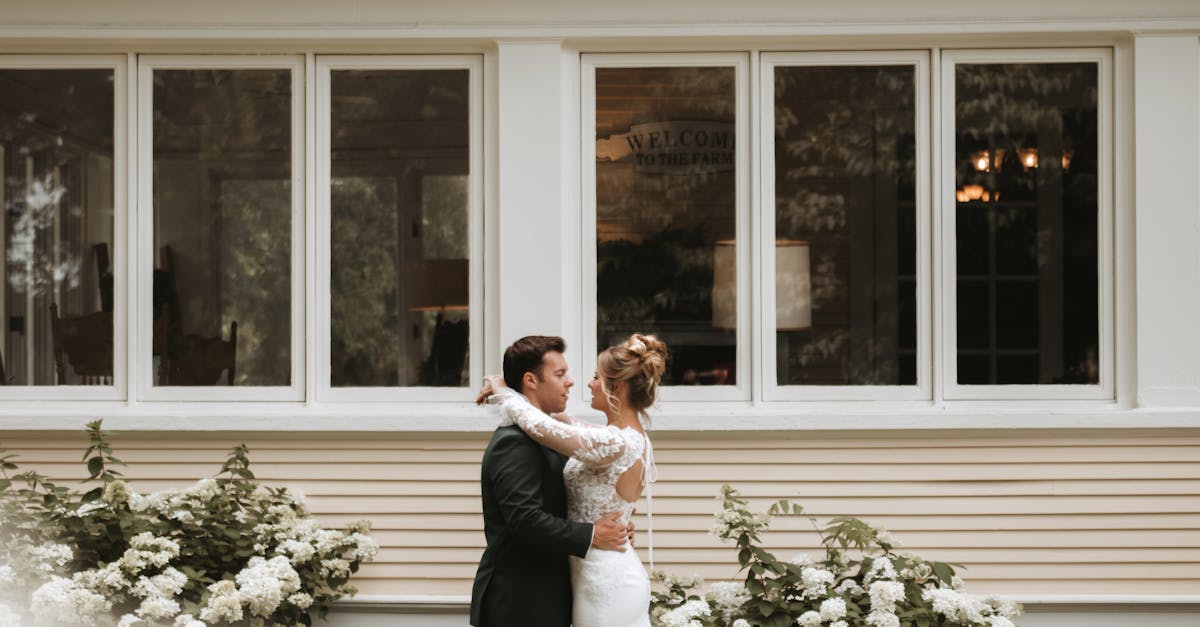
Passive House Construction Techniques: Prefabrication and Modular Construction
In the realm of sustainable construction, innovative techniques play a crucial role in achieving high-performance buildings. Passive house construction has revolutionised the industry by focusing on energy efficiency and reducing carbon footprints. P...
Read more →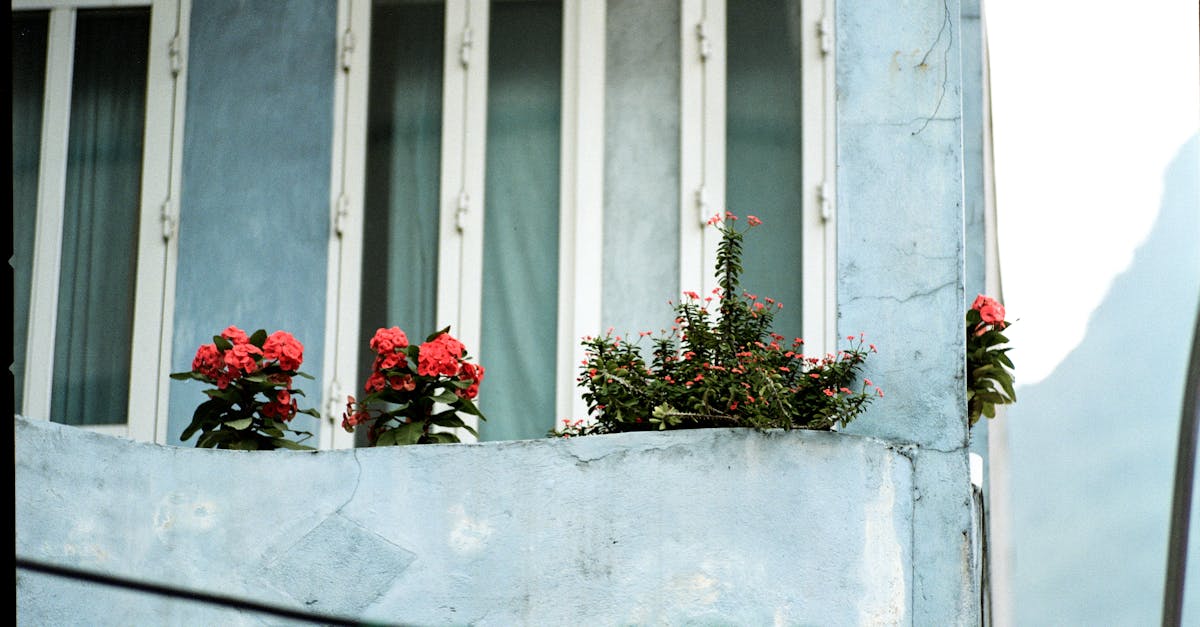
Passive House Construction Techniques: Thermal Bridge-Free Construction
When it comes to Passive House construction, one of the key benefits of implementing thermal bridge-free techniques is the significant improvement in energy efficiency. By eliminating thermal bridges, heat loss is minimized, leading to reduced energy...
Read more →
Passive House Construction Techniques: High Performance Windows and Doors
High-performance windows and doors play a crucial role in the durability and maintenance of passive houses. To ensure longevity, it is essential to choose materials that can withstand various weather conditions and require minimal upkeep. Powder-coat...
Read more →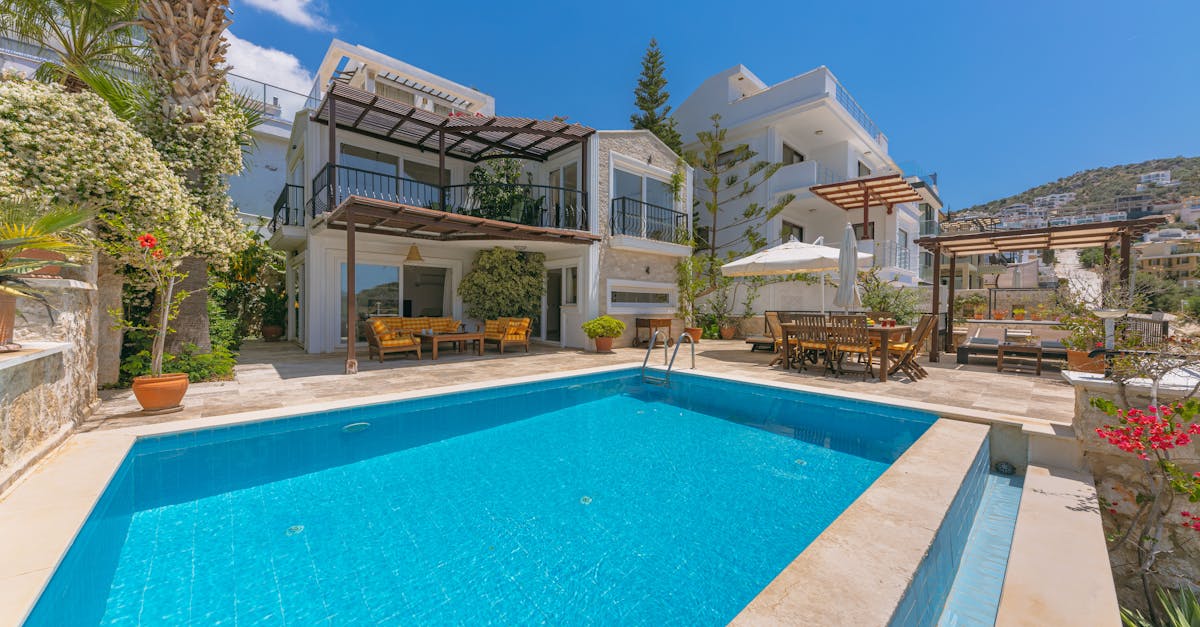
Optimal Building Form and Layout in Passive House Design
Energy-efficient heating and cooling systems play a crucial role in achieving the high standards of energy efficiency set by Passive House design principles. The selection of appropriate heating and cooling options is paramount in ensuring optimal th...
Read more →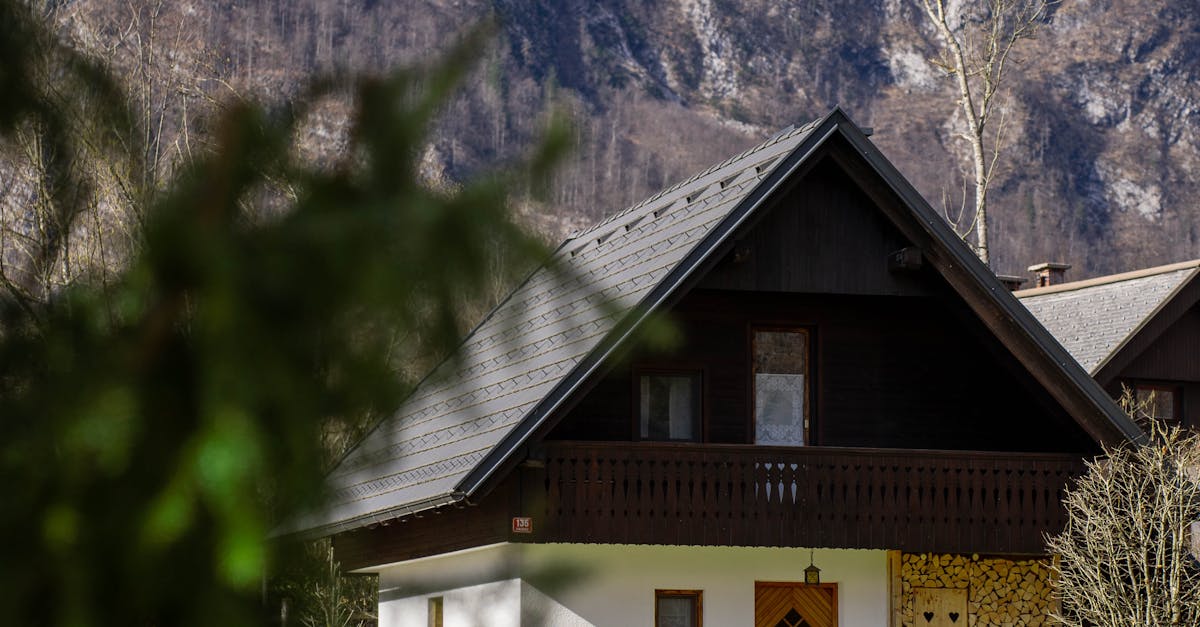
Daylighting and Natural Lighting in Passive House Design
Daylighting plays a crucial role in enhancing the energy efficiency of Passive House design by reducing the reliance on artificial lighting during daylight hours. By strategically incorporating windows, skylights, and other openings that allow natura...
Read more →
Role of Thermal Mass in Passive House Design
Thermal mass plays a crucial role in the design of passive houses, requiring careful maintenance to ensure optimal performance. By preserving the integrity of the materials used for thermal mass, the building can continue to effectively regulate inte...
Read more →
Minimizing Energy Demand with Passive House Design Principles
Thermal mass plays a crucial role in ensuring the energy efficiency of passive house design. By incorporating materials with high thermal mass like concrete, brick, or stone into the building structure, passive houses can effectively regulate indoor ...
Read more →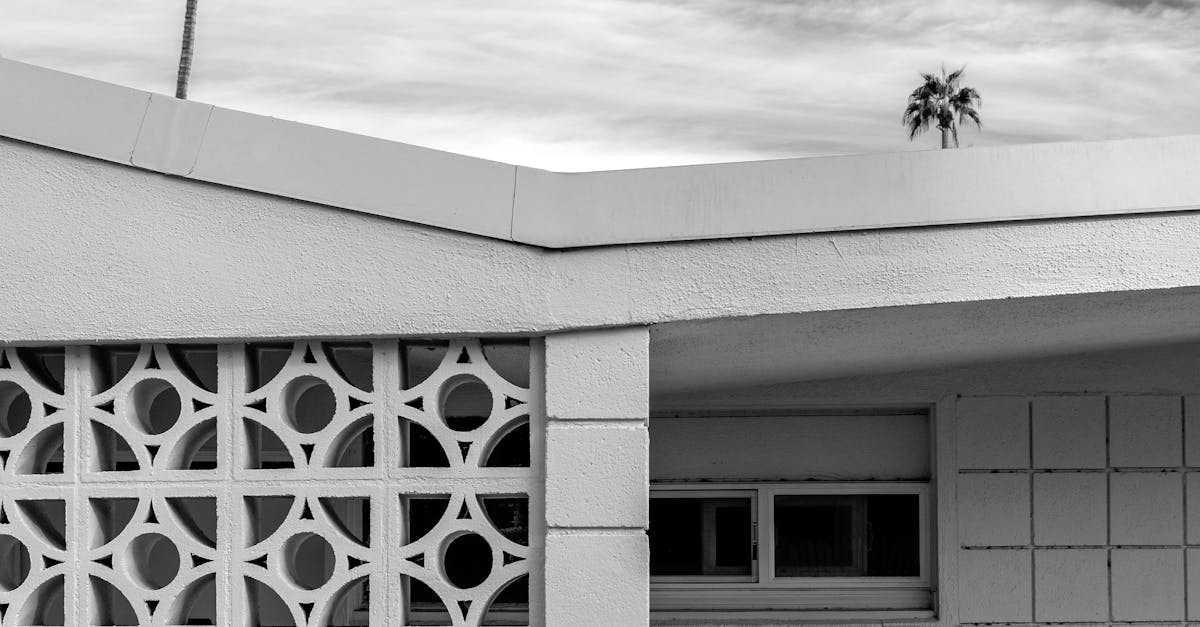
Passive Solar Design Techniques for Passive House Construction
Shading techniques play a crucial role in the passive solar design of a passive house, especially during the scorching Australian summer months. By strategically incorporating eaves, awnings, and trees around the house, it is possible to effectively ...
Read more →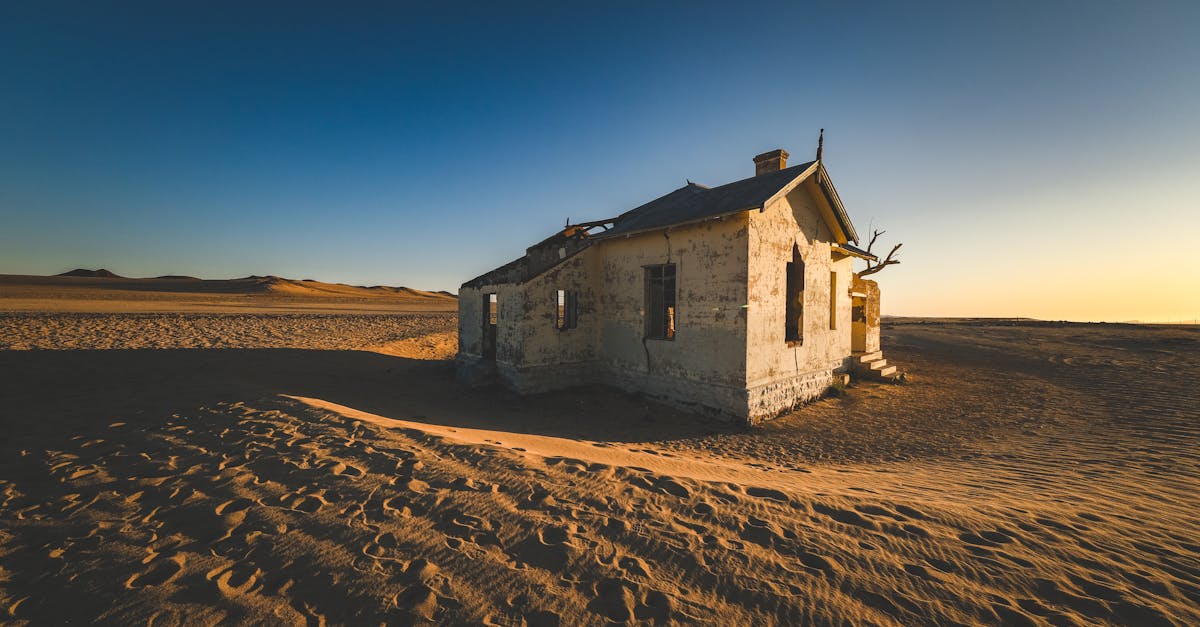
Shading and Overheating Prevention in Passive House Design
Passive house design focuses on the efficient integration of ventilation systems to ensure optimal indoor air quality and thermal comfort. By strategically placing windows, vents, and ducts, designers can take advantage of natural air flows to regula...
Read more →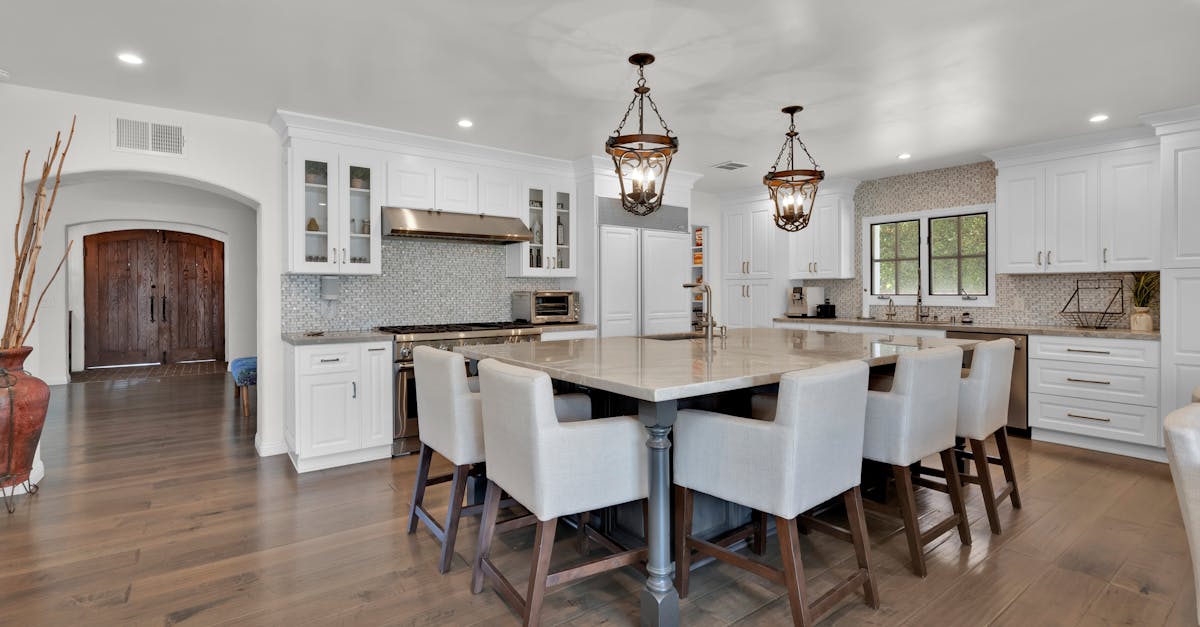
Ventilation Strategies in Passive House Design Principles
Ventilation control strategies play a crucial role in ensuring optimal indoor air quality and thermal comfort within a passive house setting. By implementing smart ventilation automation systems, homeowners can regulate the flow of fresh air into the...
Read more →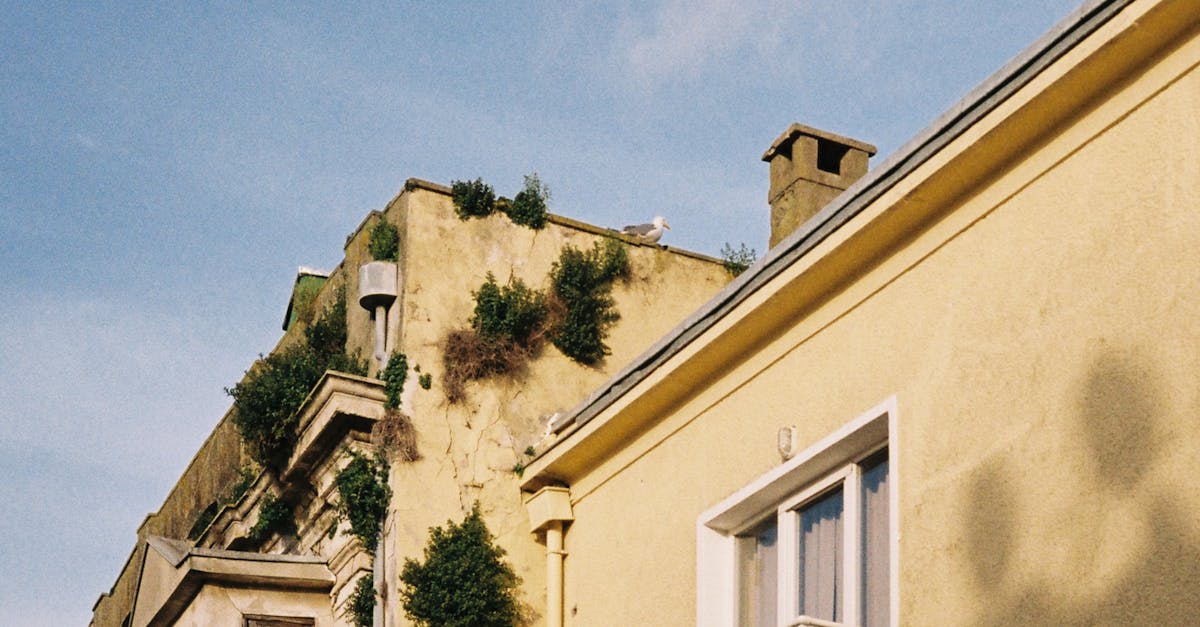
Importance of High-Performance Windows in Passive House Design
Passive house design involves creating a living space that prioritizes the comfort and wellbeing of its occupants. High-performance windows play a crucial role in enhancing the overall livability of a passive house. These windows are designed to prov...
Read more →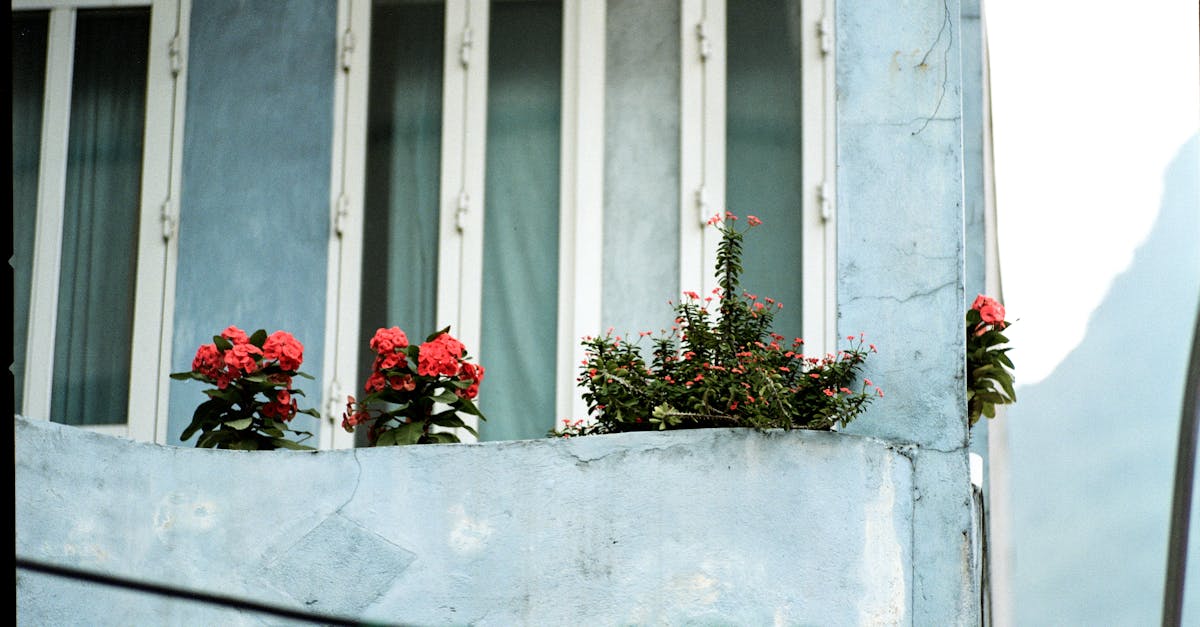
Thermal Bridge Free Construction in Passive House Design
Thermal bridge free construction in passive house design can incur higher upfront costs compared to traditional building methods. The implementation of thermal bridge free details requires careful planning and precision during construction, which can...
Read more →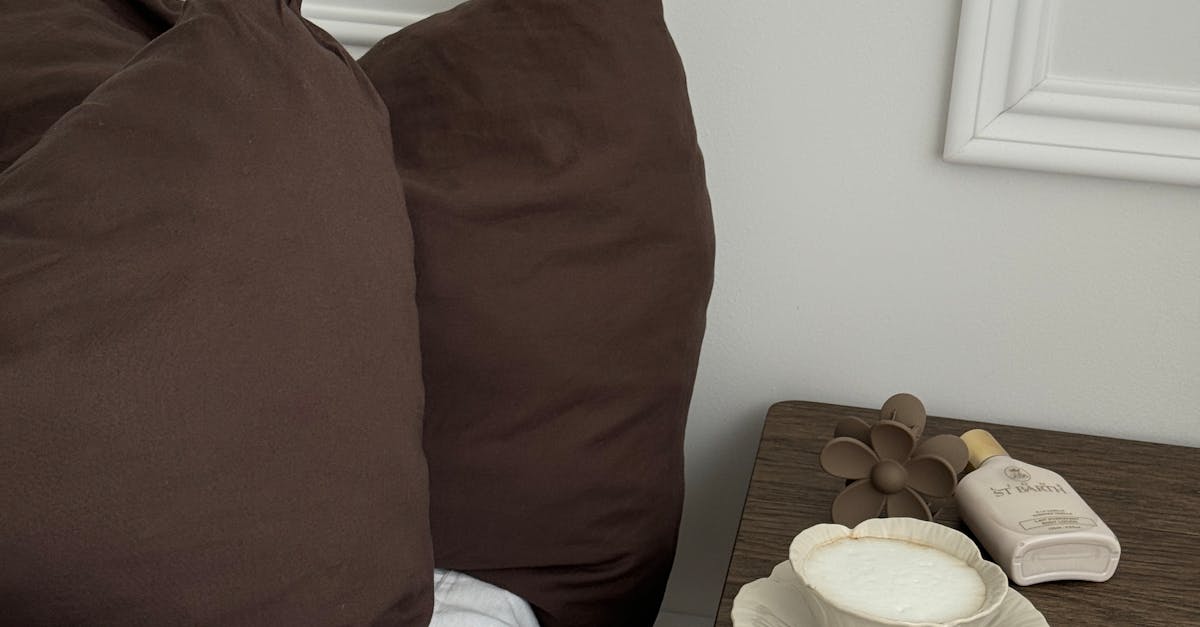
Orientation and Solar Heat Gain in Passive House Design Principles
Efficient glazing is a critical element in the design of passive houses, playing a significant role in regulating heat gain and loss. By carefully selecting high-performance windows and doors, passive house designers can maximise natural light while ...
Read more →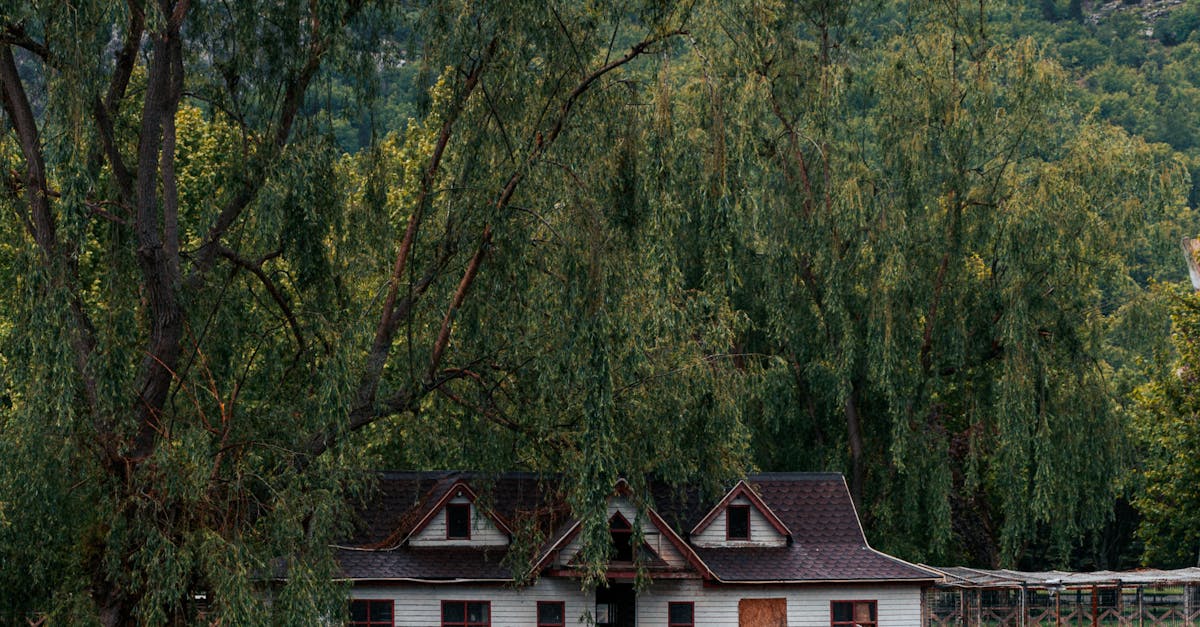
Passive House Design: Balancing Solar Gain and Shading
In Passive House design, the integration of thermal mass plays a crucial role in regulating indoor temperatures and reducing energy consumption. Thermal mass refers to the capacity of a material to absorb, store, and release heat efficiently. Utilizi...
Read more →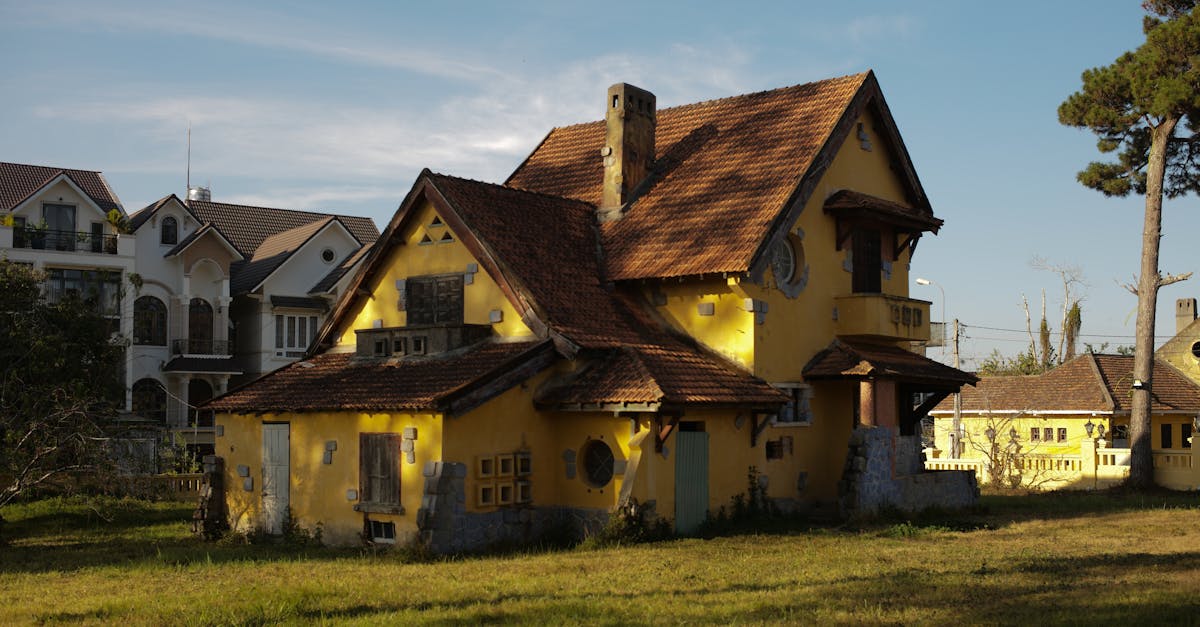
Integrating Solar Gain and Shading into Passive House Architecture
Insulation plays a critical role in achieving optimal thermal performance within passive house architecture. By incorporating high-quality insulating materials into the construction process, buildings can effectively minimize heat loss during colder ...
Read more →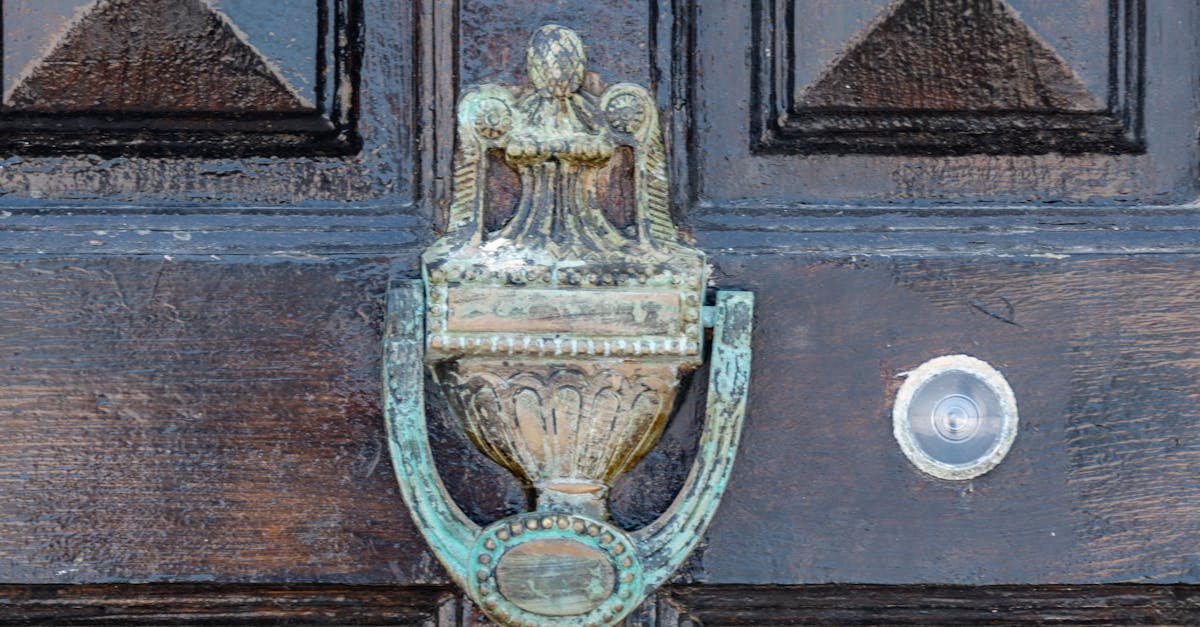
Impact of Solar Gain on Passive House Energy Performance
To effectively monitor and evaluate the performance of solar gain in passive houses, it is essential to employ a combination of tools and techniques that provide detailed insights into the energy efficiency of the building. Utilising solar monitoring...
Read more →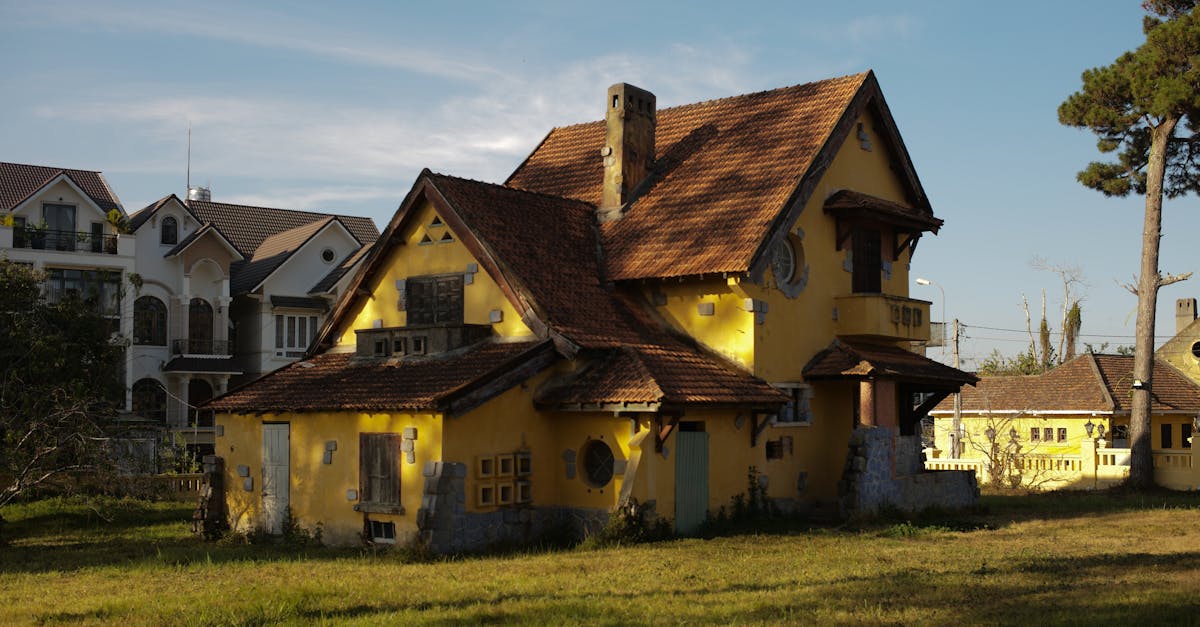
Passive House Shading Solutions for Maximum Solar Efficiency
To ensure the longevity of shading systems in passive houses, regular maintenance is crucial. Dust and debris can accumulate on shading fixtures over time, affecting their performance and efficiency. By cleaning these fixtures regularly, preferably u...
Read more →
Passive Solar Design Strategies for Passive House Projects
Passive solar design is a key aspect to consider in the creation of energy-efficient and sustainable buildings. By harnessing the power of the sun, passive house projects can significantly reduce their reliance on traditional heating and cooling syst...
Read more →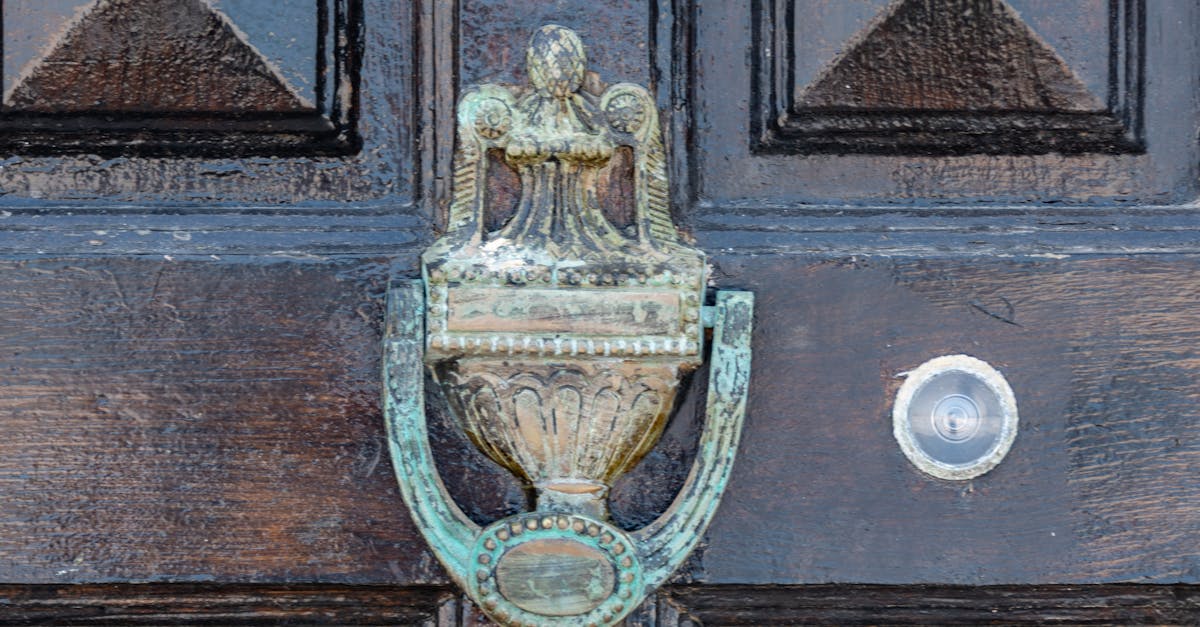
Harnessing Solar Energy for Heating and Lighting in Passive House
When it comes to achieving optimal energy efficiency in a passive house, integrating solar-powered lighting is a key strategy to consider. By harnessing the power of the sun, solar lighting fixtures can provide a sustainable and cost-effective soluti...
Read more →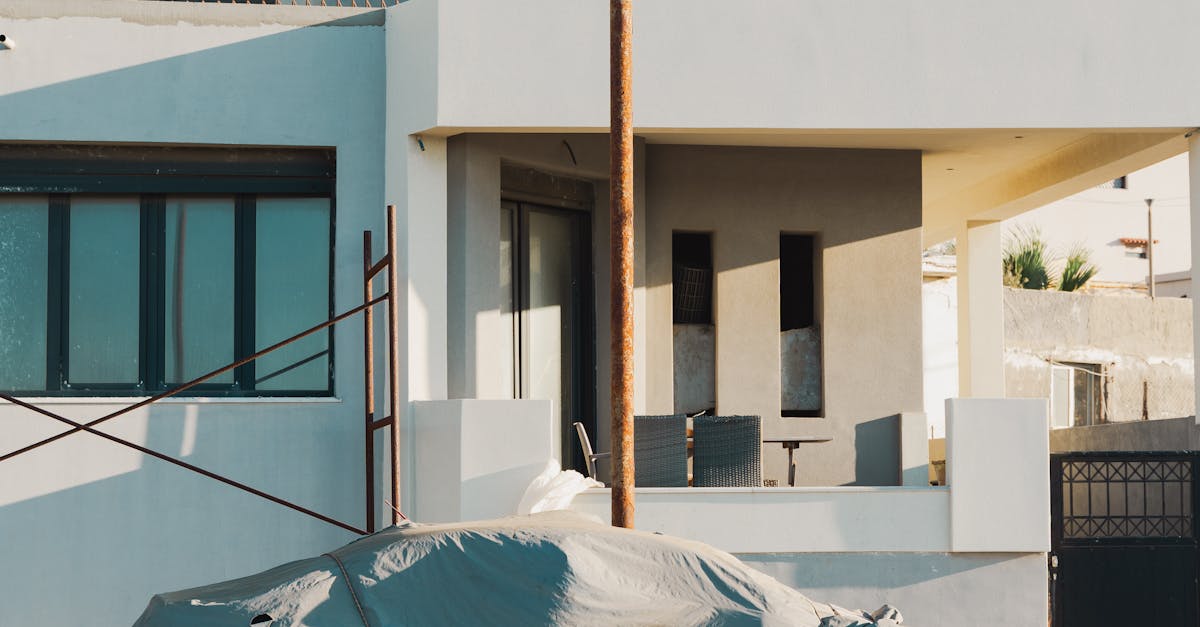
Importance of Thermal Mass in Passive House Solar Gain
To ensure the longevity of thermal mass in a passive house, regular maintenance is crucial. One key maintenance tip is to regularly inspect the thermal mass elements for any signs of wear or damage. This includes checking for cracks, chips, or deteri...
Read more →
Optimising Solar Orientation for Passive House Construction
When it comes to optimising solar orientation for passive house construction, there are various challenges that need to be addressed. One common challenge is overcoming obstacles such as nearby buildings or trees that may obstruct sunlight from reach...
Read more →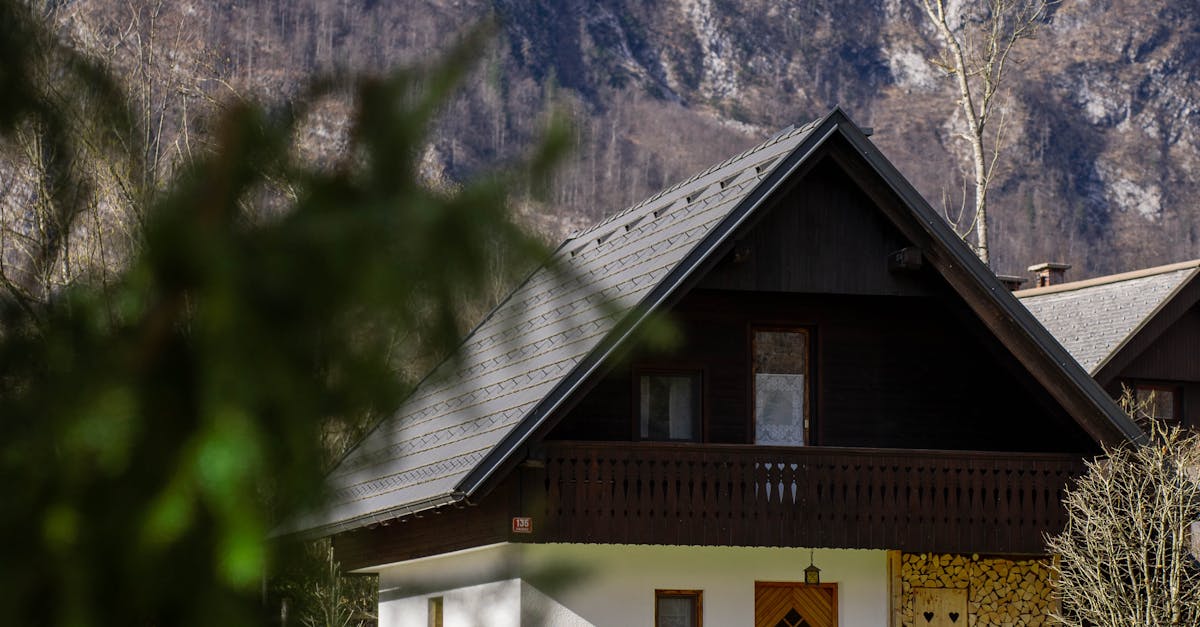
Understanding Solar Shading Techniques for Passive Houses
One effective method for enhancing natural cooling in passive houses is by creating cross ventilation. This technique involves strategically placing windows, doors, or vents on opposite sides of a room or building to facilitate airflow. When these op...
Read more →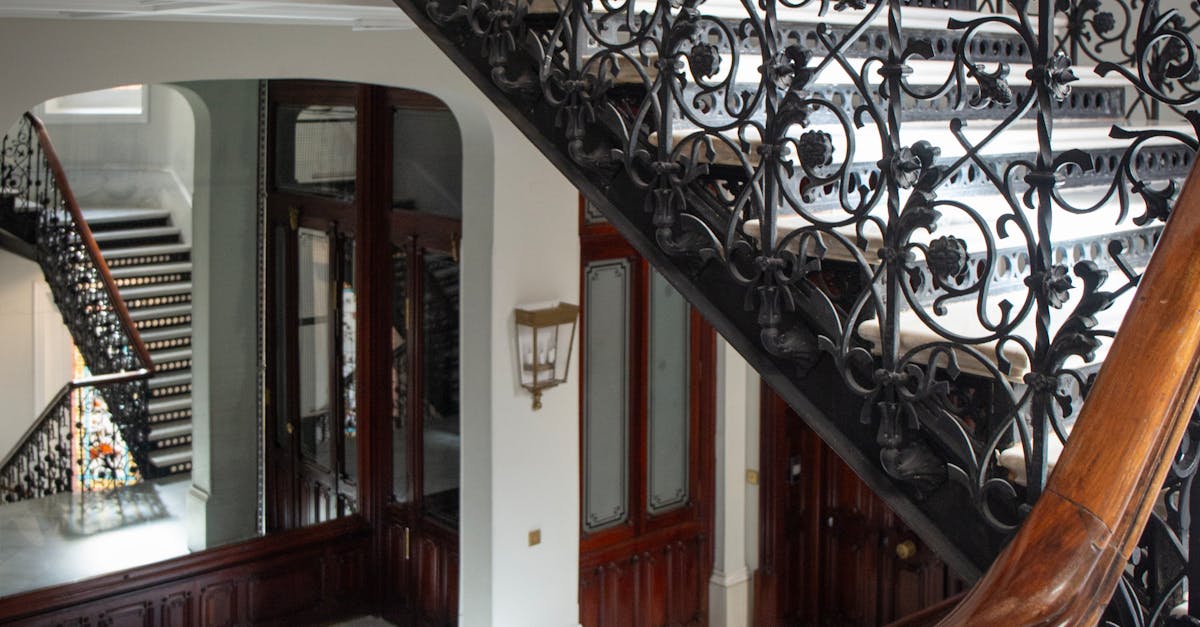
Benefits of Solar Gain in Passive House Design
Solar gain plays a pivotal role in enhancing the property value of buildings, especially in the context of passive house design. Incorporating solar technologies can significantly increase the attractiveness of a property to potential buyers, who oft...
Read more →
Case Studies: Successful Implementation of MVHR in Passive House Buildings
MVHR Integration in a Residential Passive House A case study was conducted to assess the successful integration of Mechanical Ventilation with Heat Recovery (MVHR) in a residential Passive House located in Melbourne. The primary aim was to evaluate h...
Read more →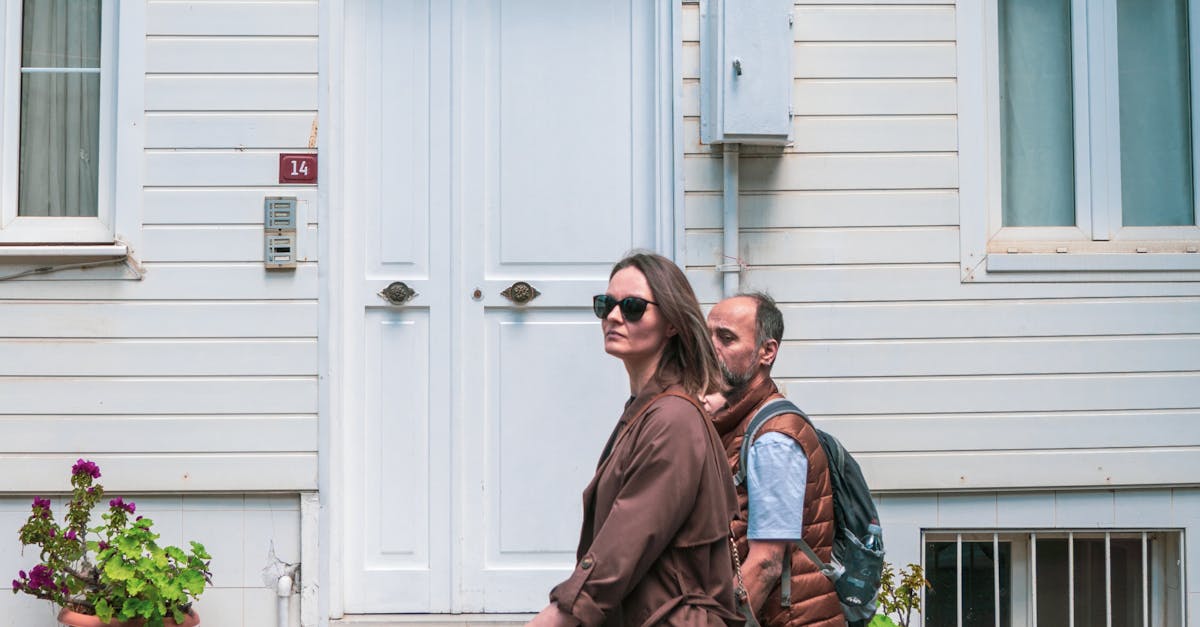
Future Trends and Innovations in MVHR Technology for Passive Houses
There is a growing recognition of the significant health and wellbeing benefits associated with incorporating Mechanical Ventilation with Heat Recovery (MVHR) systems in passive houses. The technology plays a crucial role in ensuring a constant suppl...
Read more →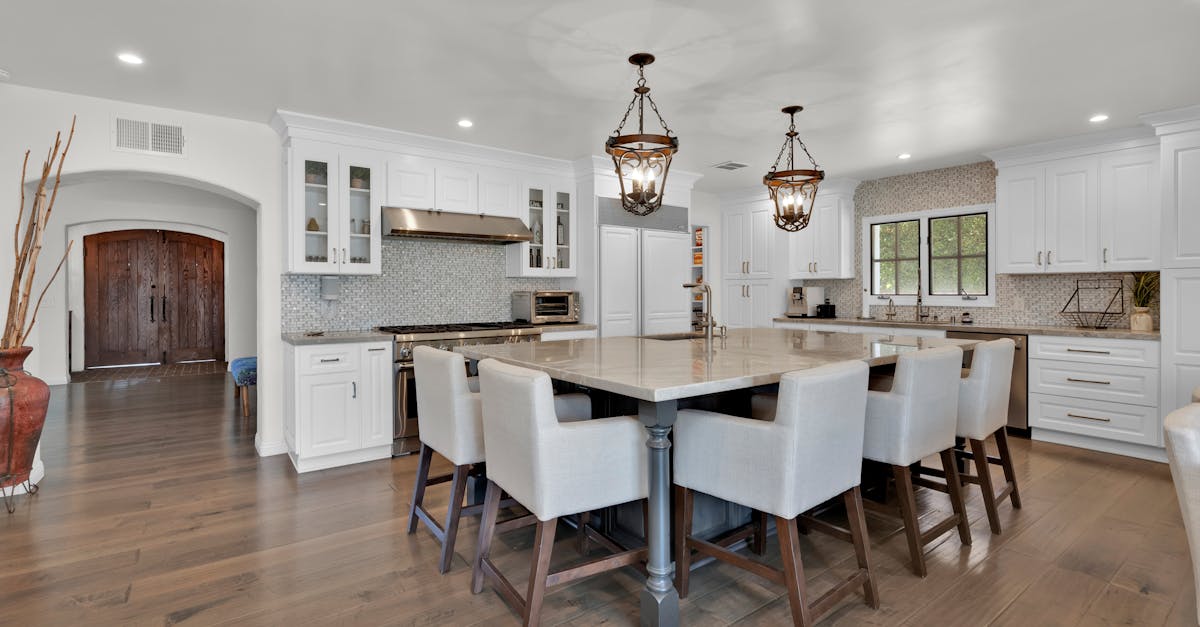
Integrating MVHR with Other Passive House Principles for Maximum Efficiency
To maintain optimal indoor air quality, managing moisture levels is crucial in Passive House design. Moisture can lead to mold growth and poor air quality if not controlled effectively. This can be achieved by integrating Mechanical Ventilation with ...
Read more →
Cost Considerations for Implementing MVHR in Passive House Projects
In Passive House projects, budget allocation for Mechanical Ventilation with Heat Recovery (MVHR) implementation is a crucial aspect to consider. Setting aside adequate funds for the integration of an efficient MVHR system is essential to ensure opti...
Read more →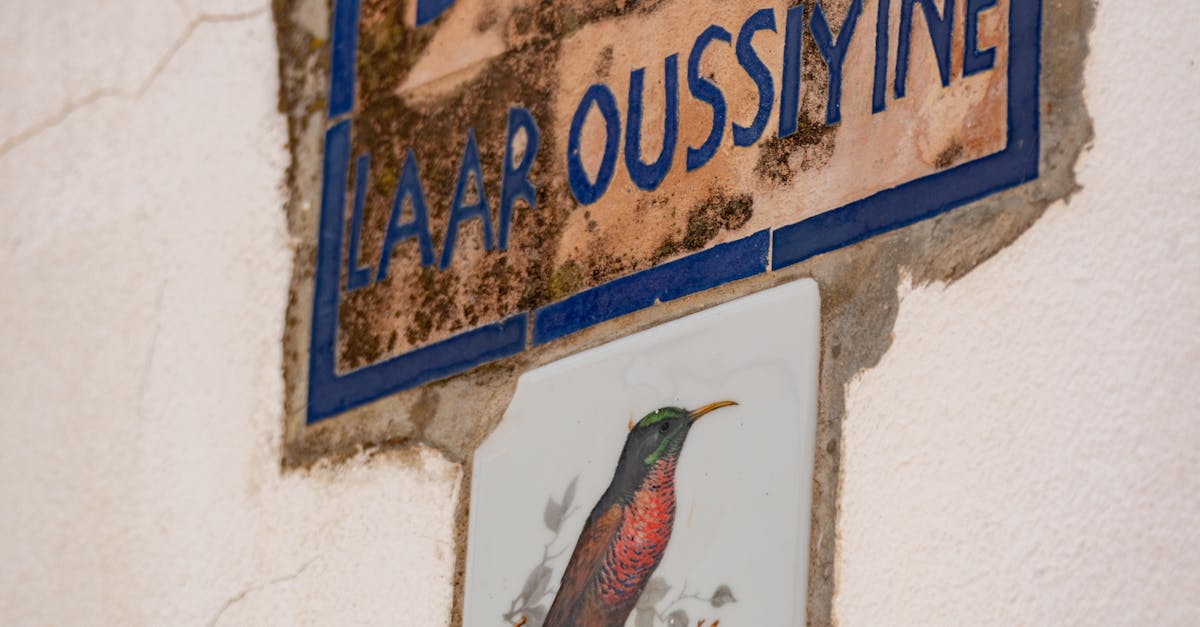
Optimizing Indoor Air Quality with MVHR in Passive Houses
When it comes to optimizing indoor air quality in passive houses, integrating Mechanical Ventilation with Heat Recovery (MVHR) systems with other air quality solutions is essential. One effective method is to combine MVHR systems with High-Efficiency...
Read more →
Maintenance and Operation of MVHR Systems in Passive Houses
Regular maintenance is essential for prolonging the lifespan of Mechanical Ventilation with Heat Recovery (MVHR) systems in passive houses. One key aspect of extending the longevity of these systems is to ensure that air filters are frequently checke...
Read more →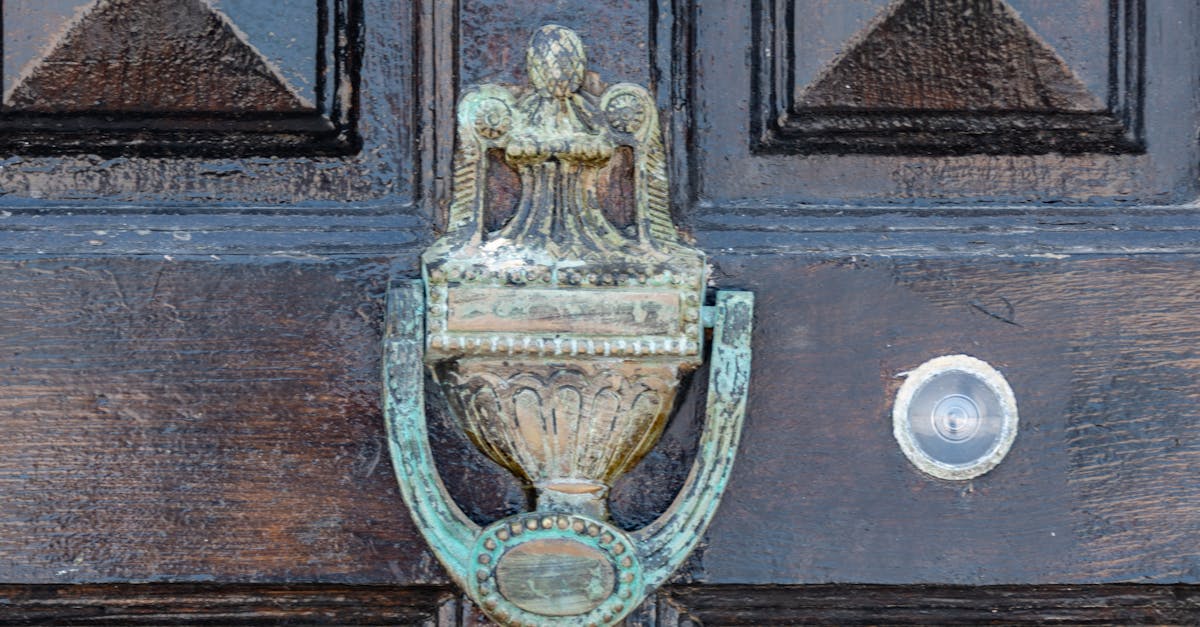
MVHR Installation Best Practices for Passive House Construction
Regular maintenance and cleaning are crucial for ensuring the optimal performance and longevity of MVHR systems in Passive House construction. To maintain the efficiency of the unit, it is recommended to establish a routine cleaning schedule. Dust an...
Read more →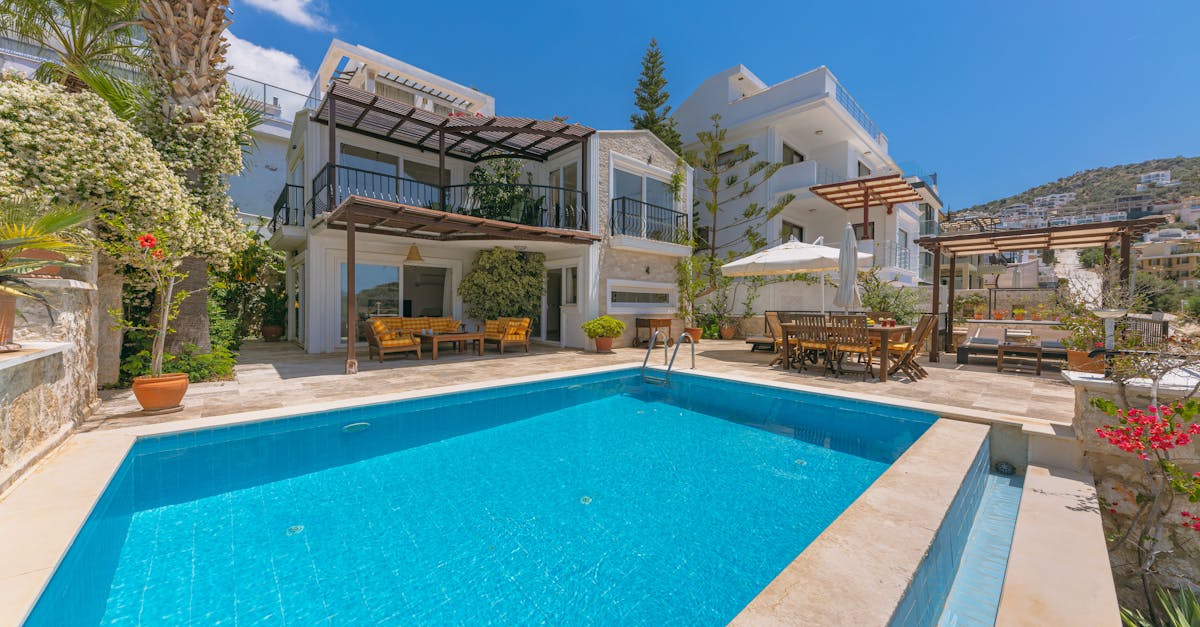
Choosing the Right MVHR System for Your Passive House
Installing a Mechanical Ventilation with Heat Recovery (MVHR) system in your Passive House is a crucial step towards achieving optimal indoor air quality and energy efficiency. The installation process involves several key steps that need to be metic...
Read more →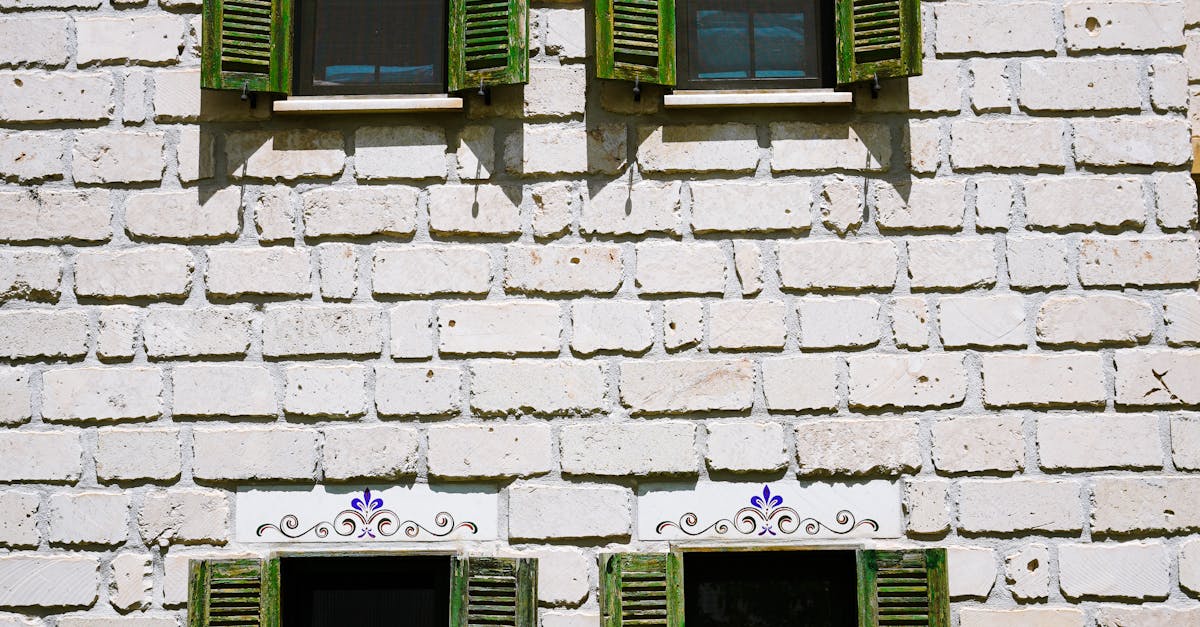
Understanding the Role of MVHR in Achieving Energy Efficiency in Passive Houses
MVHR systems, while highly beneficial for maintaining a comfortable indoor environment, can encounter common issues that may compromise their performance. One prevalent issue is inadequate maintenance, where filters become clogged with dust and debri...
Read more →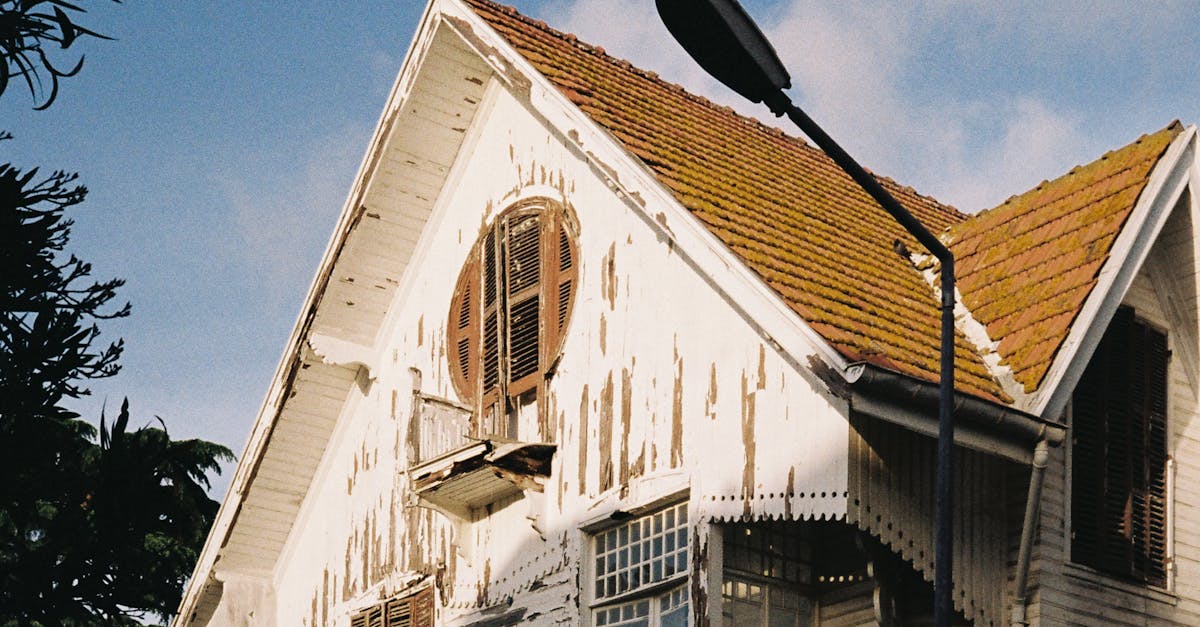
Importance of Mechanical Ventilation with Heat Recovery in Passive House Design
Maintenance practices for mechanical ventilation systems in passive houses are crucial for ensuring optimal performance and energy efficiency. Regular inspections and cleaning of filters are essential to prevent the build-up of dust and debris, which...
Read more →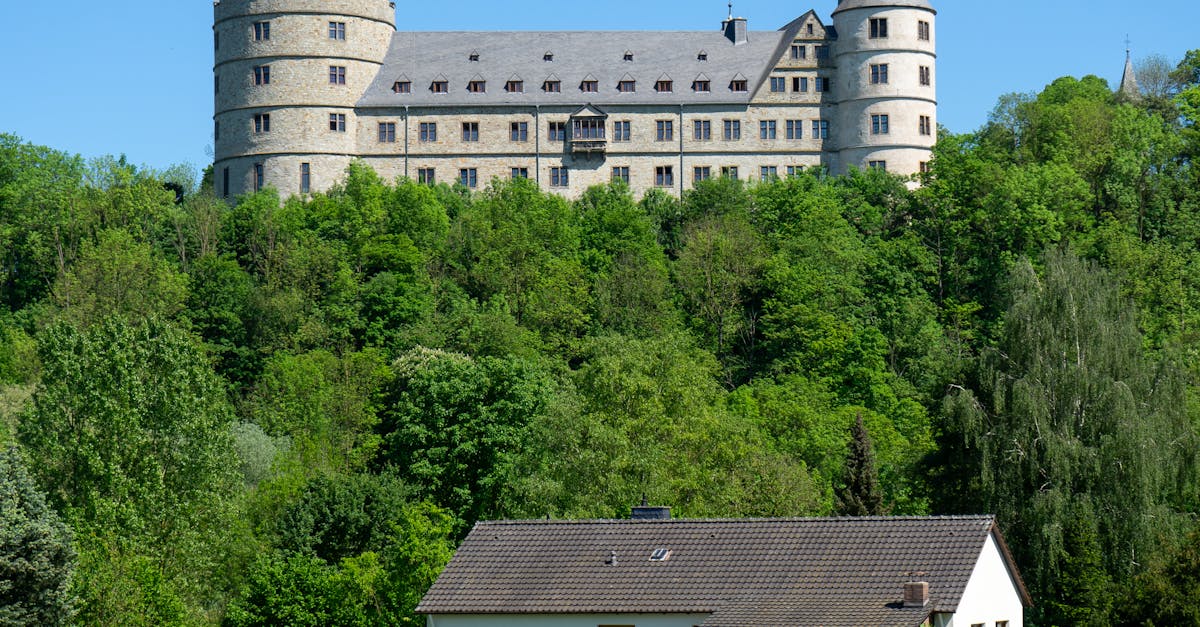
Passive House Standards for Thermal Bridge-Free Construction
The Passive House certification process involves a comprehensive evaluation of a building's design, construction, and performance to ensure it meets the stringent energy efficiency requirements set by the Passive House Institute. To begin the certifi...
Read more →
Cost-Effective Thermal Bridge-Free Strategies for Passive House
Utilising thermal mass effectively is a critical aspect of designing a cost-effective, thermal bridge-free Passive House. By strategically placing materials with high thermal mass, such as concrete, inside the building envelope, the structure can abs...
Read more →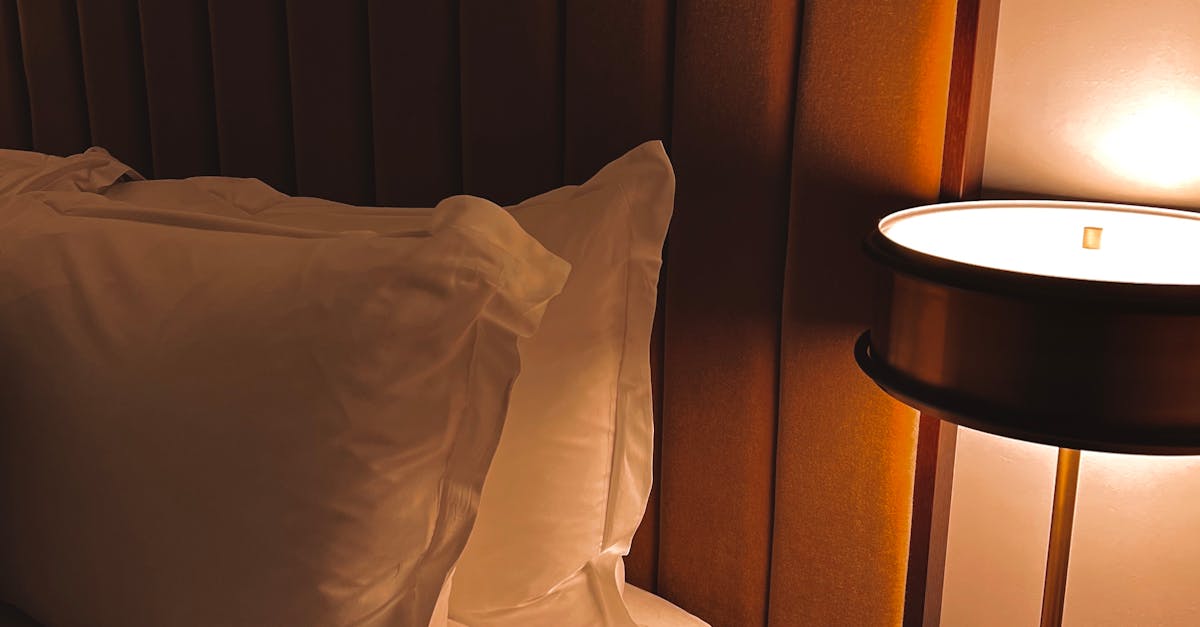
Innovations in Thermal Bridge-Free Construction for Passive House
Thermal bridge-free construction offers a myriad of benefits for passive house projects. By eliminating thermal bridges, which are pathways that allow heat to bypass insulation, these structures achieve superior energy efficiency. This results in red...
Read more →
Passive House Certification and Thermal Bridge-Free Requirements
Passive houses are specifically designed to ensure optimal indoor air quality, comfort, and energy efficiency for occupants. Proper ventilation plays a crucial role in maintaining a healthy living environment within these highly insulated and airtigh...
Read more →
Case Studies of Successful Thermal Bridge-Free Construction in Passive House
Passive House certification requirements for thermal bridge-free construction are essential to ensure the energy efficiency and overall performance of a building. The Passive House standard mandates that thermal bridges, which can result in heat loss...
Read more →
Challenges and Solutions in Achieving Thermal Bridge-Free Design
Thermal bridges can significantly impact the energy efficiency and comfort of buildings, making their detection crucial for achieving thermal bridge-free design. In recent years, advancements in tools and technologies have greatly improved the abilit...
Read more →
Thermal Bridge-Free Construction Materials for Passive House
When it comes to installing thermal bridge-free materials in passive house construction, proper technique is crucial to ensure maximum energy efficiency and thermal performance. One of the key principles is to carefully plan and design the layout of ...
Read more →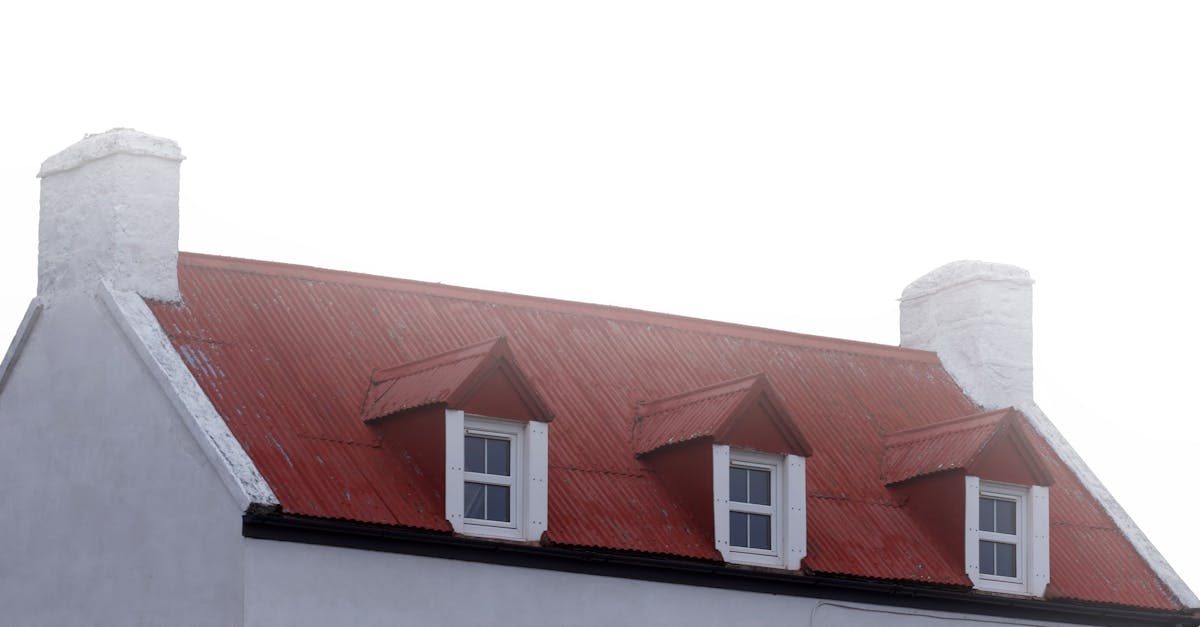
Best Practices for Thermal Bridge-Free Construction in Passive House
Employing double-stud walls and insulated concrete forms are effective strategies to achieve a thermal bridge-free construction in Passive House projects. Double-stud walls involve constructing two parallel stud walls with a gap in between, which all...
Read more →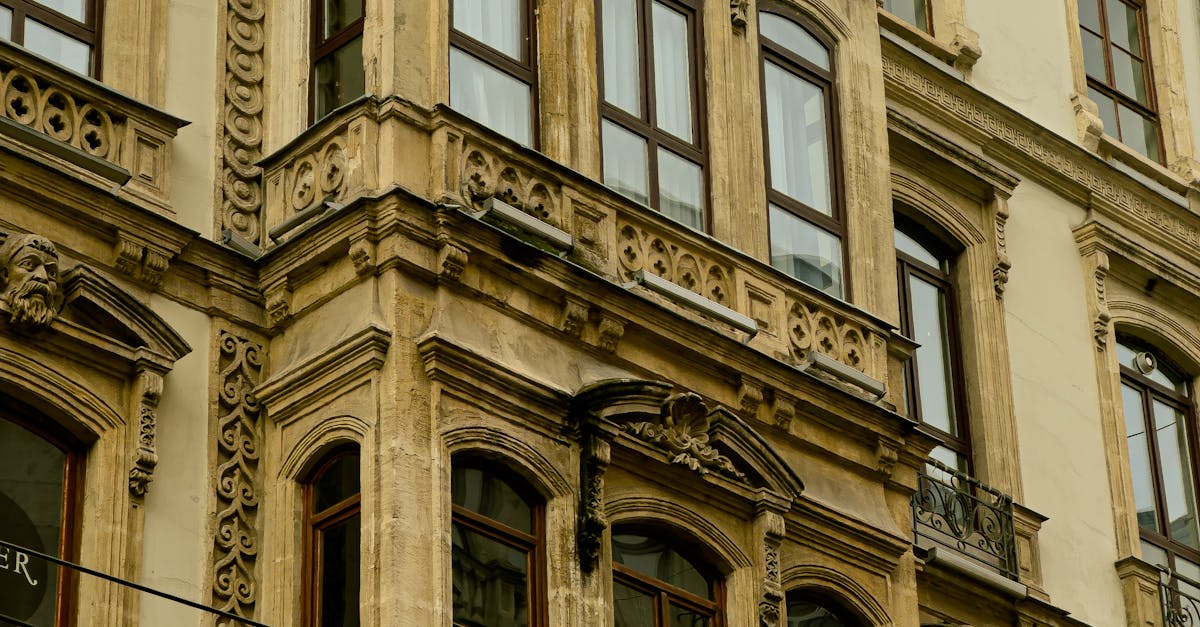
Importance of Thermal Bridge-Free Design in Passive House
Retrofitting existing buildings with thermal bridge-free design principles is crucial in enhancing energy efficiency and sustainability. One effective strategy involves integrating external insulation and insulated cladding systems to minimise therma...
Read more →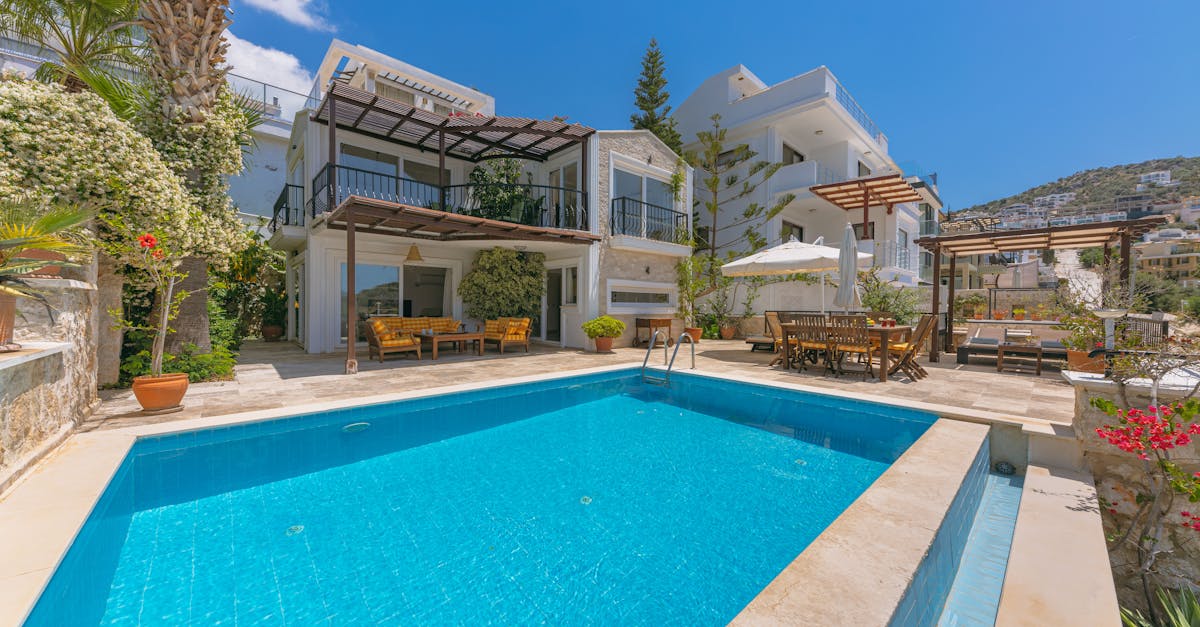
Understanding Thermal Bridges in Passive House Construction
Thermal breaks play a crucial role in passive house construction by preventing heat transfer through building elements. These breaks are typically made from materials with low thermal conductivity, such as rigid foam insulation or insulated connector...
Read more →
Regulatory Standards and Certifications for High-Performance Windows and Doors in Passive House Construction
Insulation and airtightness criteria are crucial considerations when selecting windows and doors for passive house construction in Australia. Passive houses are designed to be highly energy efficient, with insulation playing a key role in maintaining...
Read more →
Case Studies: High-Performance Windows and Doors in Real Passive House Projects
In a recent passive house retrofit project in Hobart, high-performance windows and doors were installed to improve energy efficiency and indoor comfort. The owners were seeking sustainable living solutions that would align with their environmentally ...
Read more →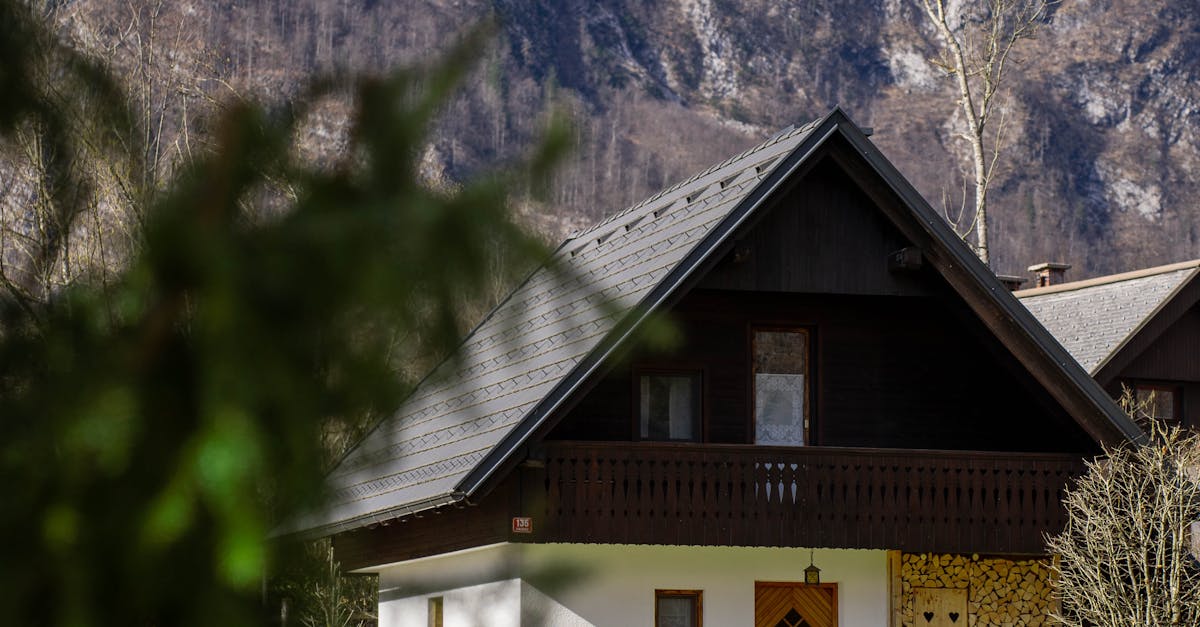
Innovations and Trends in High-Performance Windows and Doors for Passive House Applications
When it comes to modern window design, durability and weather resistance are two key factors that cannot be overlooked. High-performance windows are specifically engineered to withstand the harshest weather conditions, ensuring longevity and function...
Read more →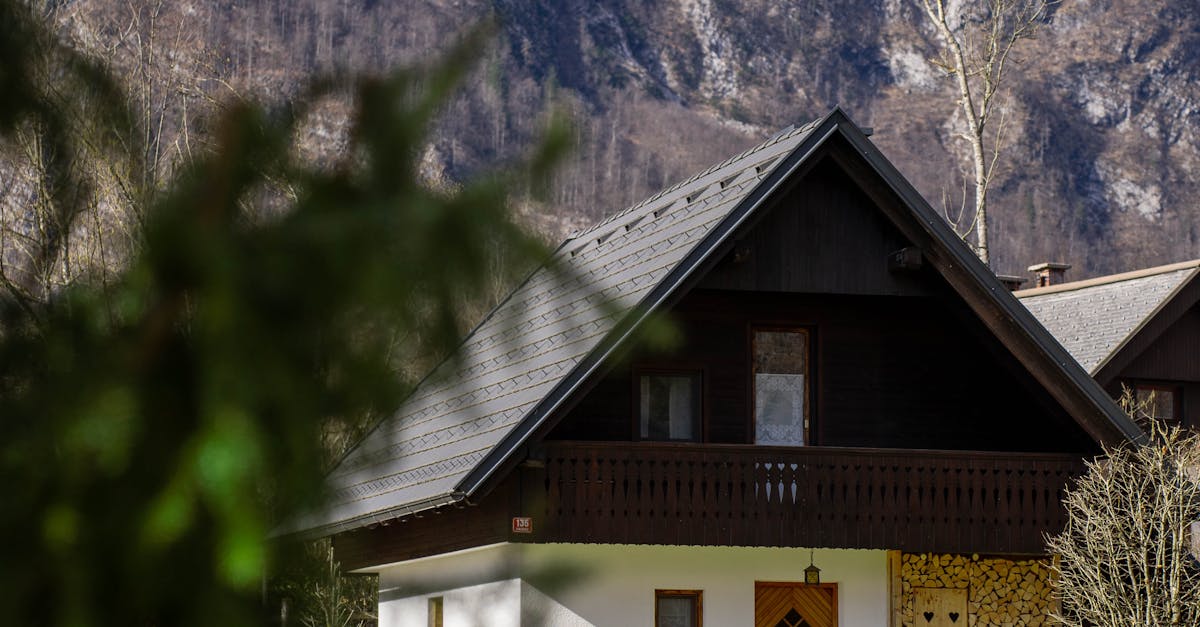
Cost Considerations for High-Performance Windows and Doors in Passive House Design
High-performance windows and doors are essential components of passive house design, but the costs of professional installation can sometimes deter homeowners from making the upgrade. Hiring experts for window and door installation is a crucial inves...
Read more →
Maintenance and Care of High-Performance Windows and Doors in Passive House Structures
High-performance windows and doors play a crucial role in enhancing the security of passive house structures. To bolster the security features of these components, upgrading locks and security systems regularly is imperative. It is essential to ensur...
Read more →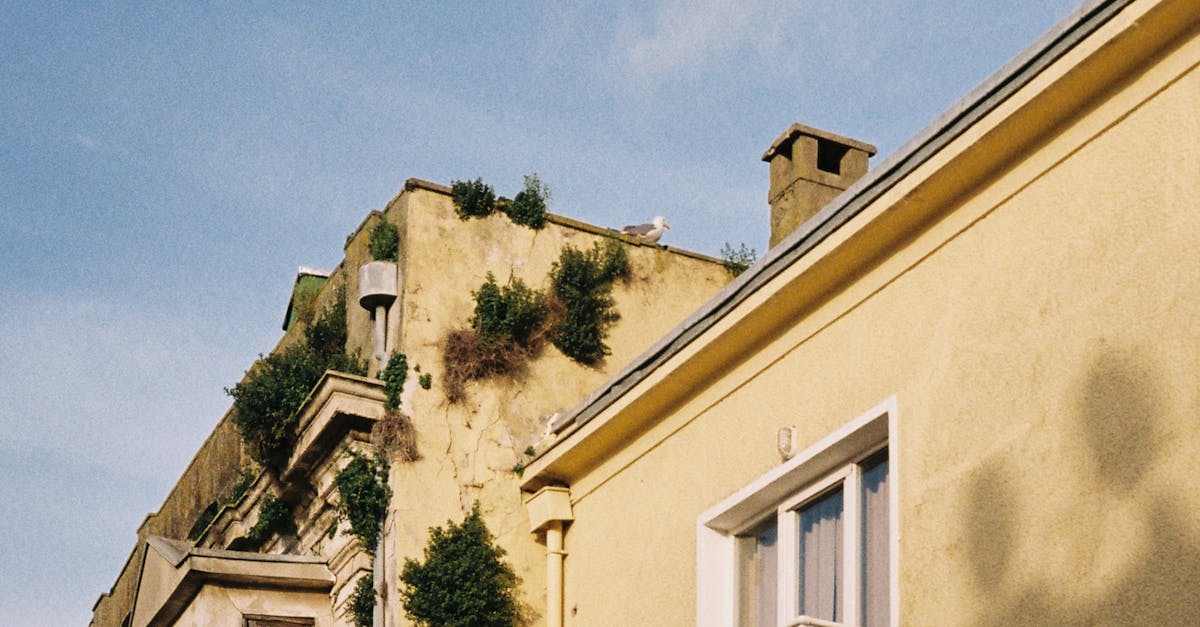
Installation Techniques for High-Performance Windows and Doors in Passive House Projects
In high-performance windows and doors, preventing air leakage through gaps and joints is crucial to maintaining energy efficiency and comfort within a passive house project. The sealing of these openings helps to create a barrier against external ele...
Read more →
Energy Efficiency Benefits of High-Performance Windows and Doors in Passive House Buildings
High-performance windows and doors play a crucial role in enhancing the energy efficiency of Passive House buildings. When selecting windows and doors for such structures, it is essential to consider various design options that can significantly cont...
Read more →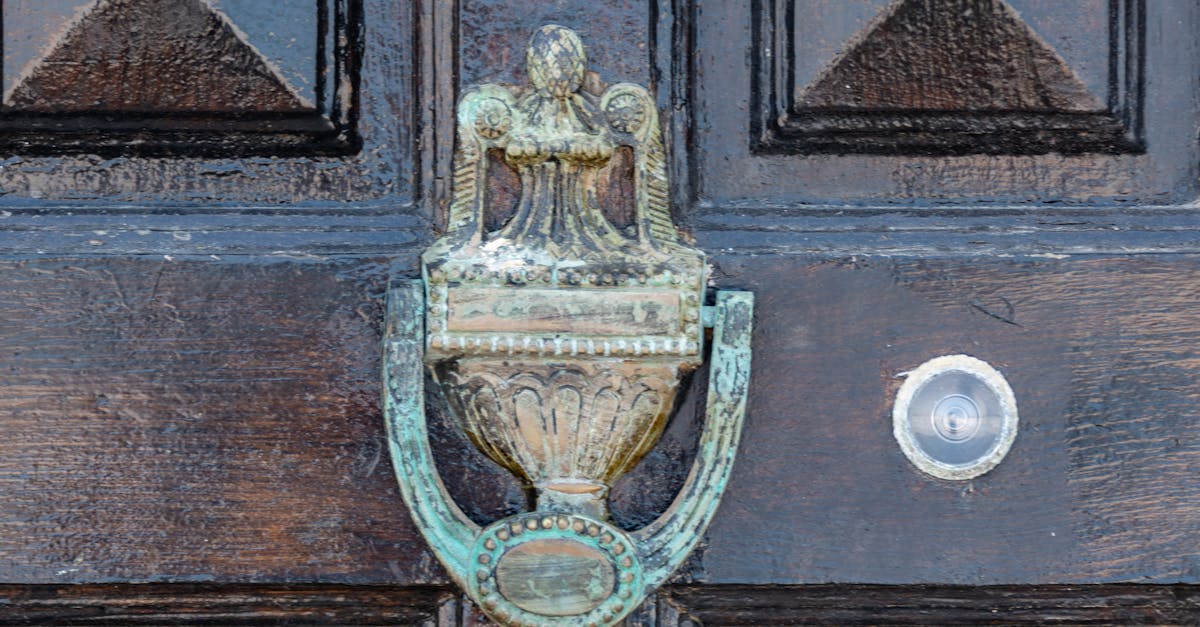
Design Considerations for High-Performance Windows and Doors in Passive House Construction
Acoustic comfort is a crucial aspect of creating a peaceful indoor environment in passive house construction. When designing high-performance windows and doors, incorporating noise reduction techniques can significantly enhance the overall comfort le...
Read more →
Importance of High-Performance Windows and Doors in Passive House Design
One key aspect that makes high-performance windows and doors stand out in passive house design is their exceptional design flexibility. The ability to customise these elements to suit specific architectural styles and preferences allows homeowners an...
Read more →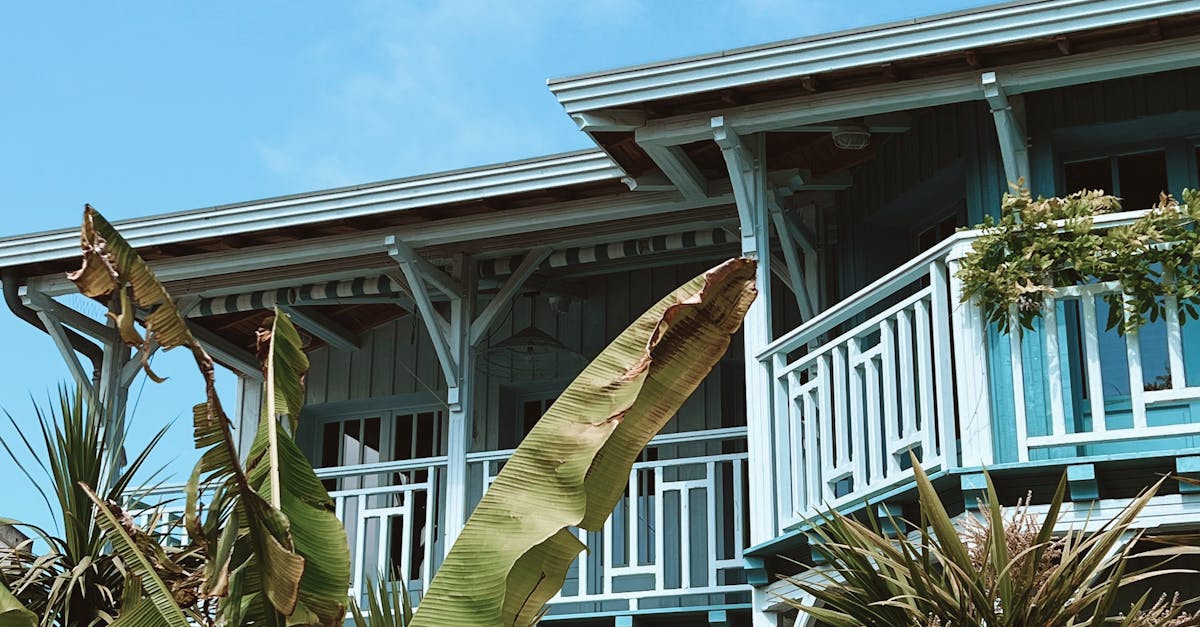
Materials and Technologies for High-Performance Windows and Doors
High-performance windows and doors play a crucial role in providing security for any building. To enhance the safety features of windows and doors, one effective technology that is commonly used is the implementation of multi-point locking systems. T...
Read more →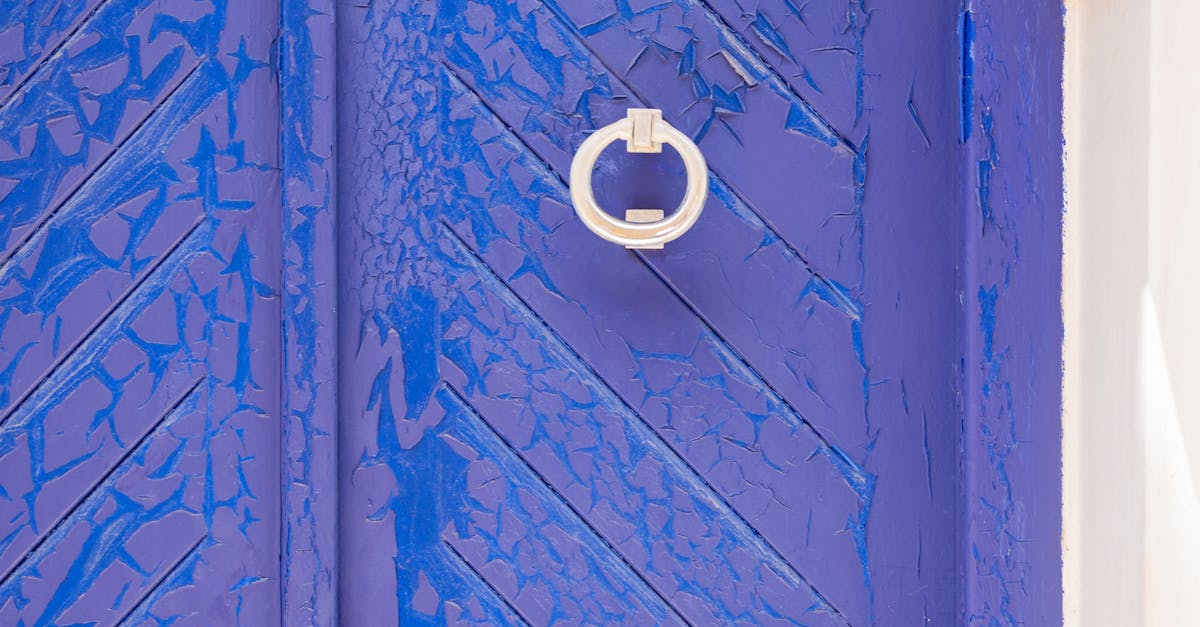
Insulation and Airtightness: Key Considerations for Passive House Renovations
In airtight houses, proper ventilation is crucial to maintain indoor air quality and ensure the health and comfort of occupants. Mechanical ventilation systems play a key role in achieving this balance by continuously exchanging stale indoor air with...
Read more →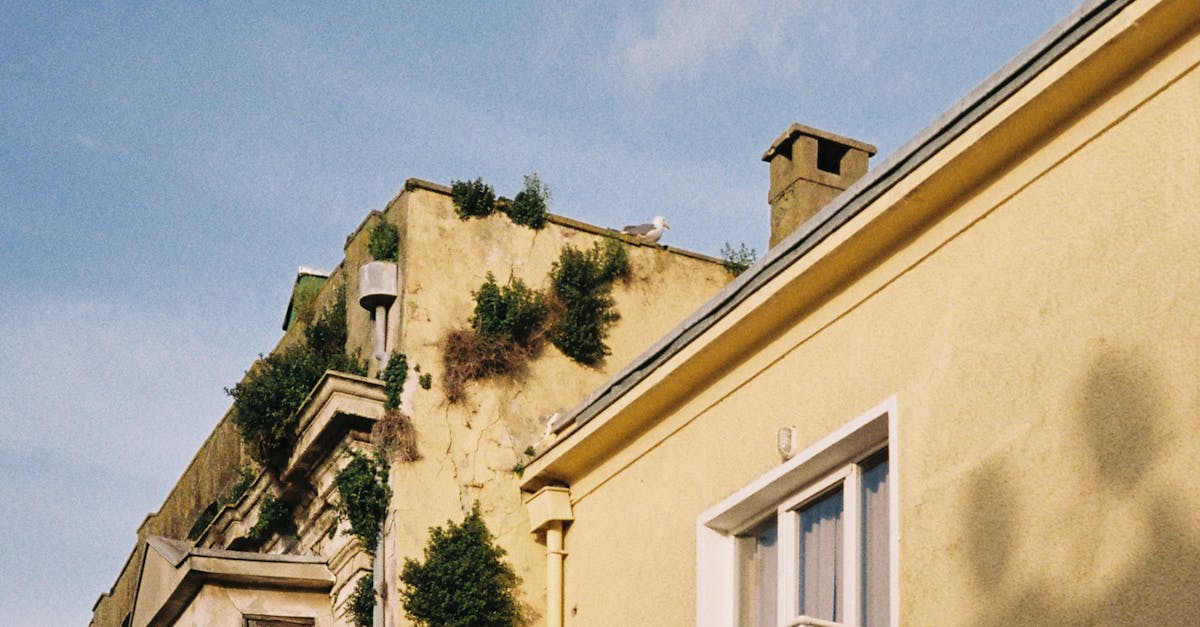
Vapor Control and Insulation in Passive House Construction
Ventilation plays a crucial role in ensuring a healthy indoor environment in passive house construction. Proper ventilation is essential for maintaining indoor air quality by regulating the flow of fresh air and controlling moisture levels. In passiv...
Read more →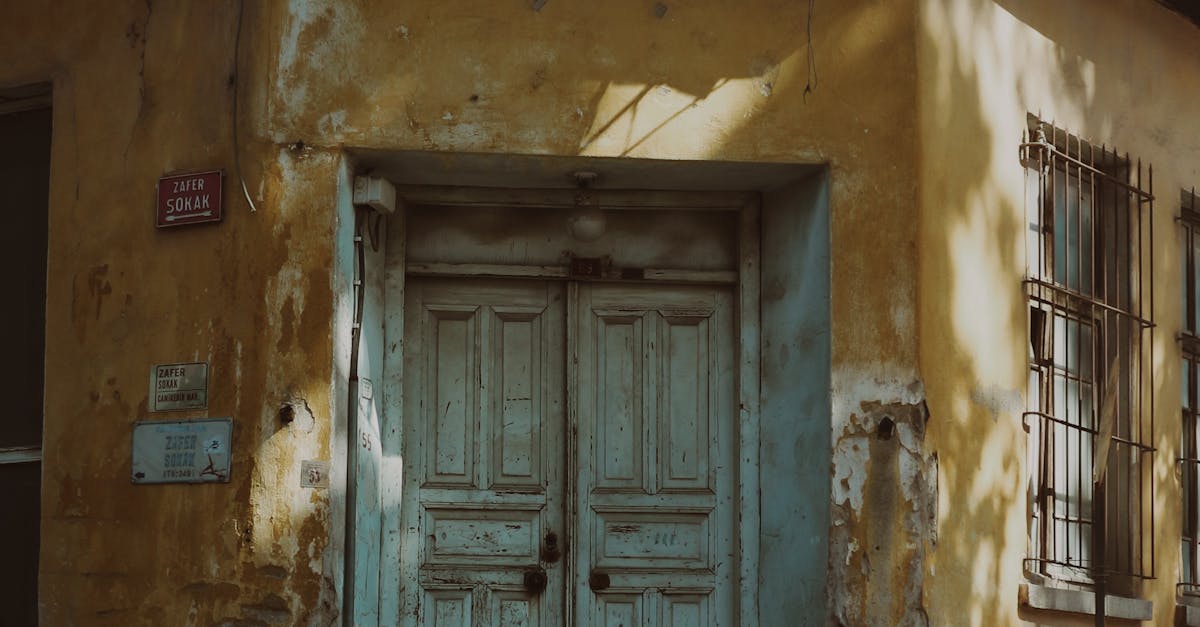
Airtightness Measures in Passive House Retrofitting
One of the key aspects of enhancing airtightness in passive house retrofitting is the selection of sustainable materials and solutions. Choosing eco-friendly sealants and insulation options can significantly contribute to improving the overall airtig...
Read more →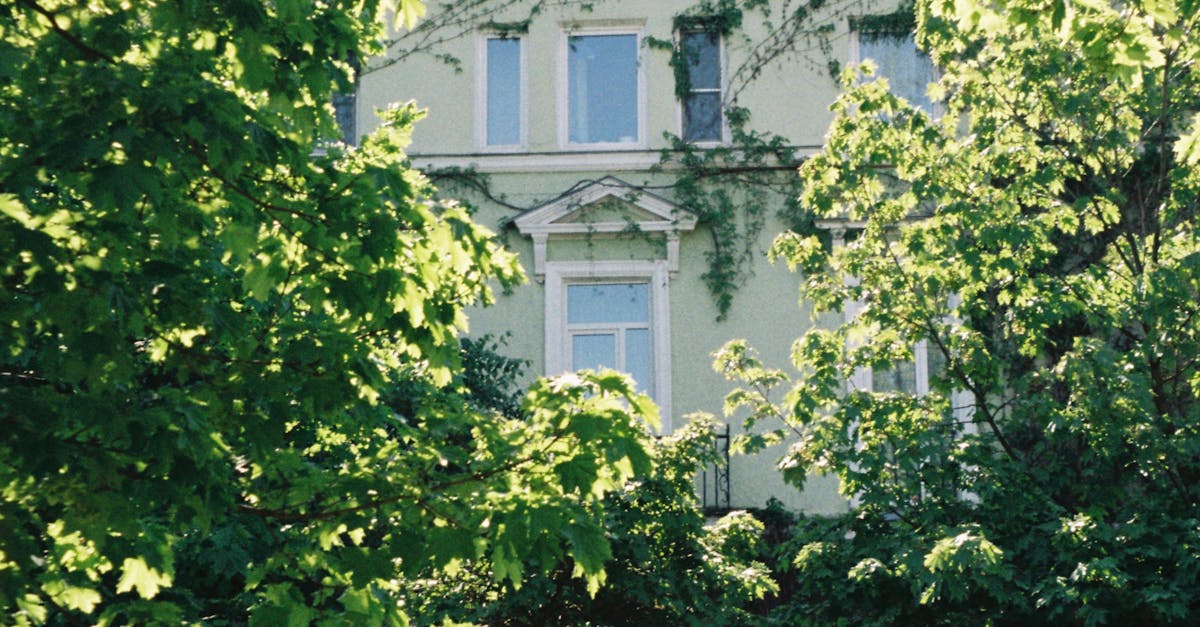
Thermal Bridging: Impact on Insulation in Passive House
Passive House projects have been at the forefront of implementing innovative strategies to mitigate thermal bridging and improve overall energy efficiency. Through careful design and construction practices, these projects have successfully addressed ...
Read more →
Insulation Techniques for Passive House Energy Efficiency
Window and door insulation are crucial components in ensuring the energy efficiency of a passive house. By selecting high-quality windows and doors with excellent insulation properties, homeowners can significantly reduce heat loss and gain. Double o...
Read more →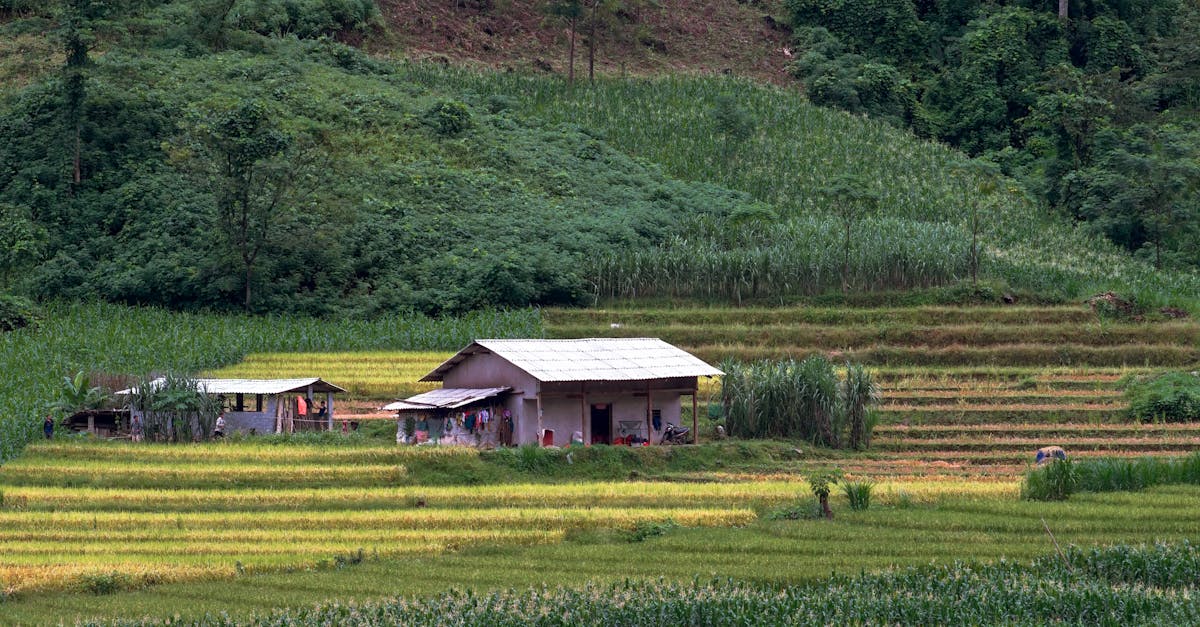
Airtightness Testing and Standards in Passive House
Compliance with airtightness standards and regulations is a crucial aspect of ensuring the energy efficiency and performance of buildings, particularly in the realm of Passive House construction. In Australia, the National Construction Code (NCC) set...
Read more →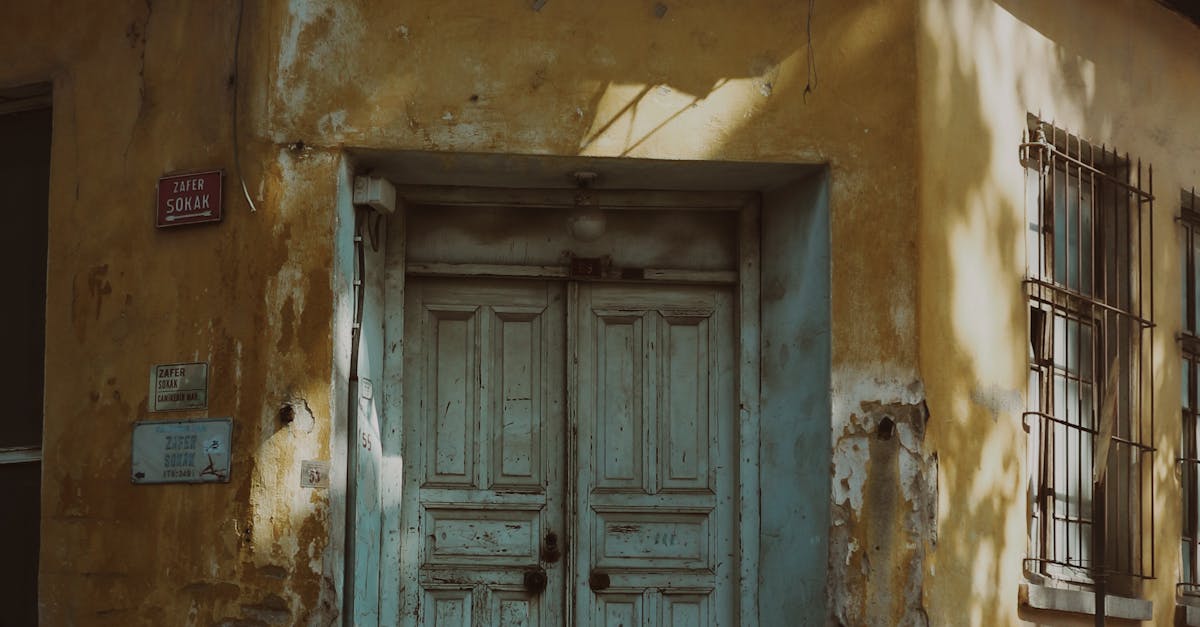
Achieving Airtightness in Passive House Structures
To ensure the airtightness of Passive House structures, various verification methods are employed. One common technique is the Blower Door Testing, where a powerful fan is installed in an exterior door to depressurize or pressurize the building. By m...
Read more →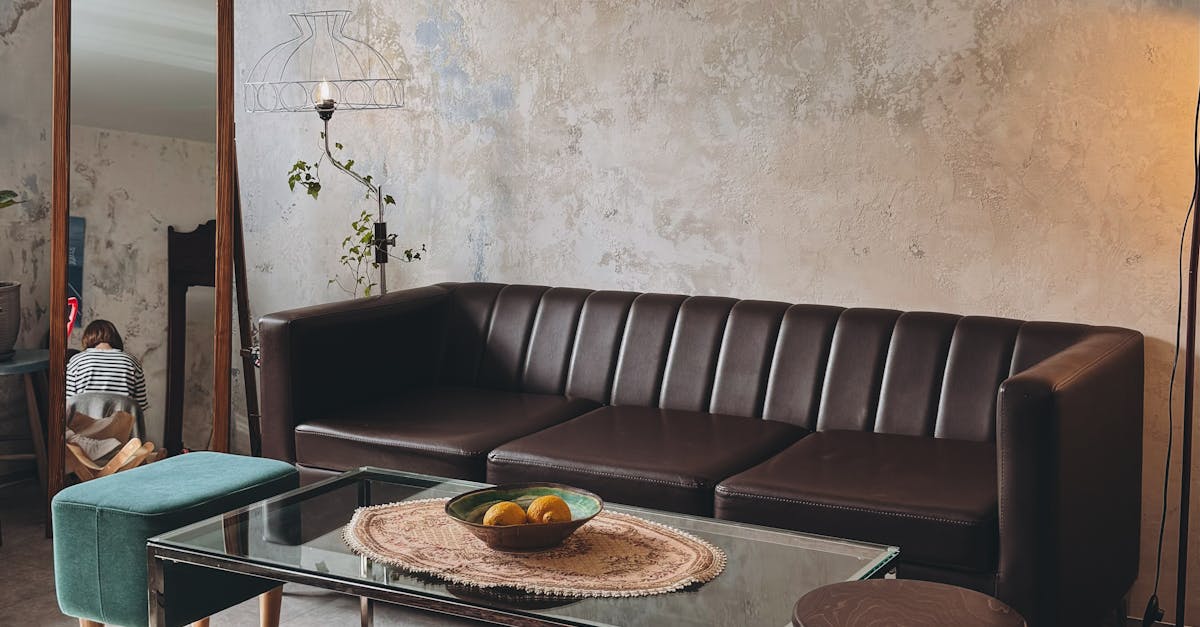
The Role of Insulation in Passive House Design
A key aspect of ensuring acoustic comfort in a passive house design is the proper selection and installation of insulation materials. Effective insulation helps in reducing sound transmission from external sources such as traffic noise, neighbors, or...
Read more →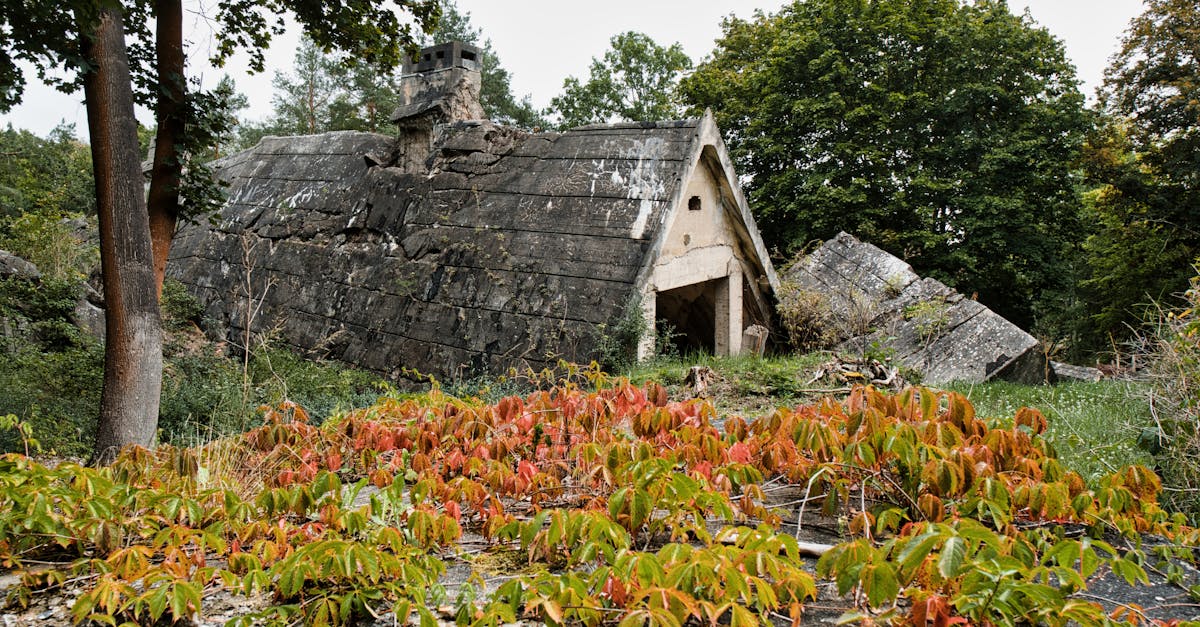
Insulation Materials for Passive House Buildings
Insulation materials play a crucial role in enhancing the energy efficiency of buildings, particularly in the context of passive house construction. When considering the sustainability of these materials, recyclability stands out as a key aspect to a...
Read more →
Airtightness and Its Importance in Passive House Construction
To achieve optimal performance in passive house construction, integrating airtightness with ventilation systems is crucial. Airtightness helps to minimize energy loss and ensure that the building maintains a consistent internal climate. When ventilat...
Read more →